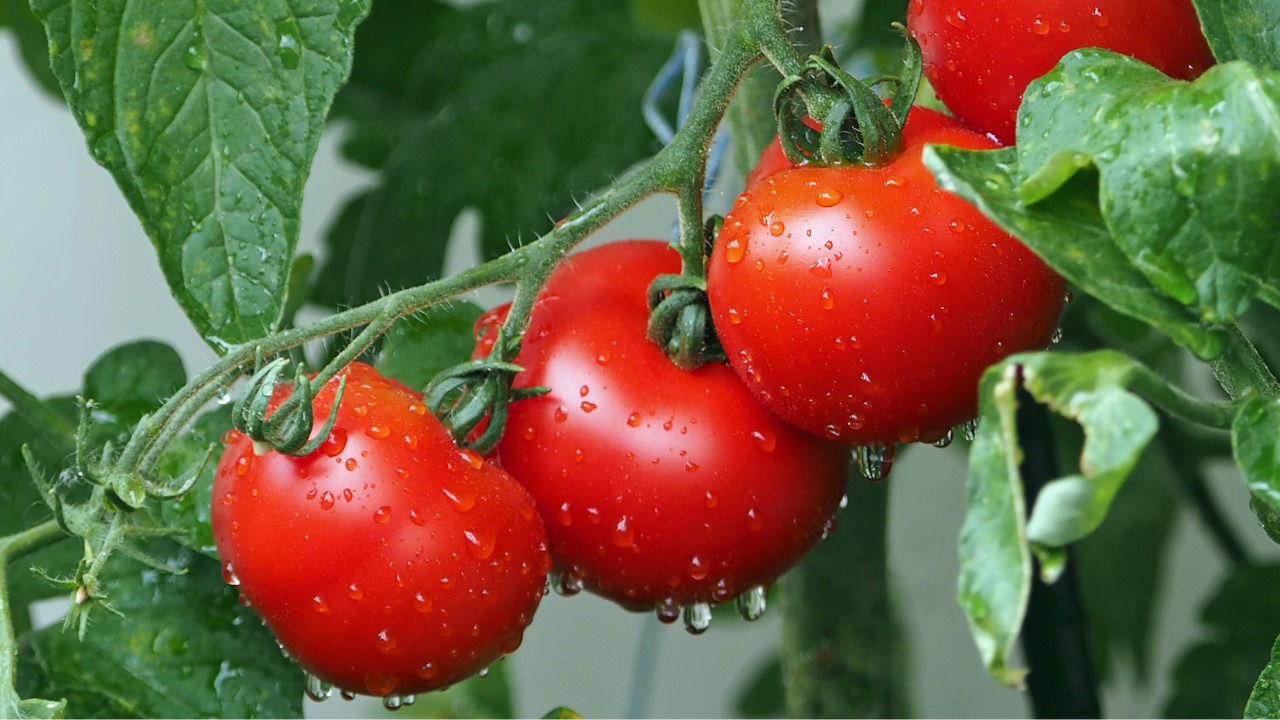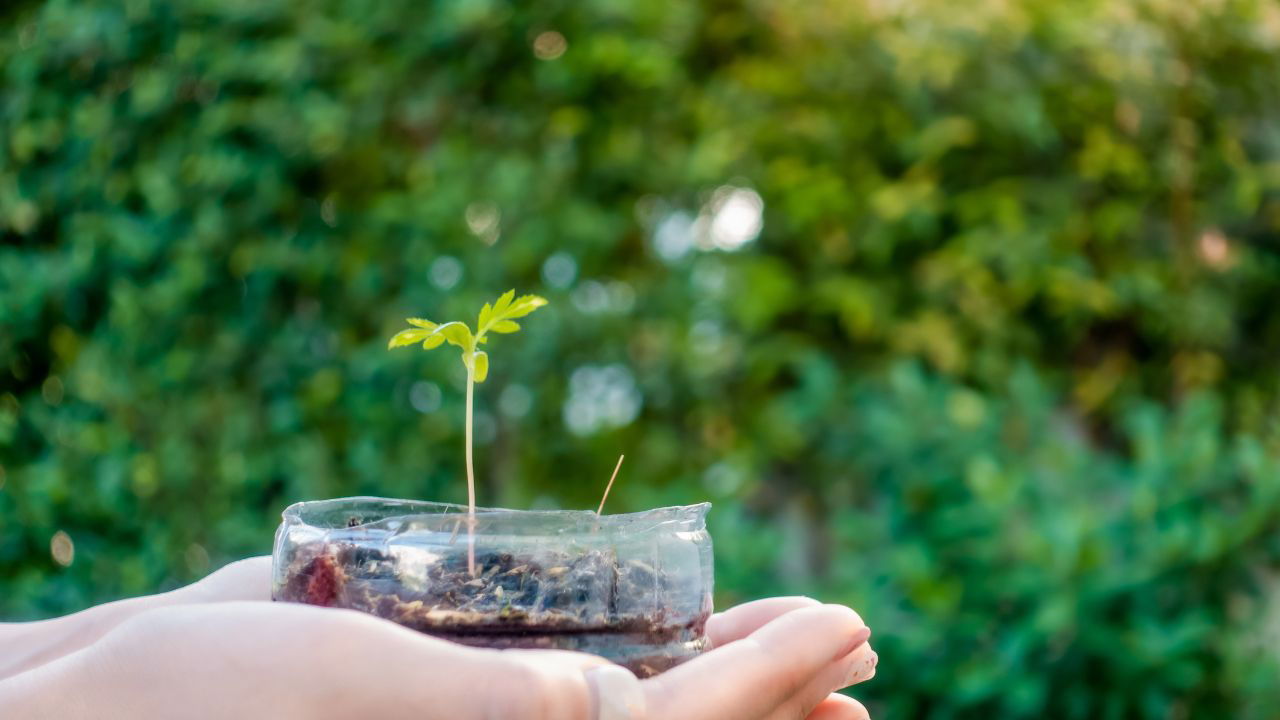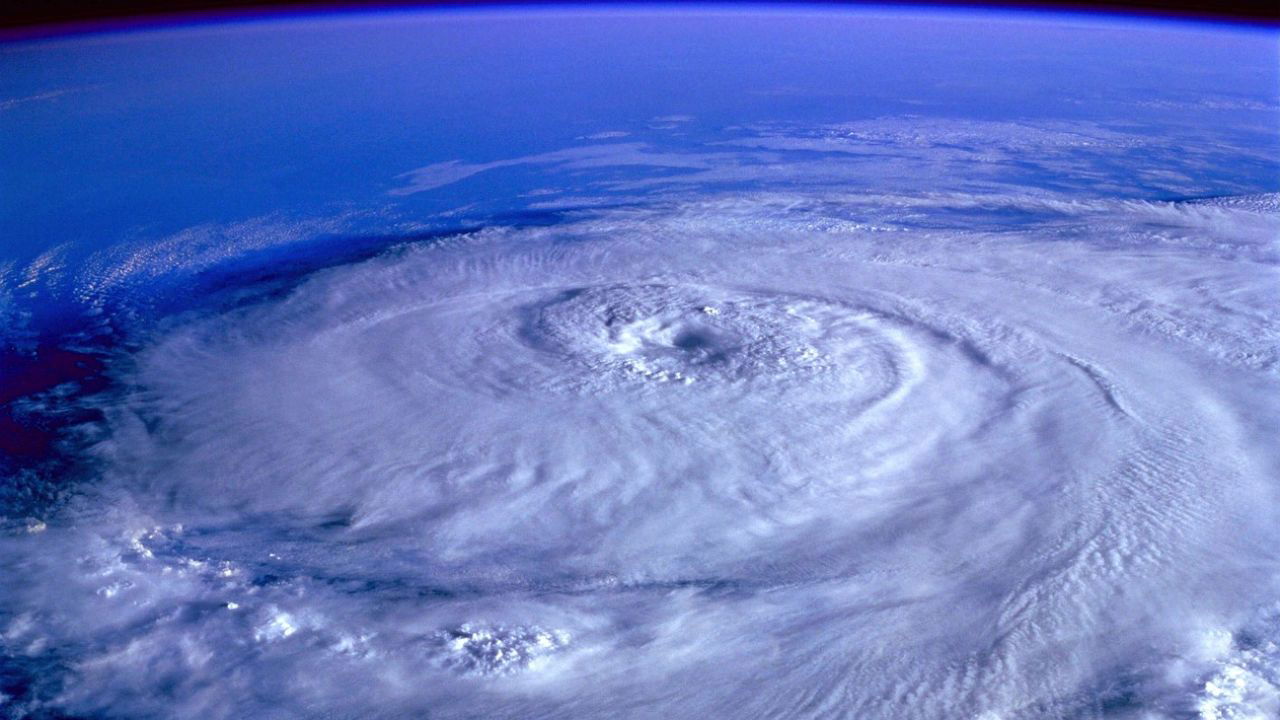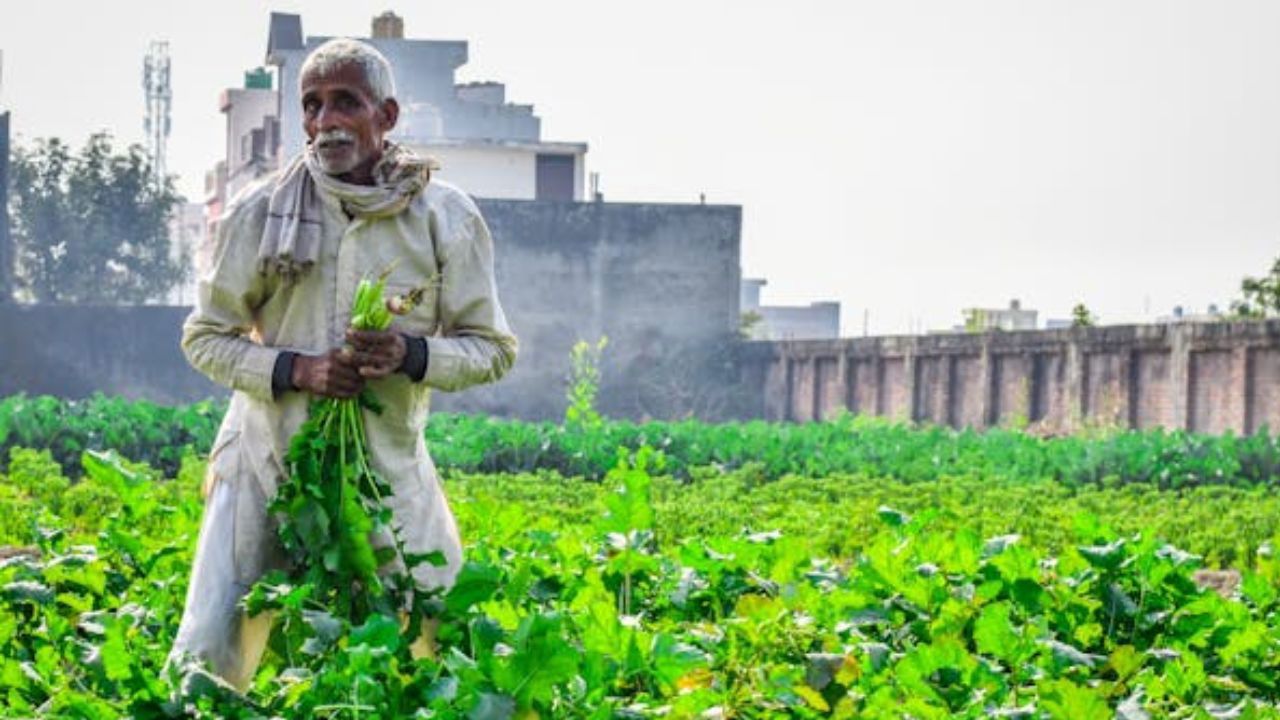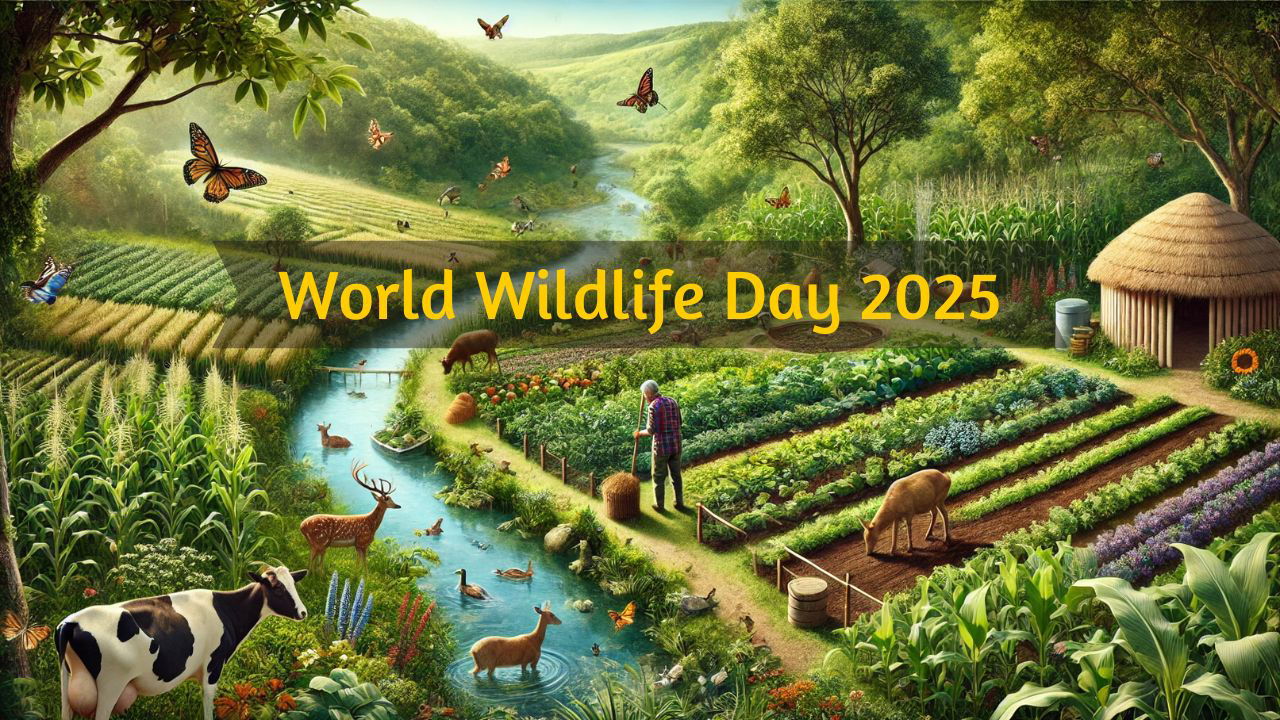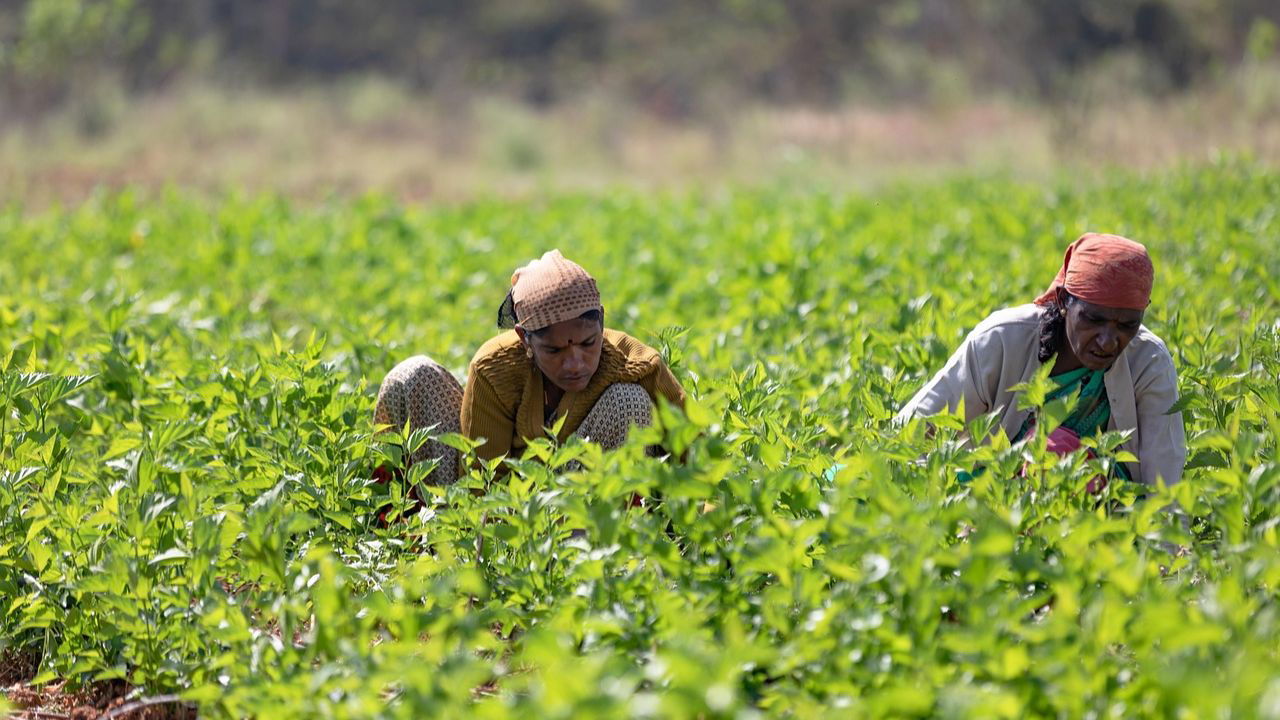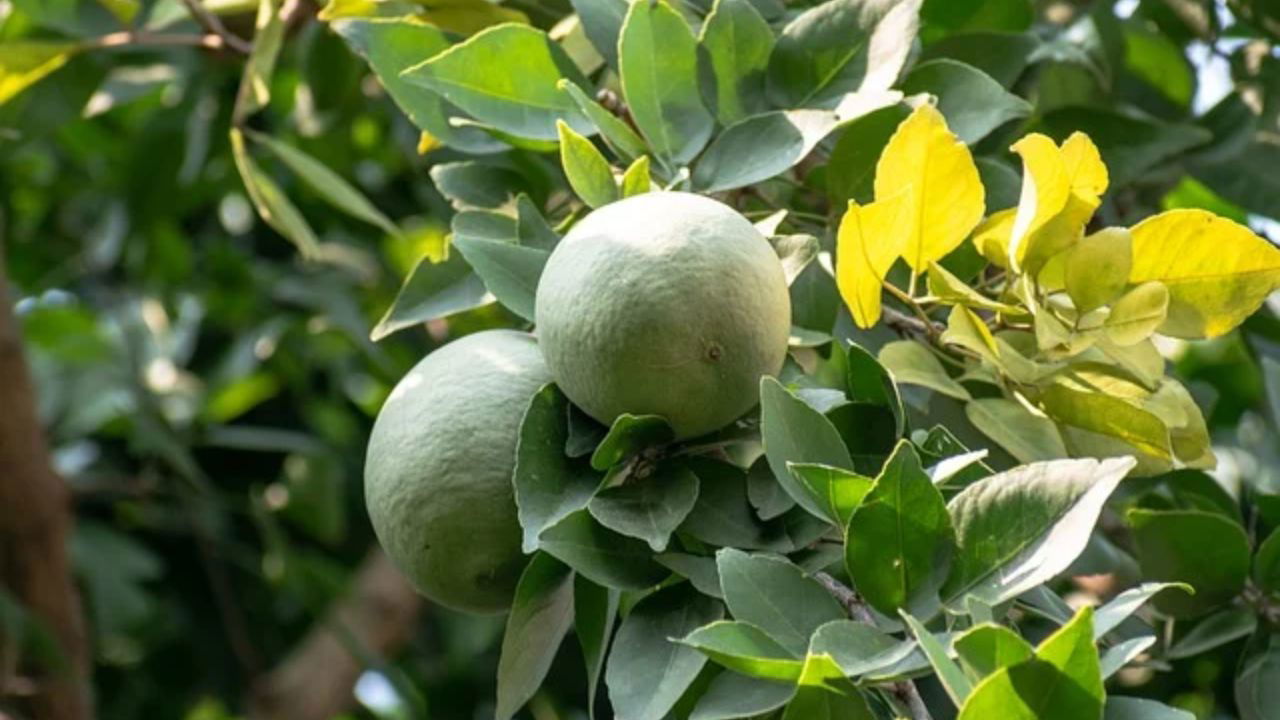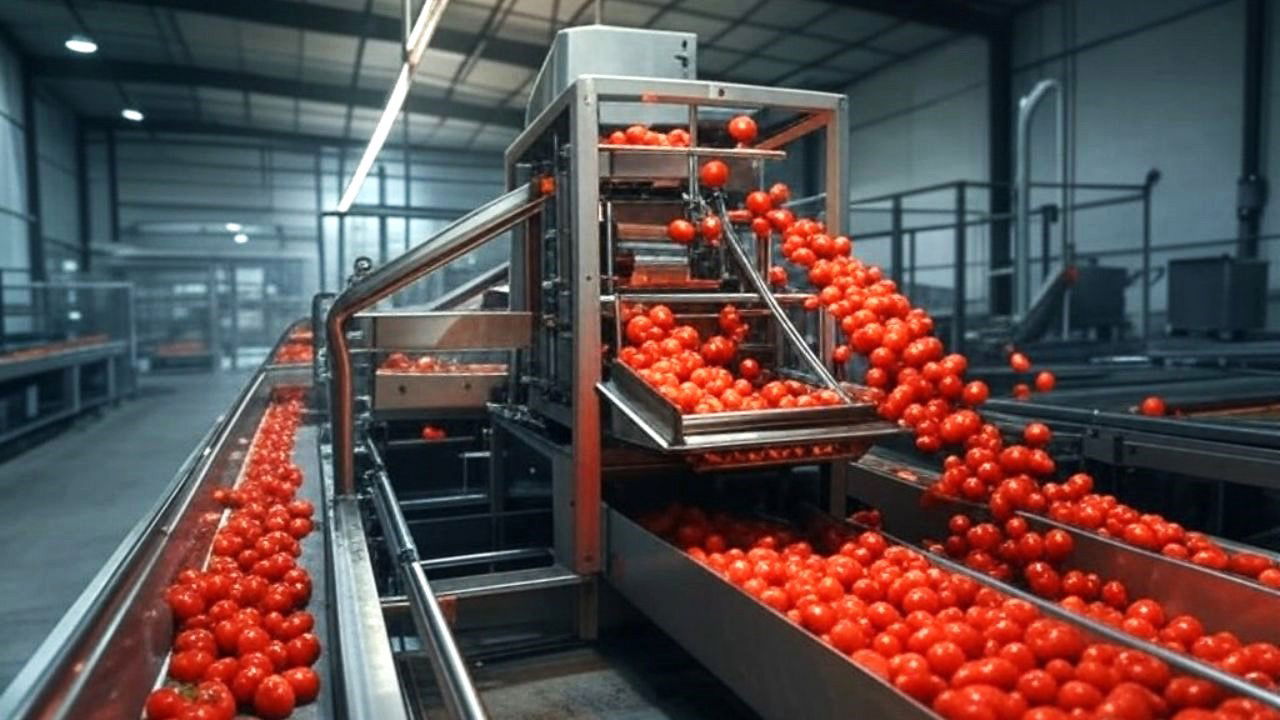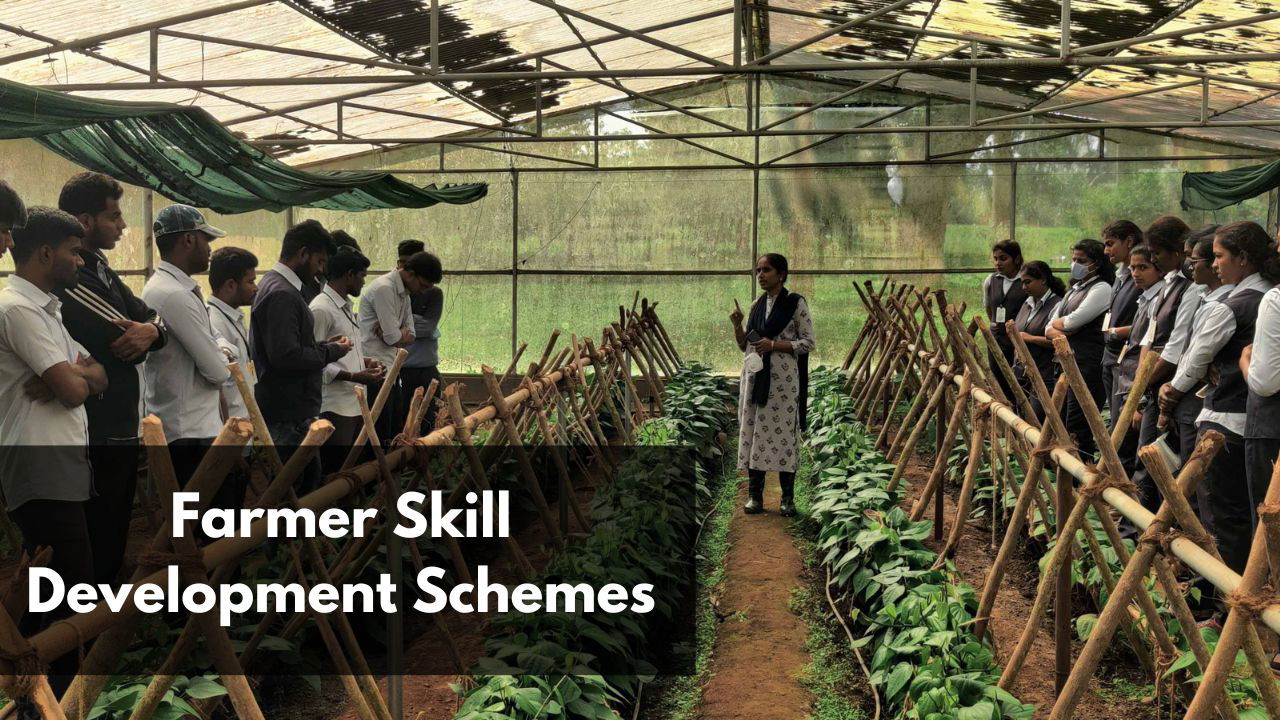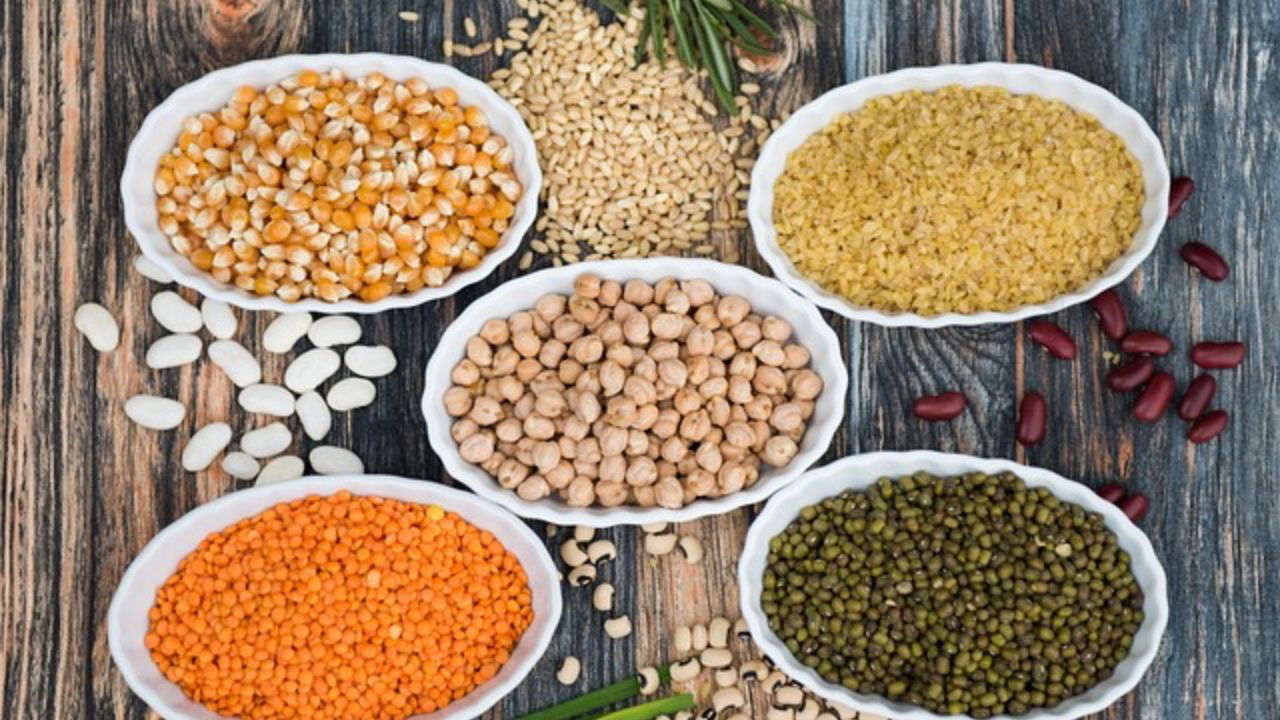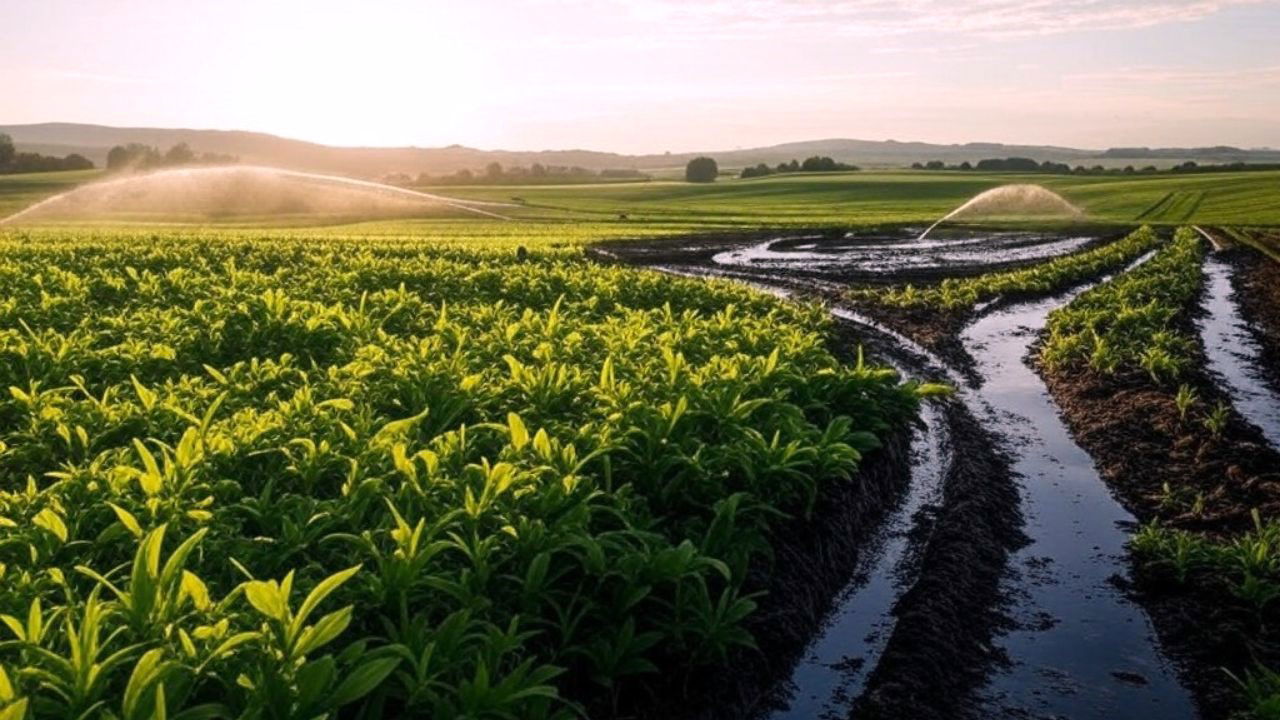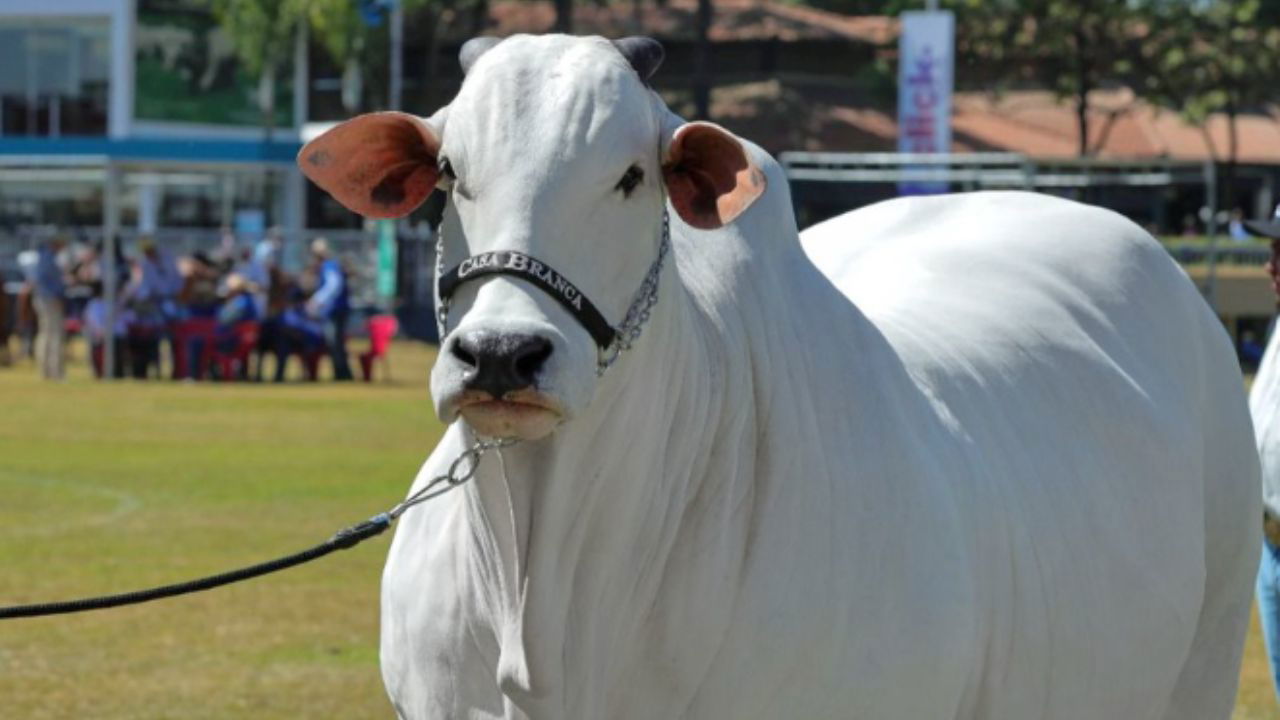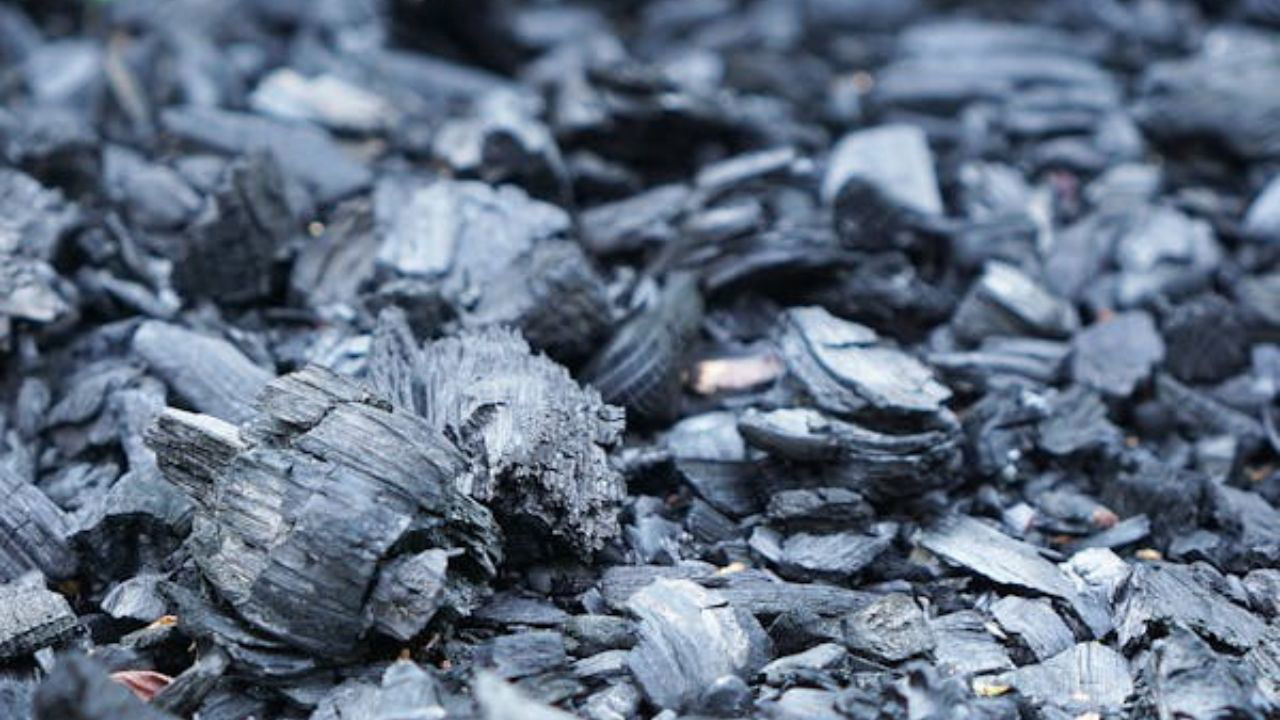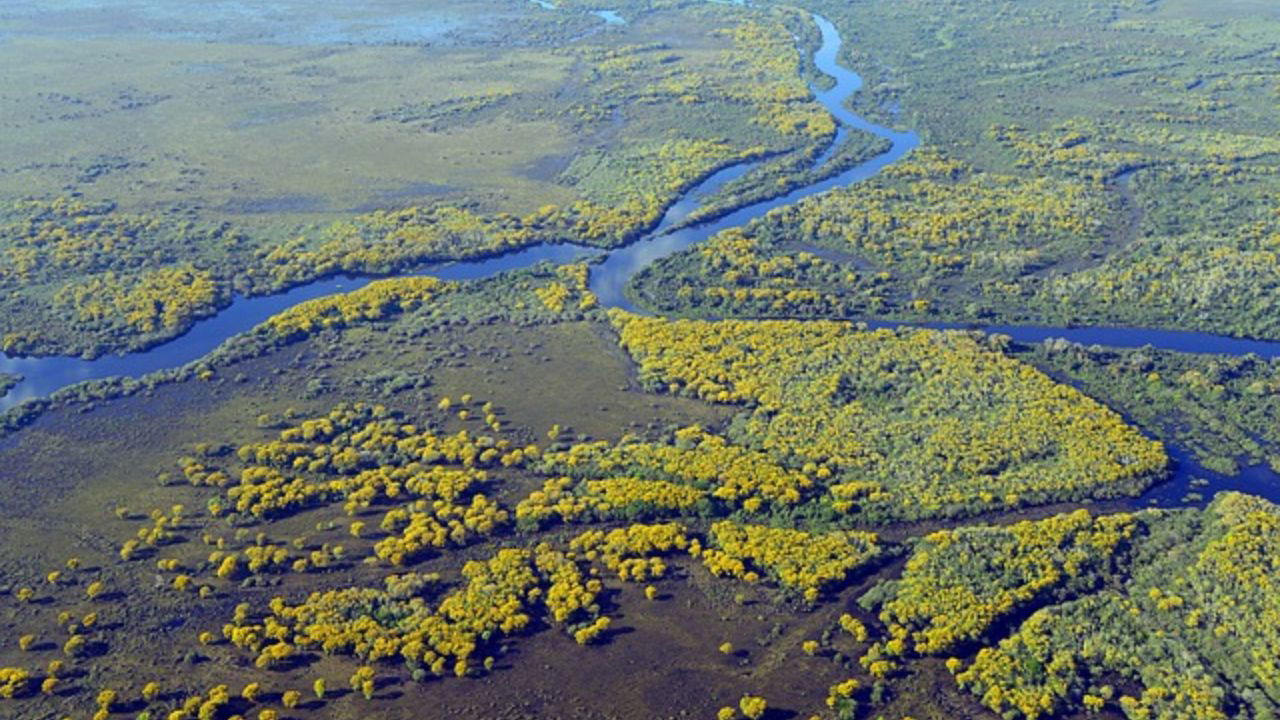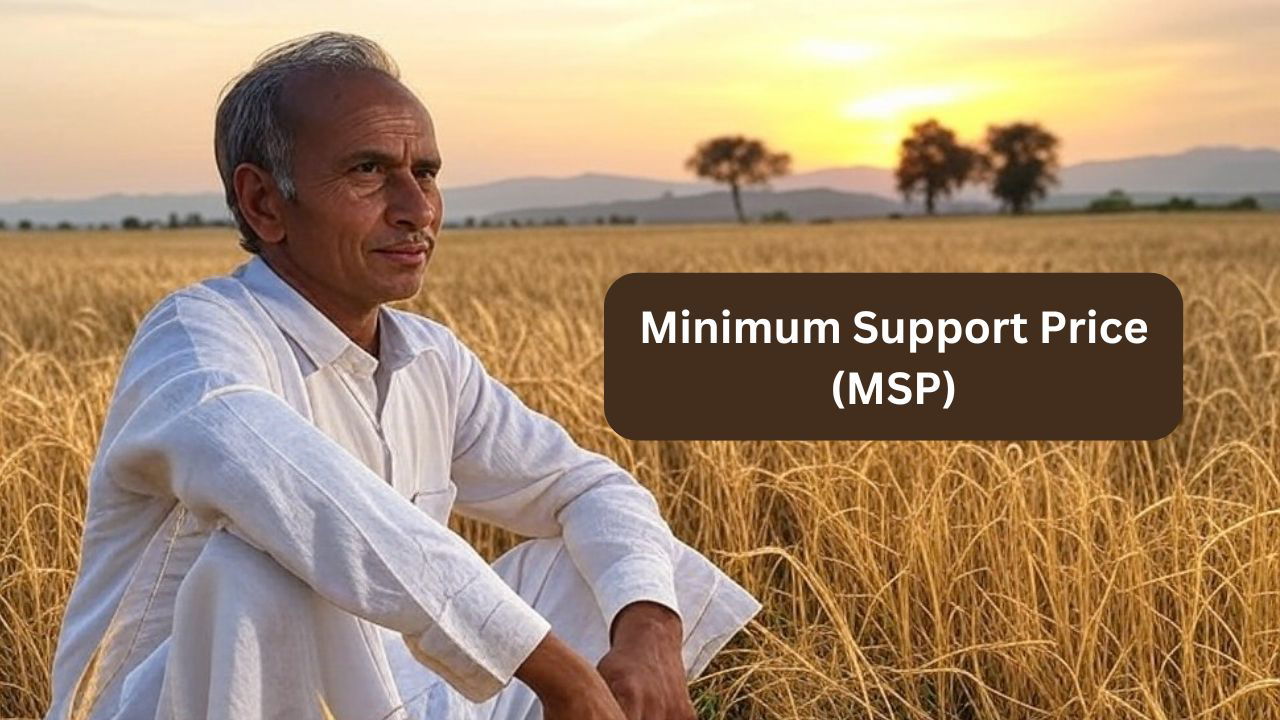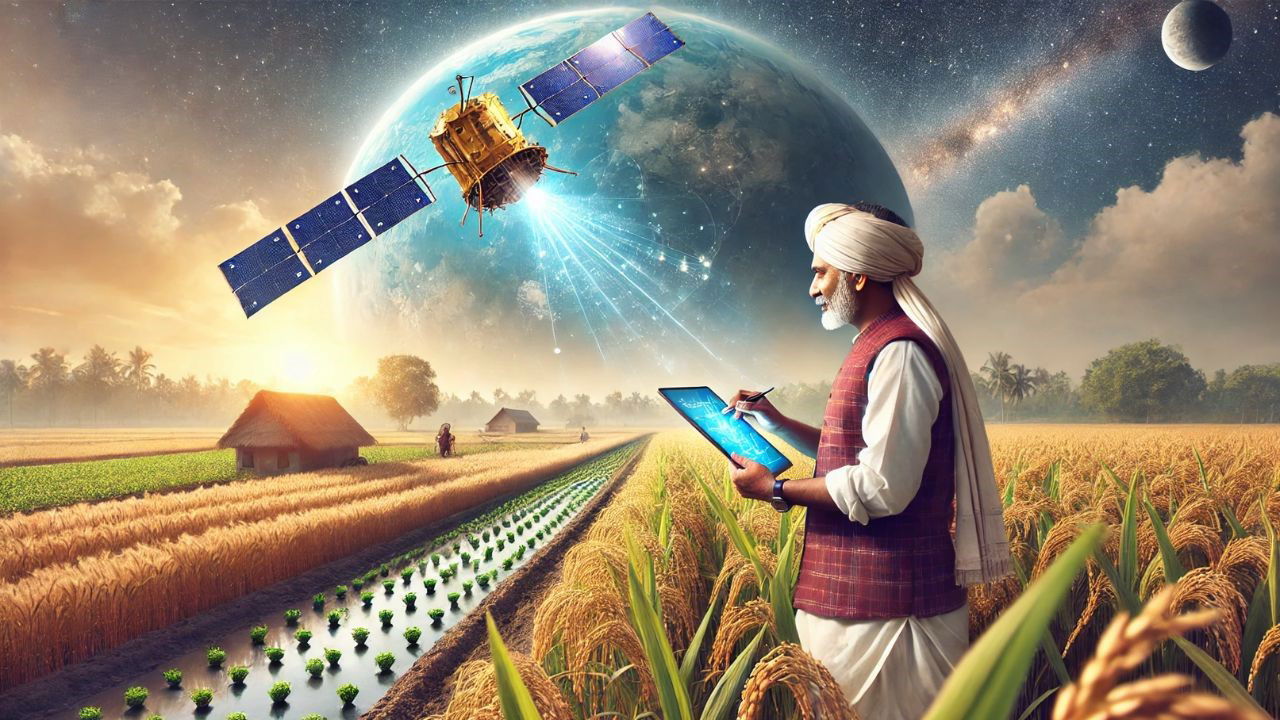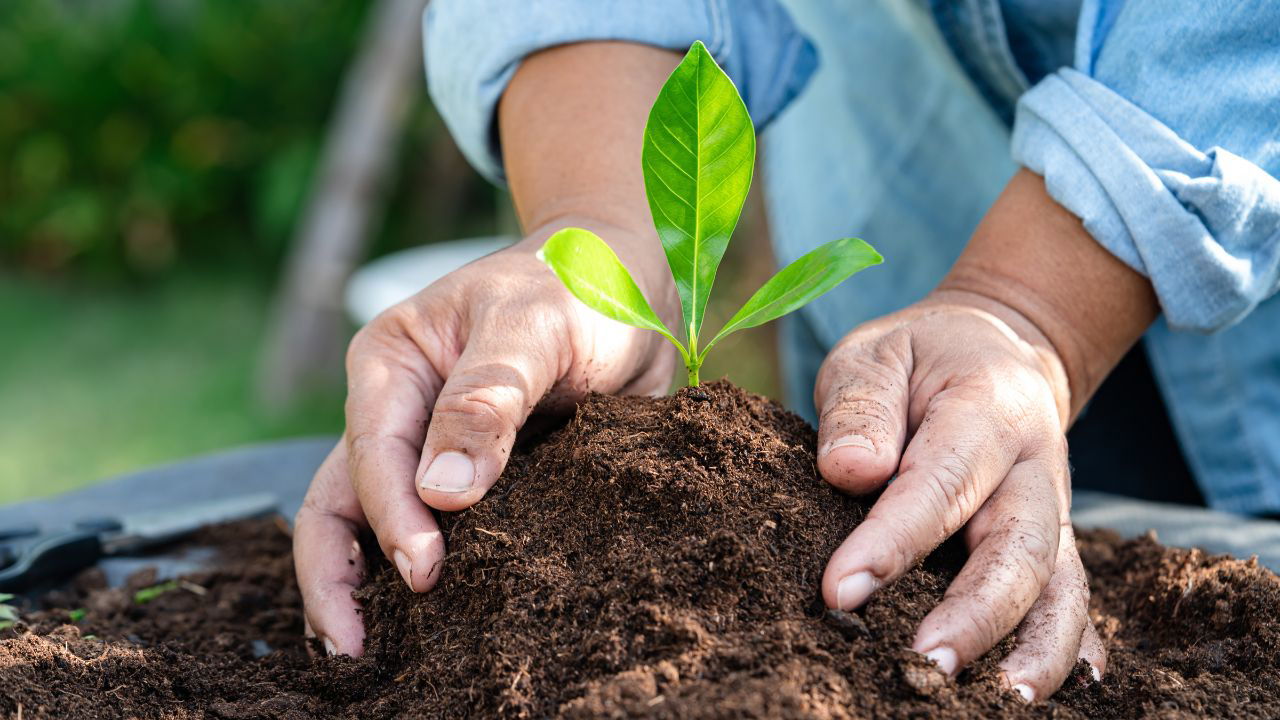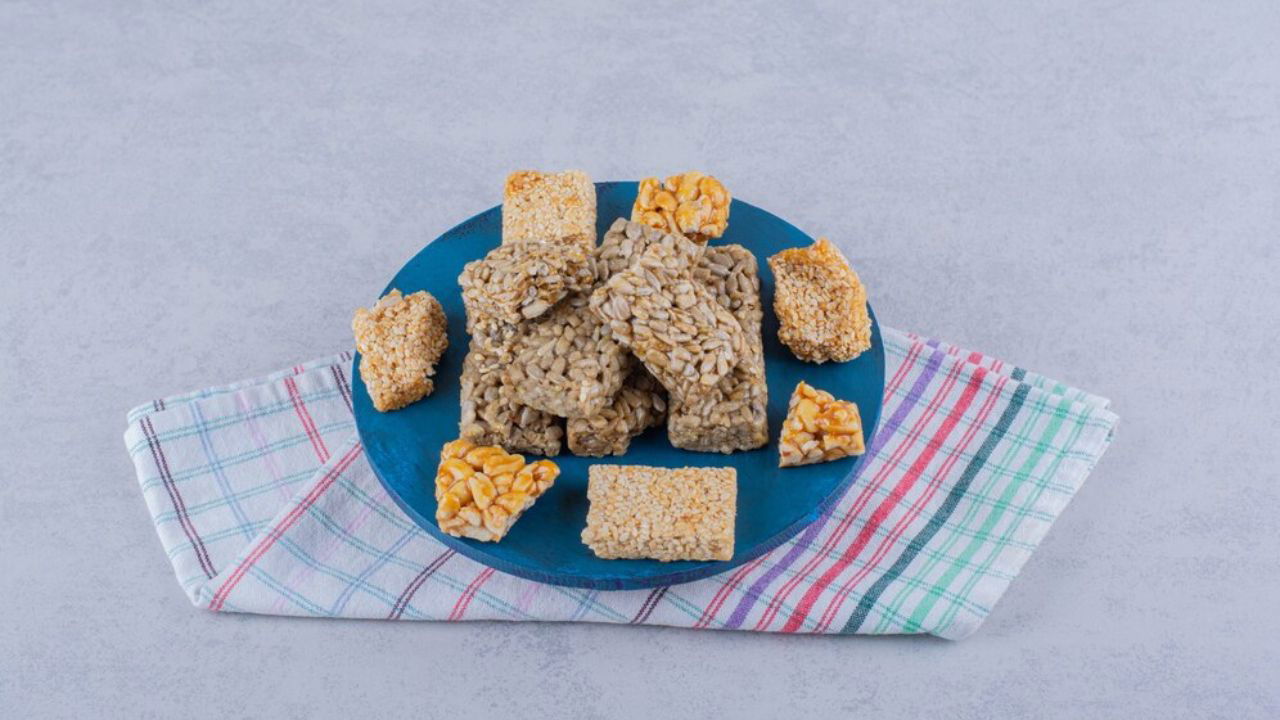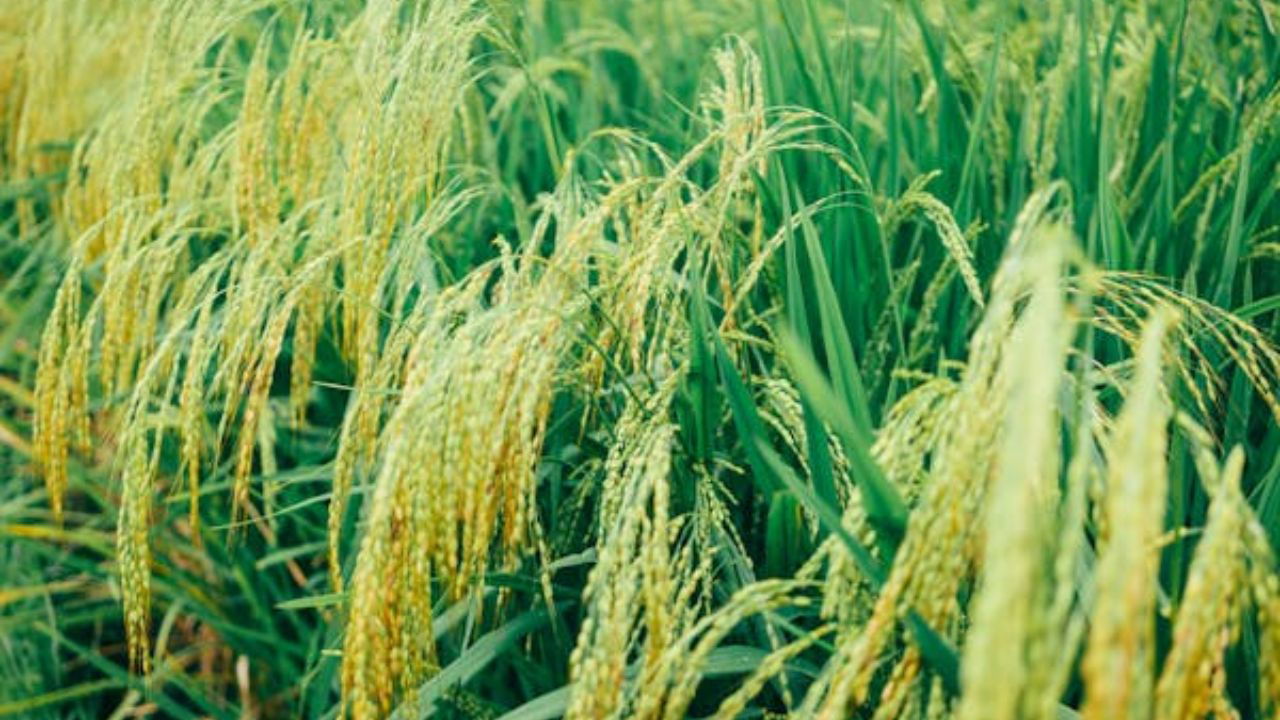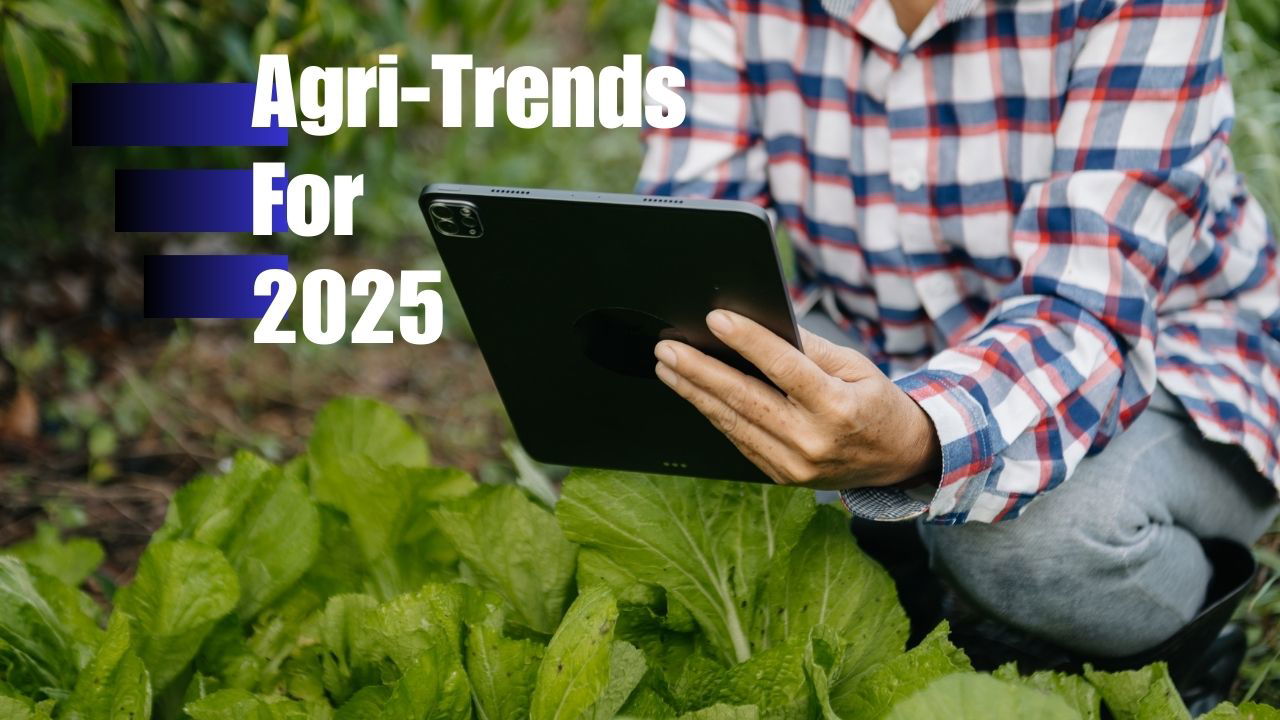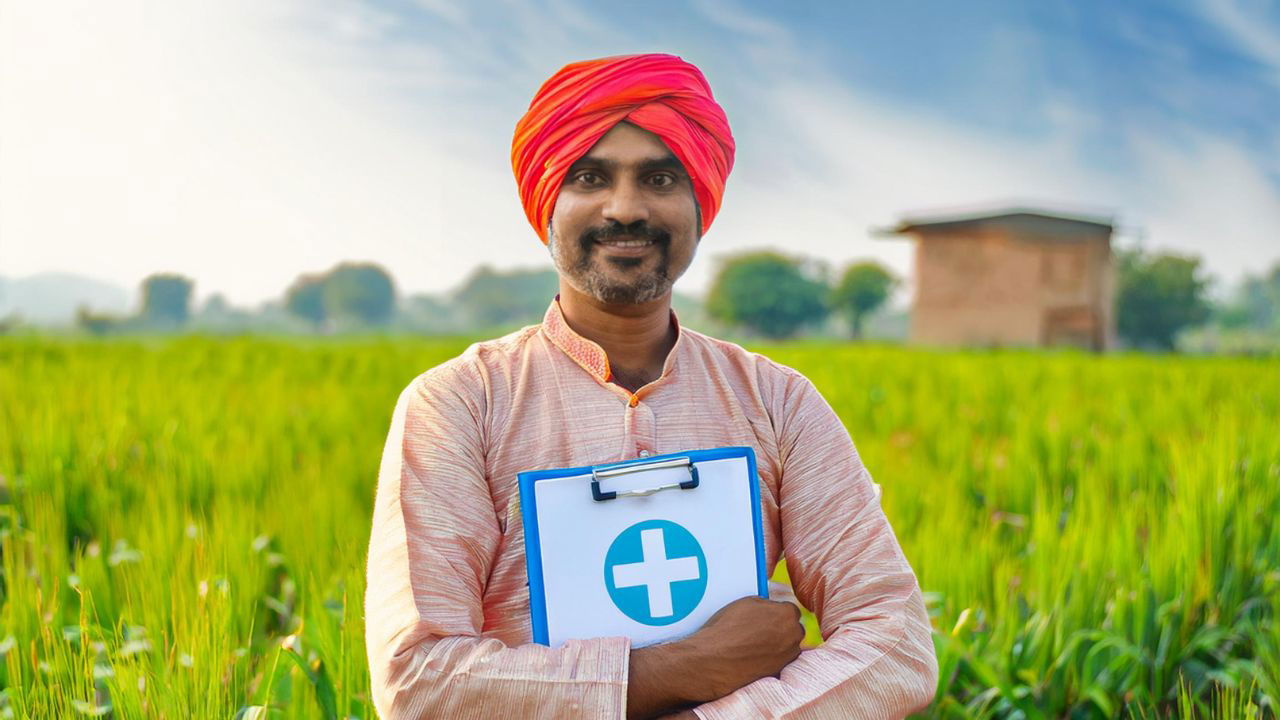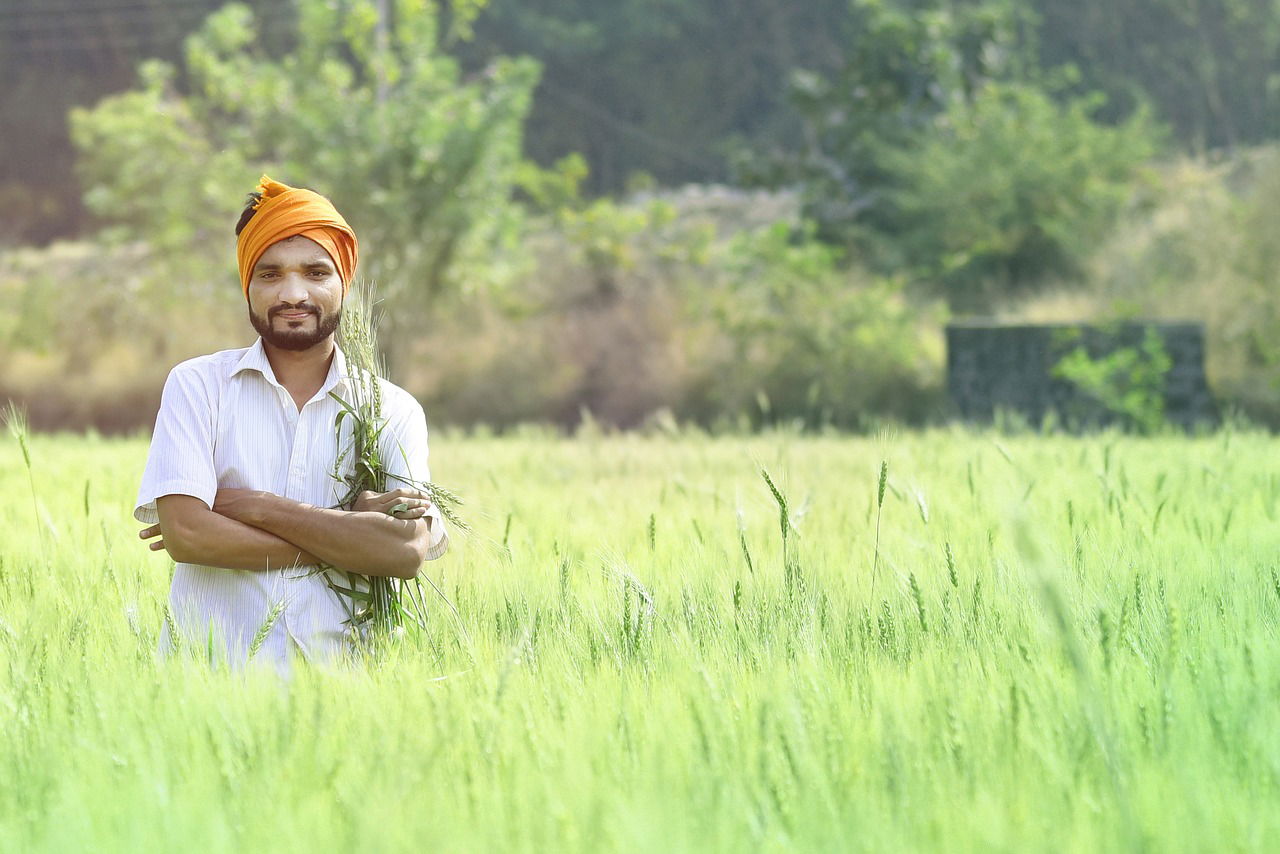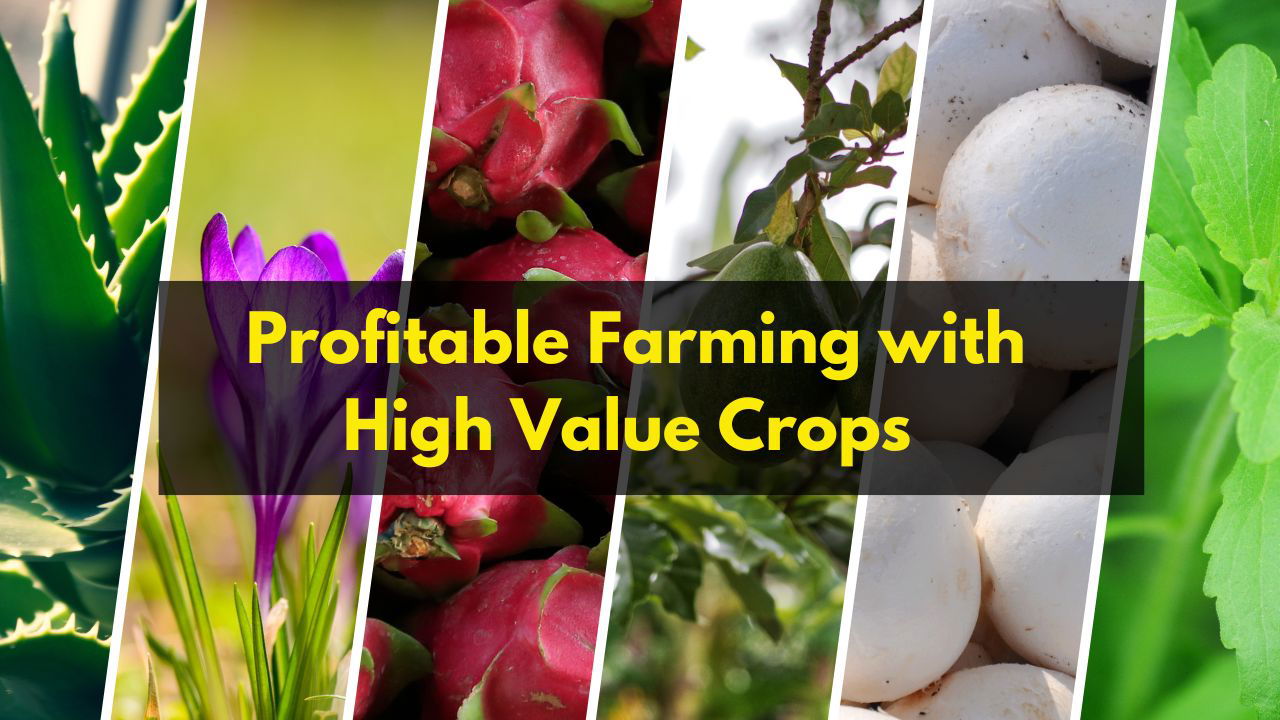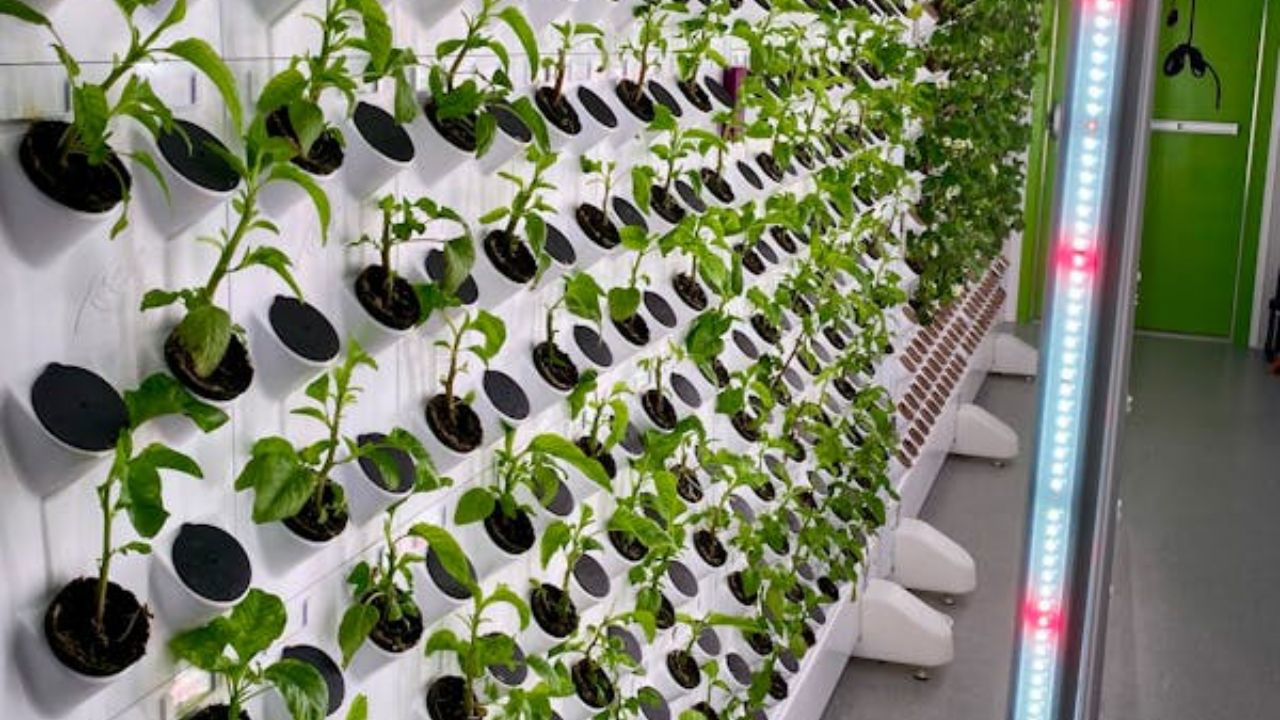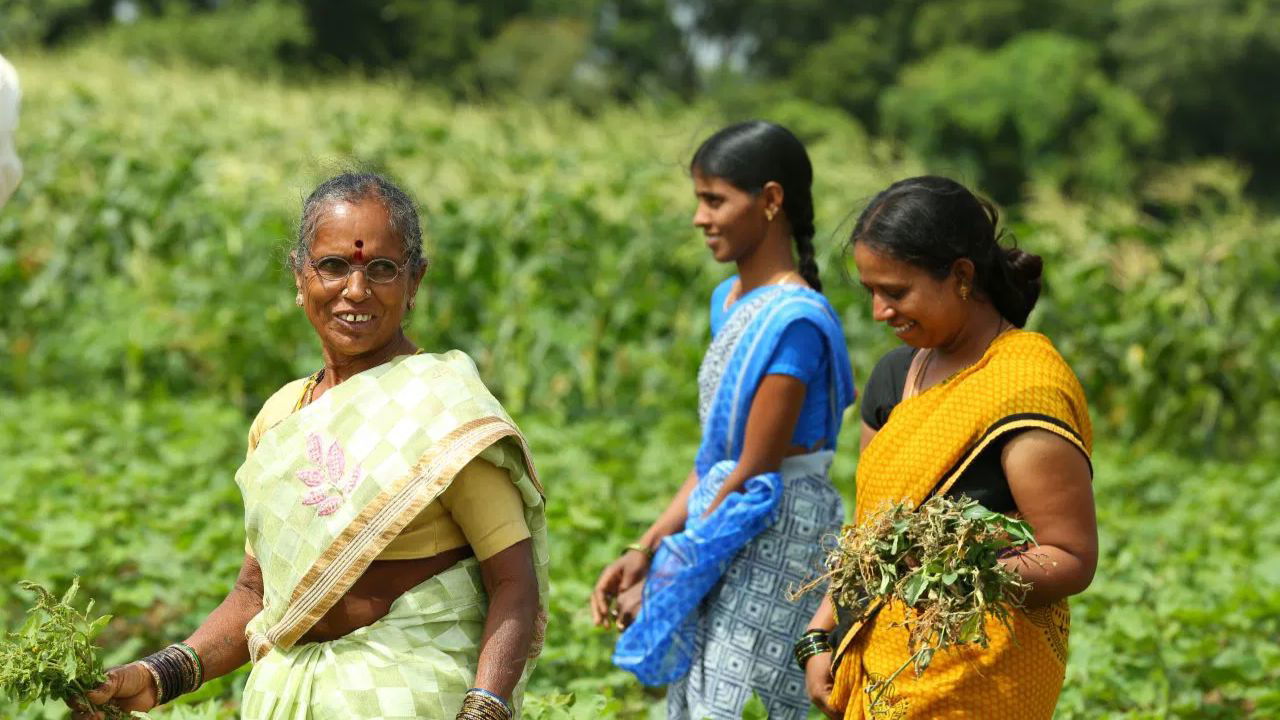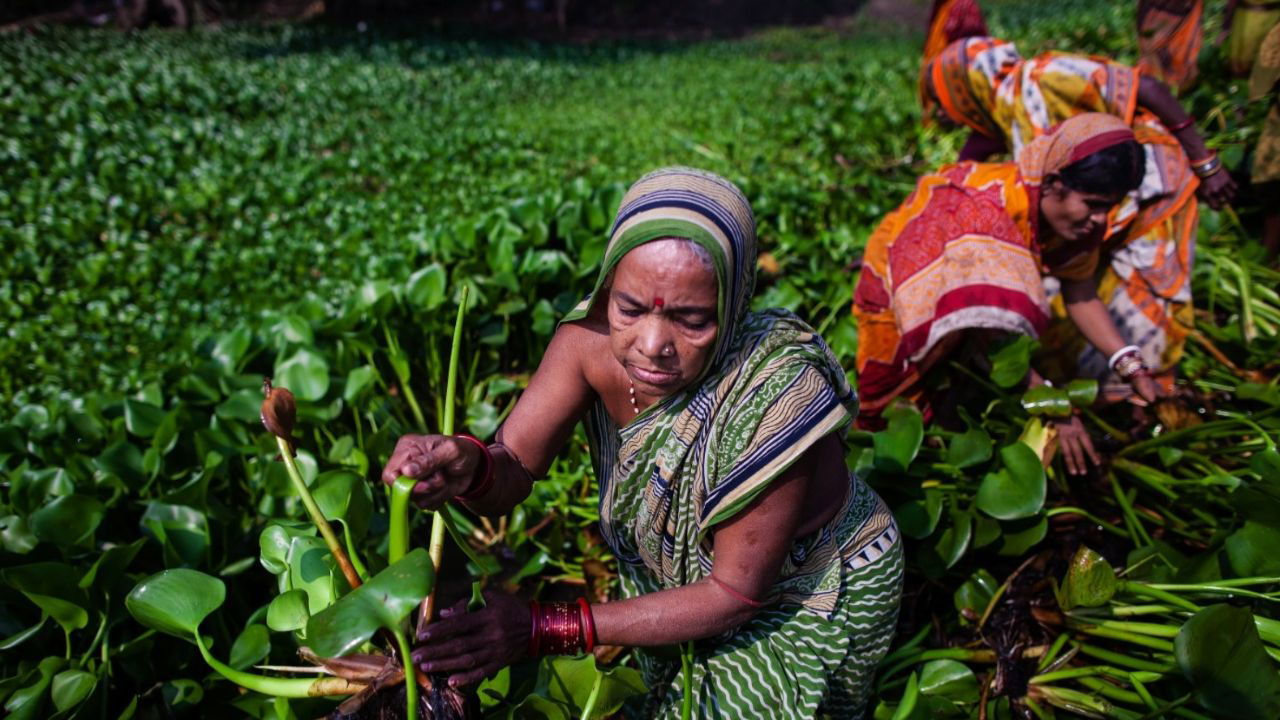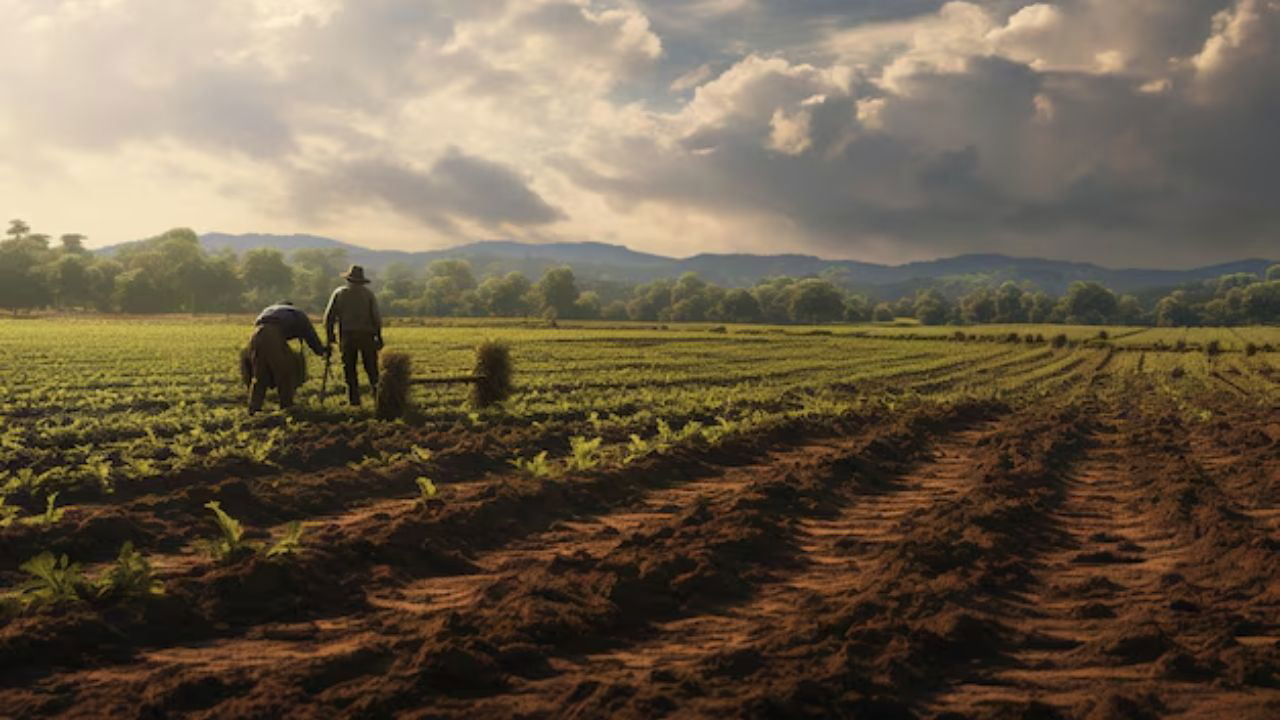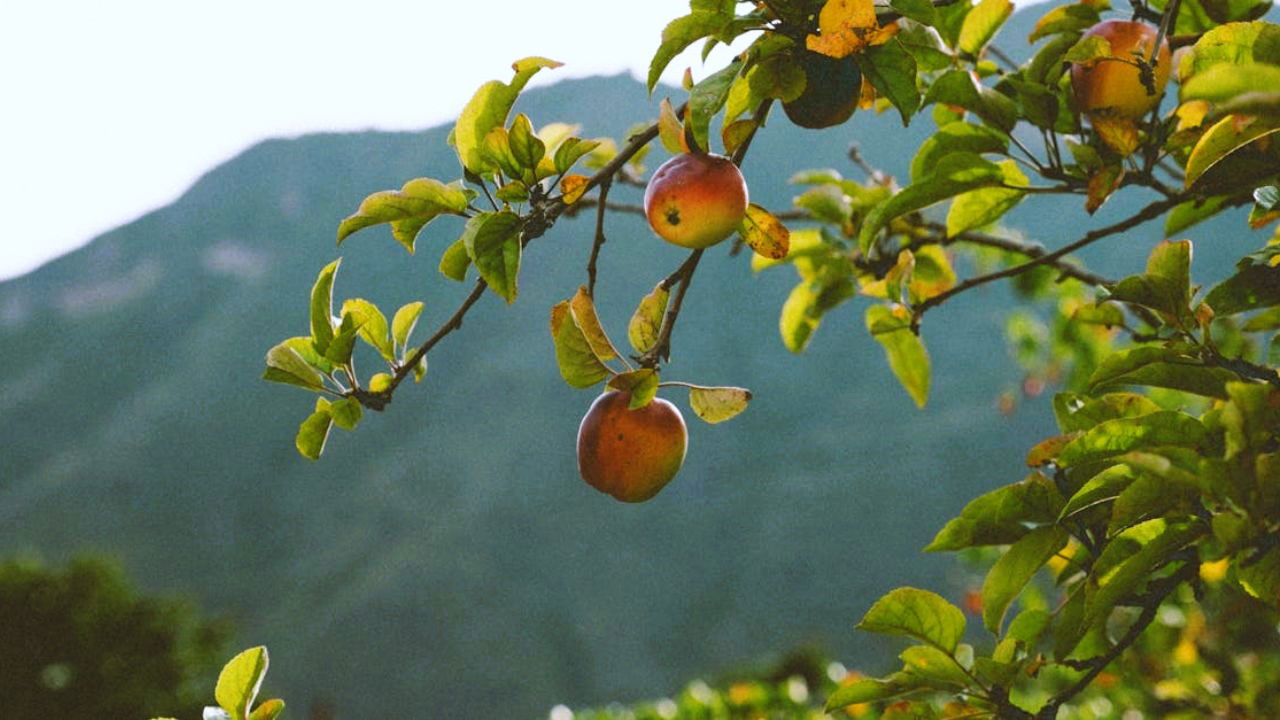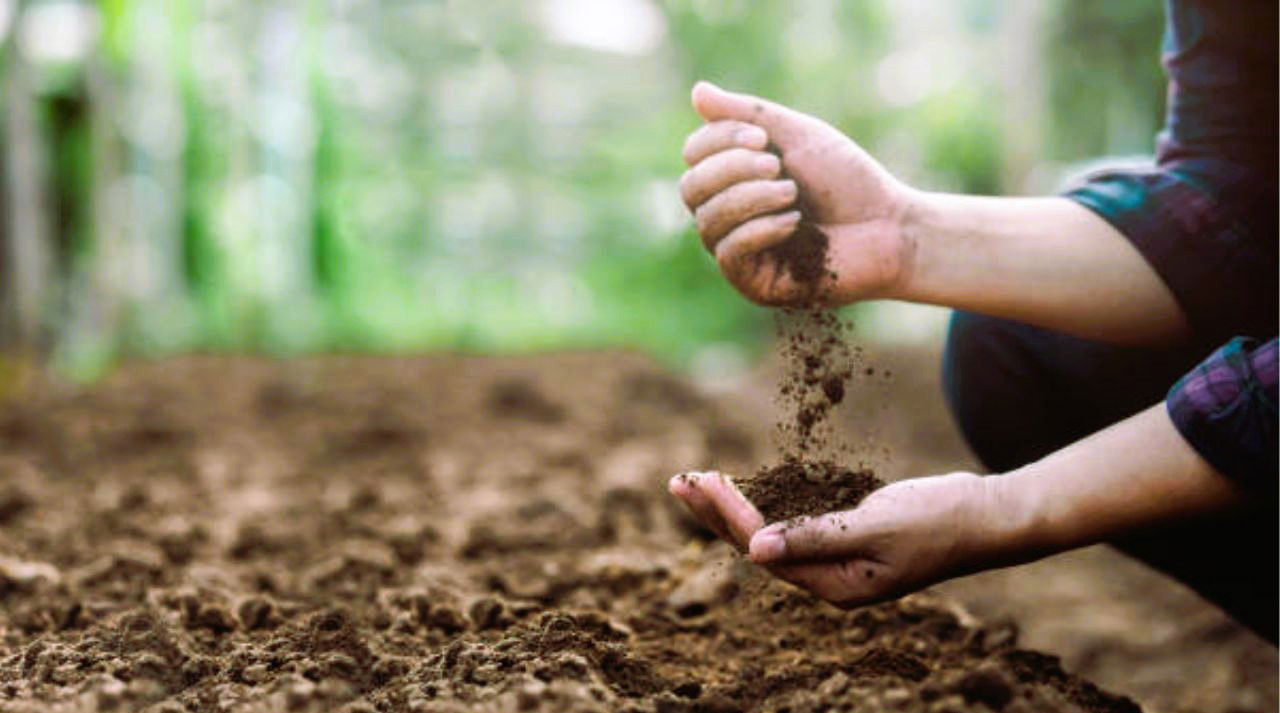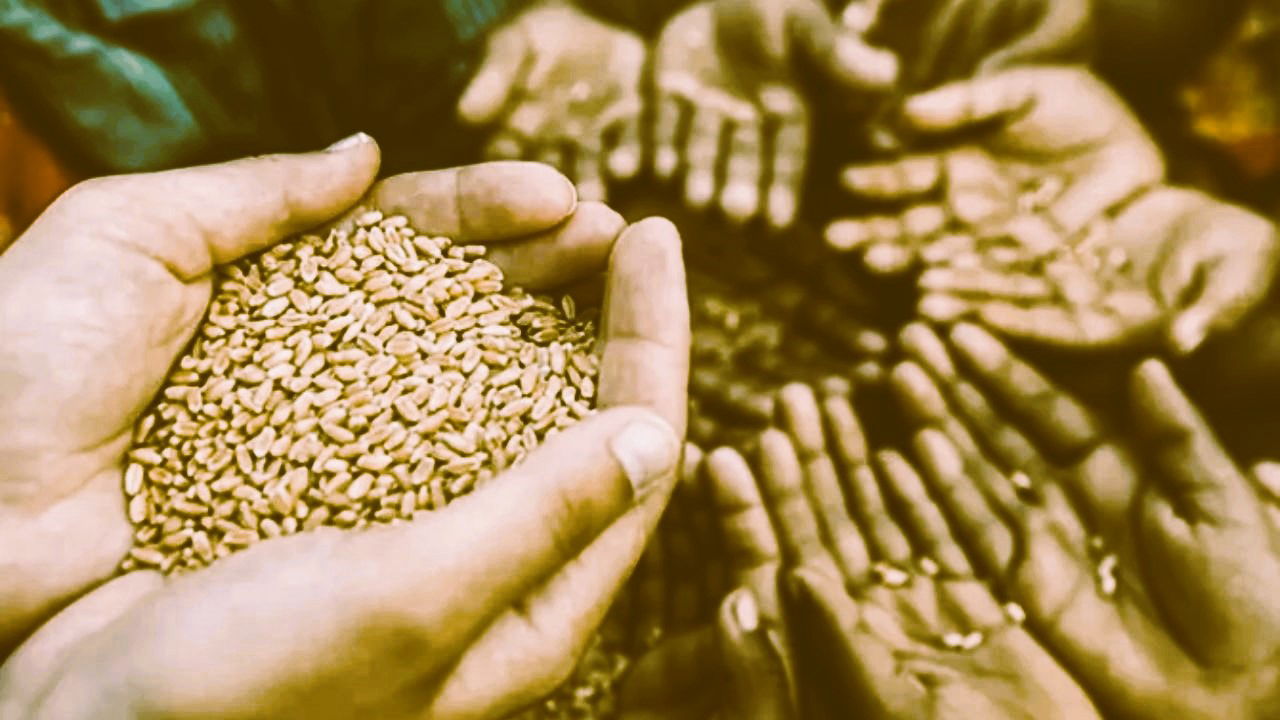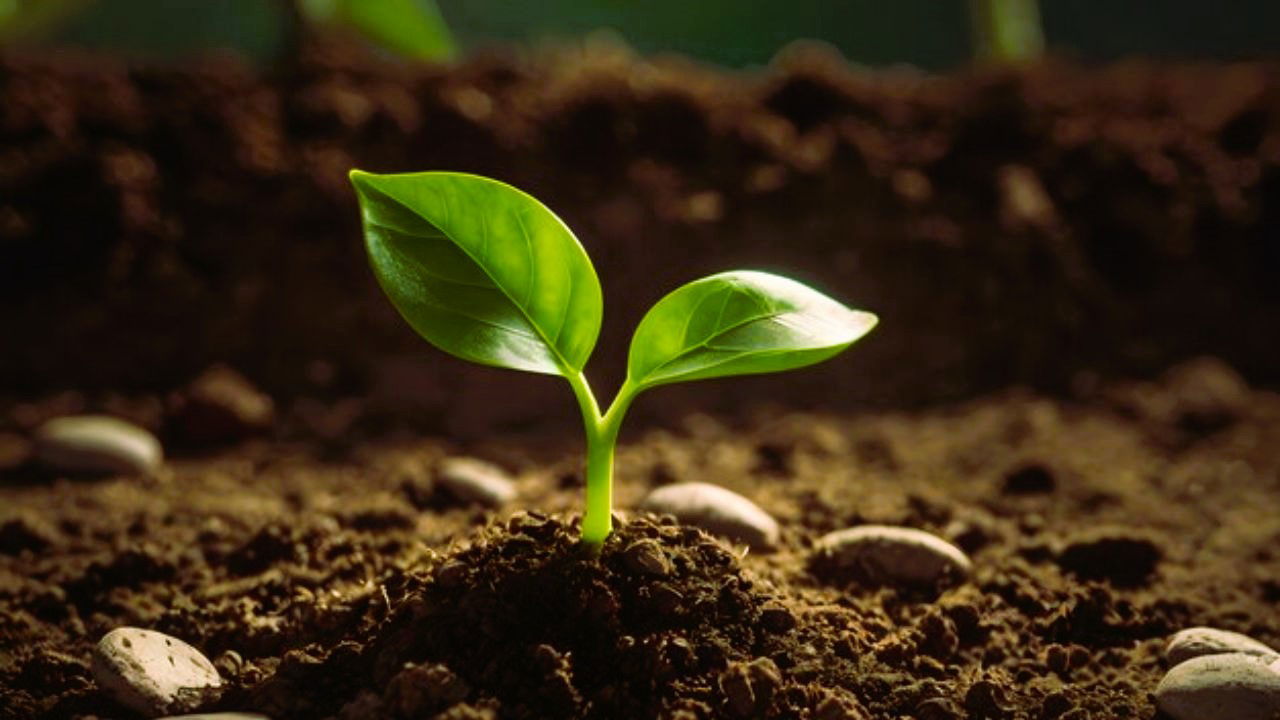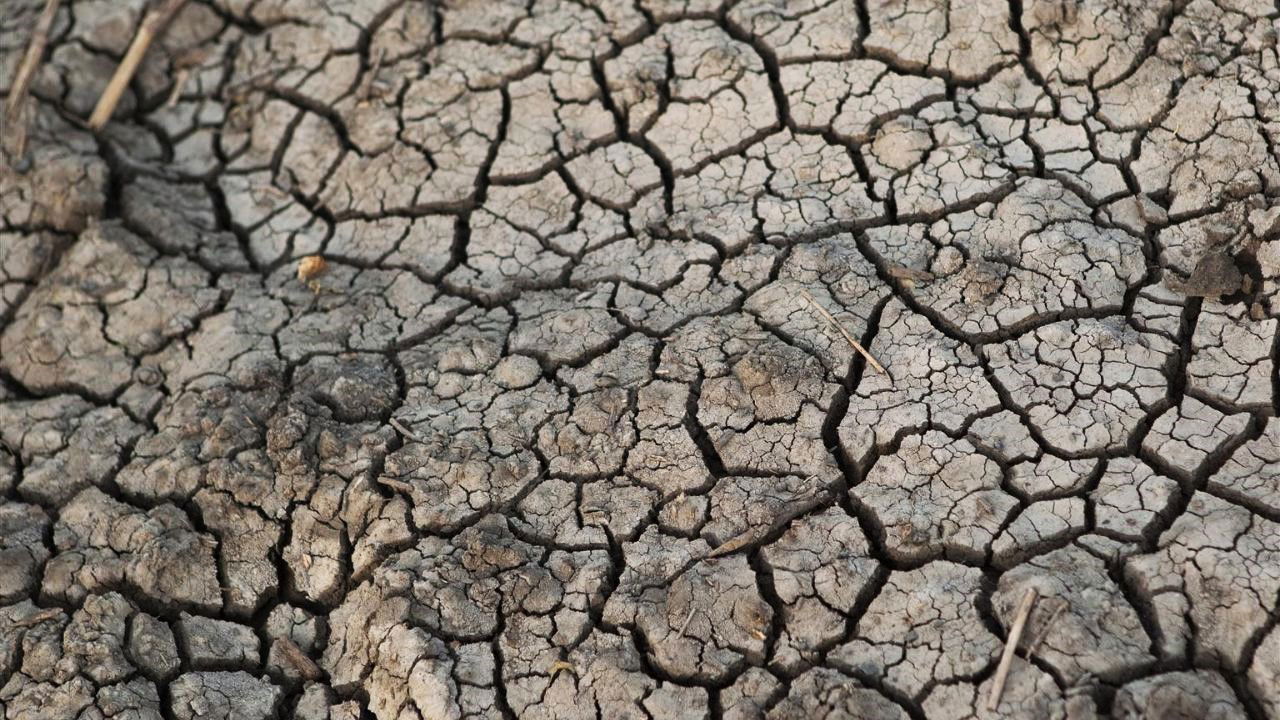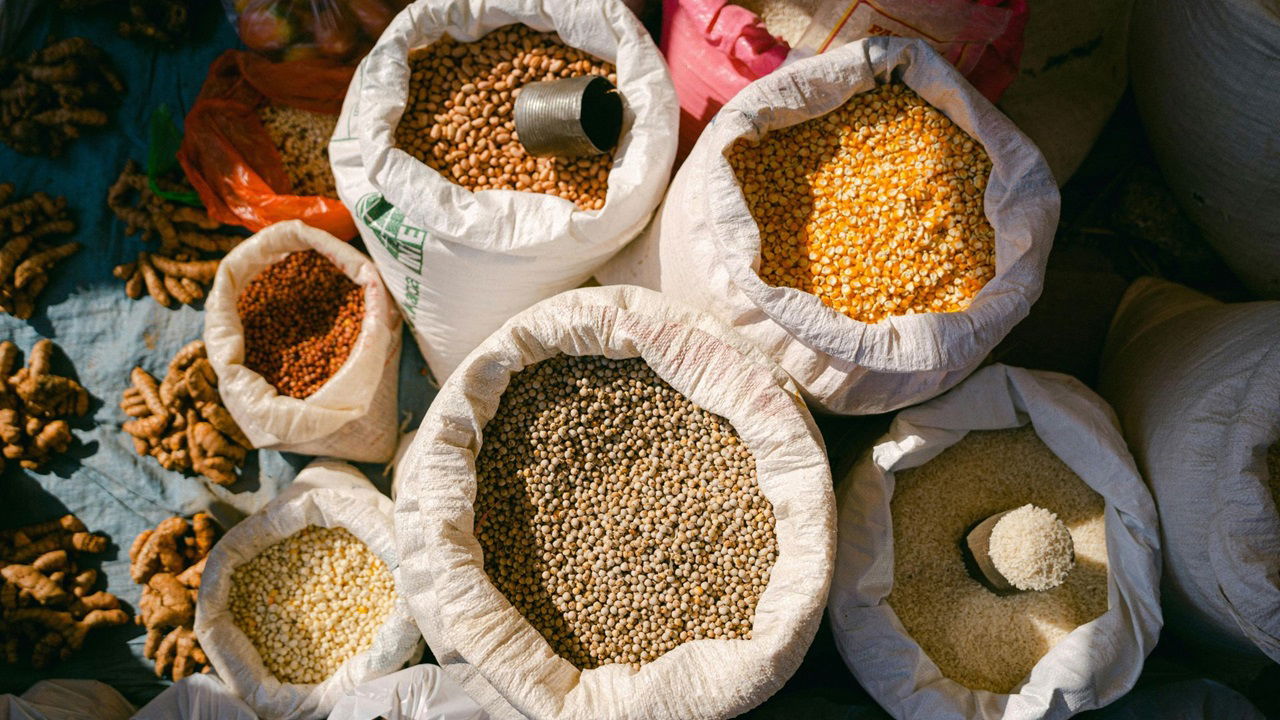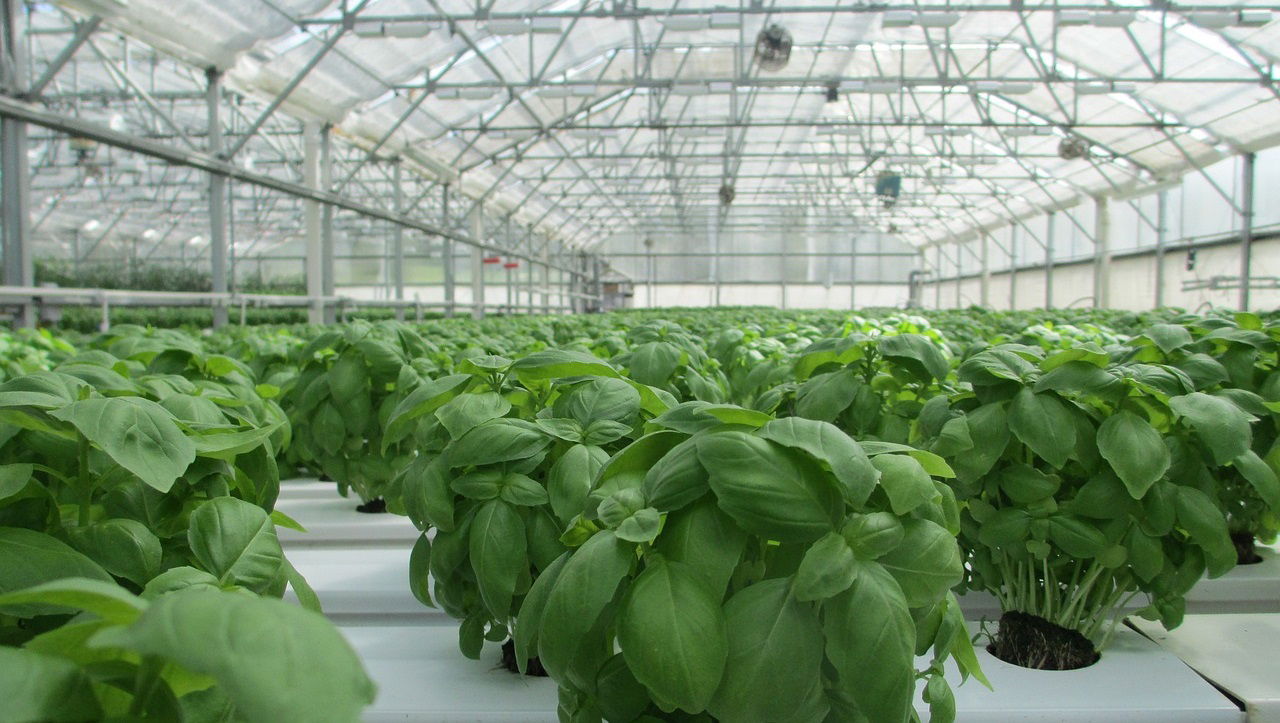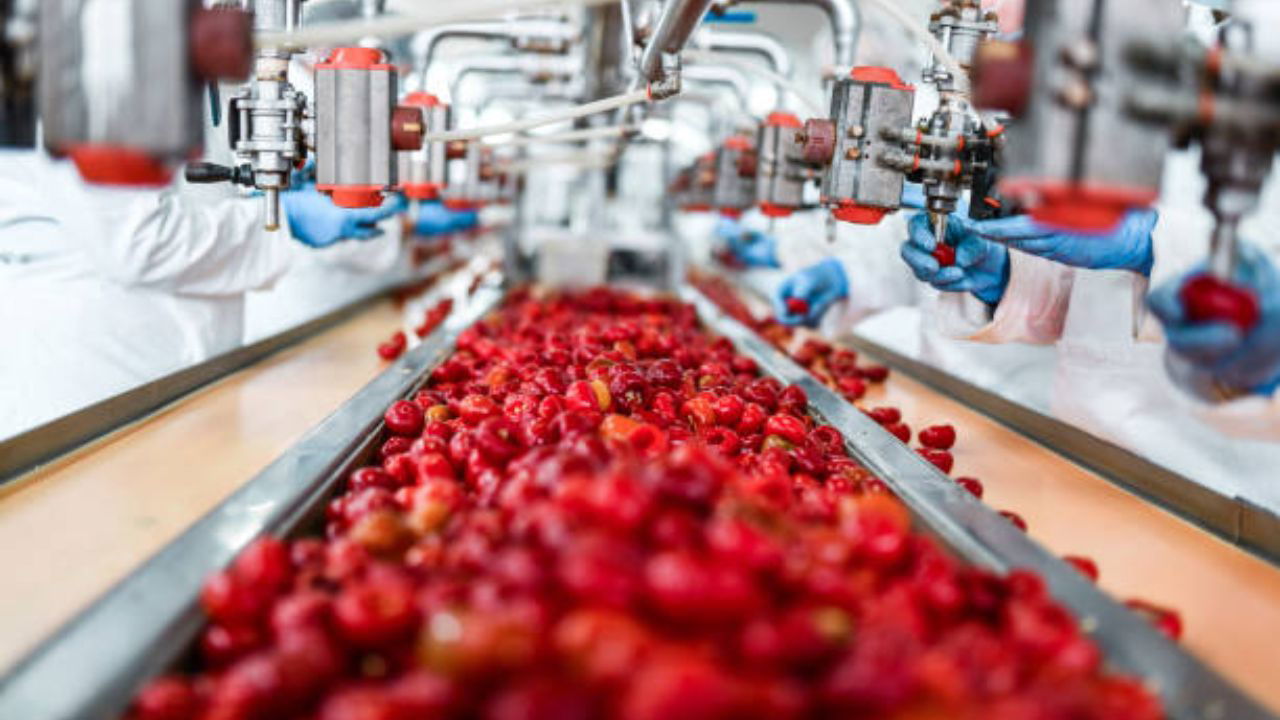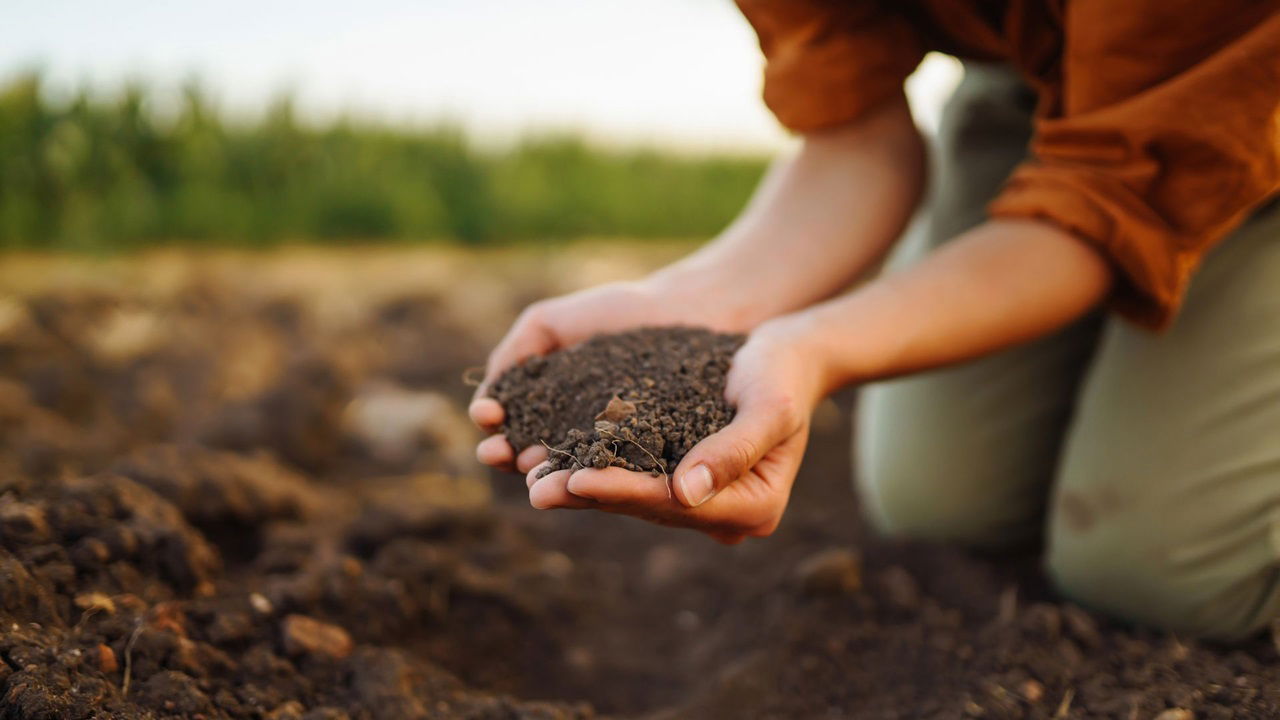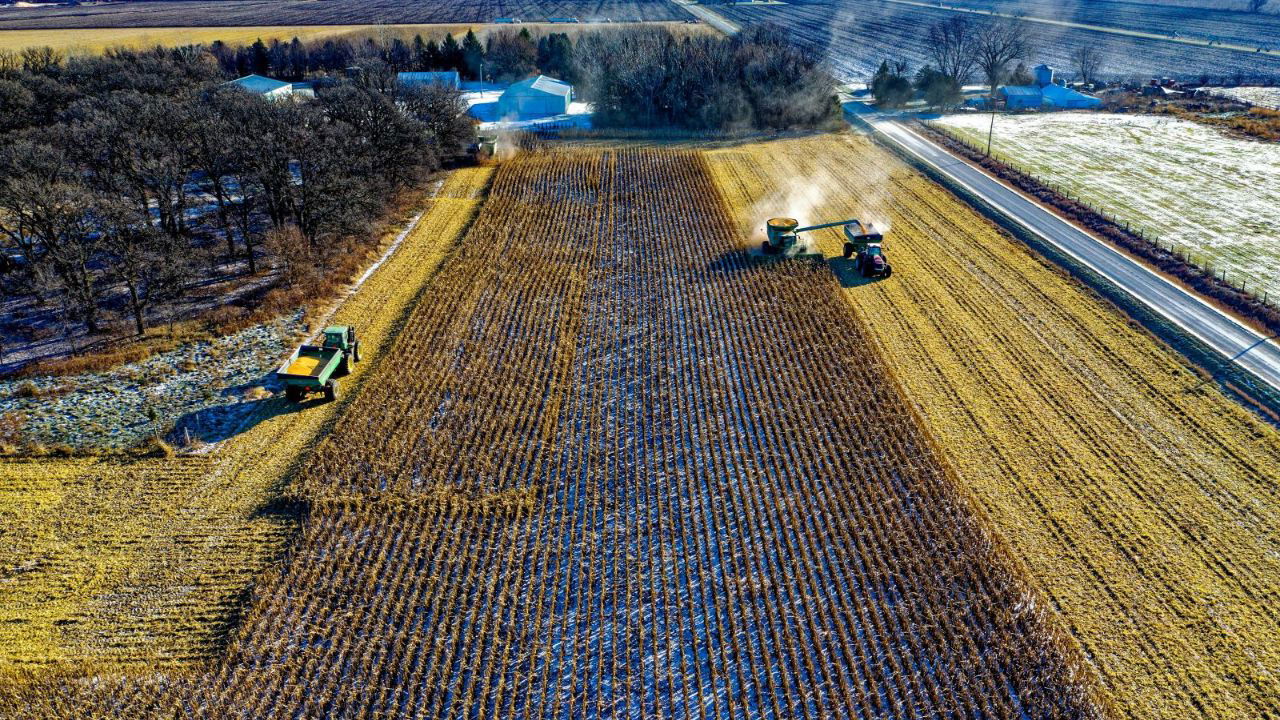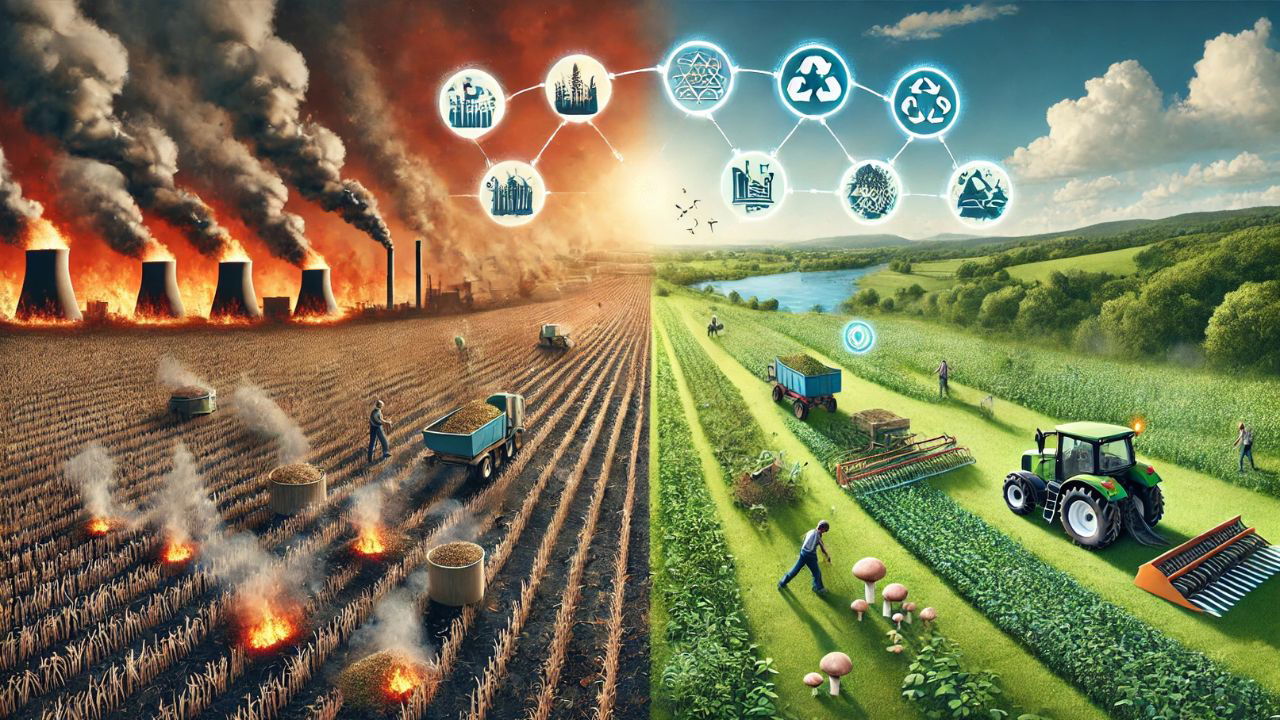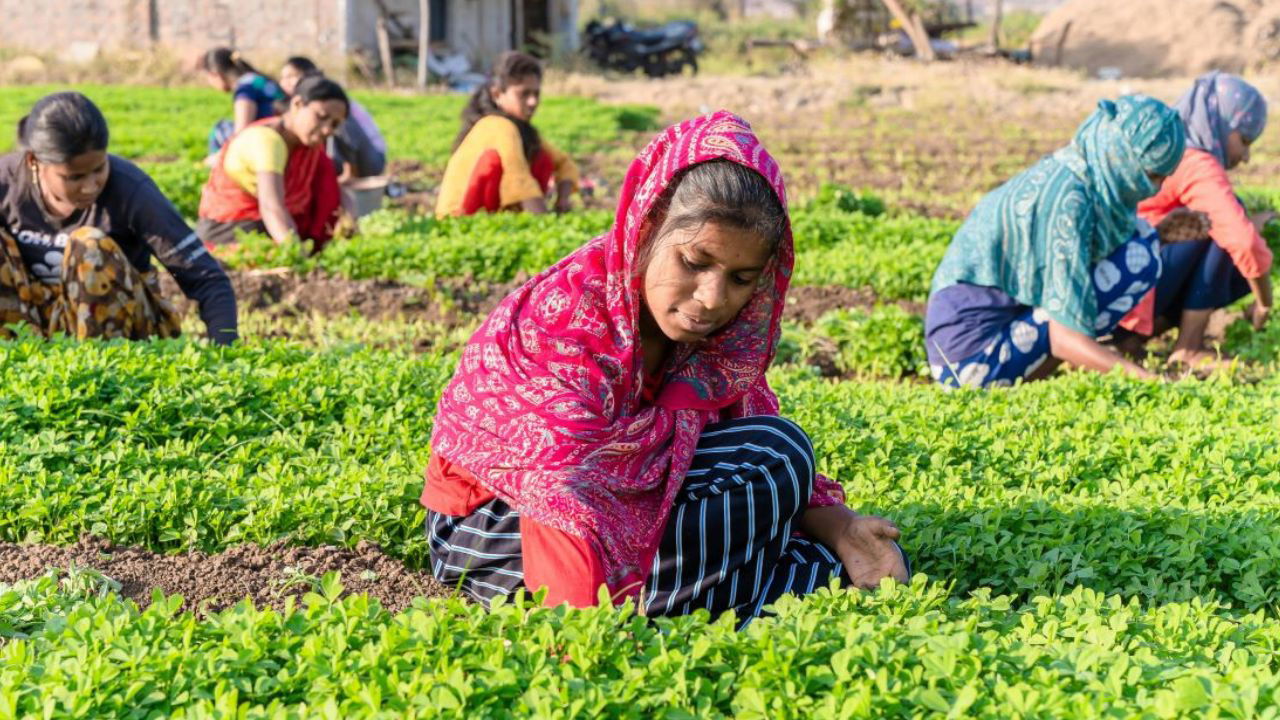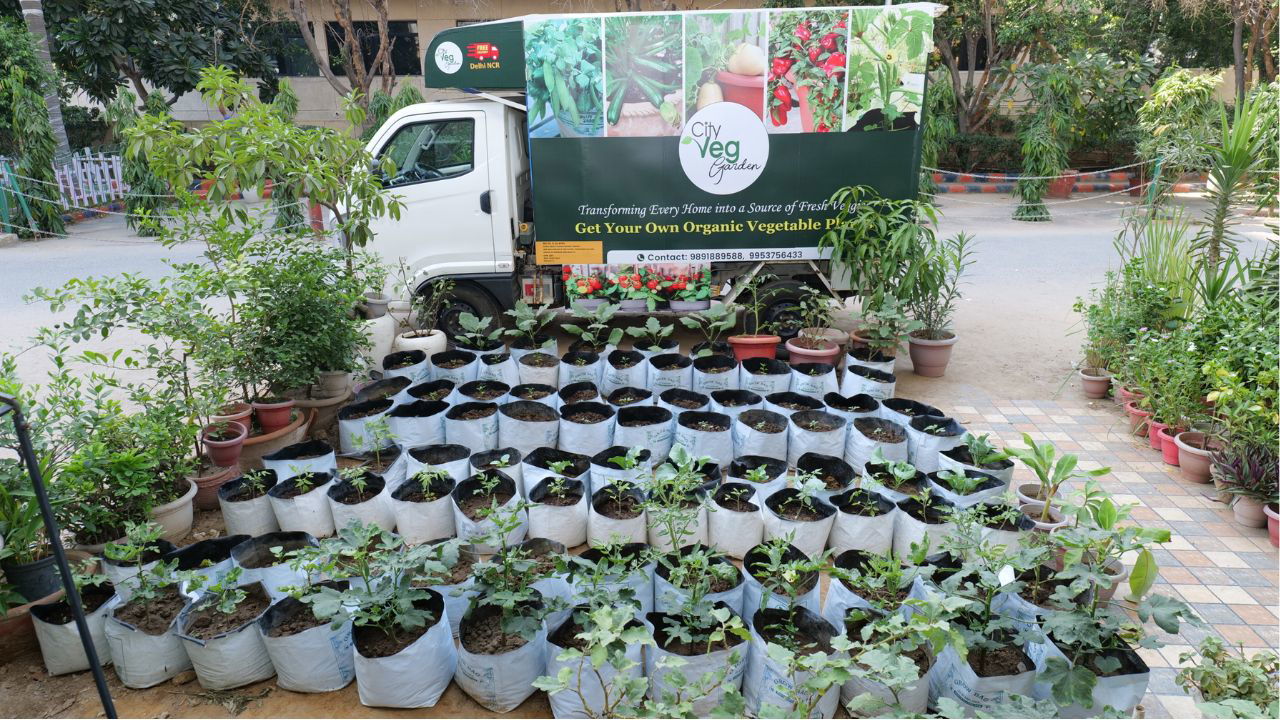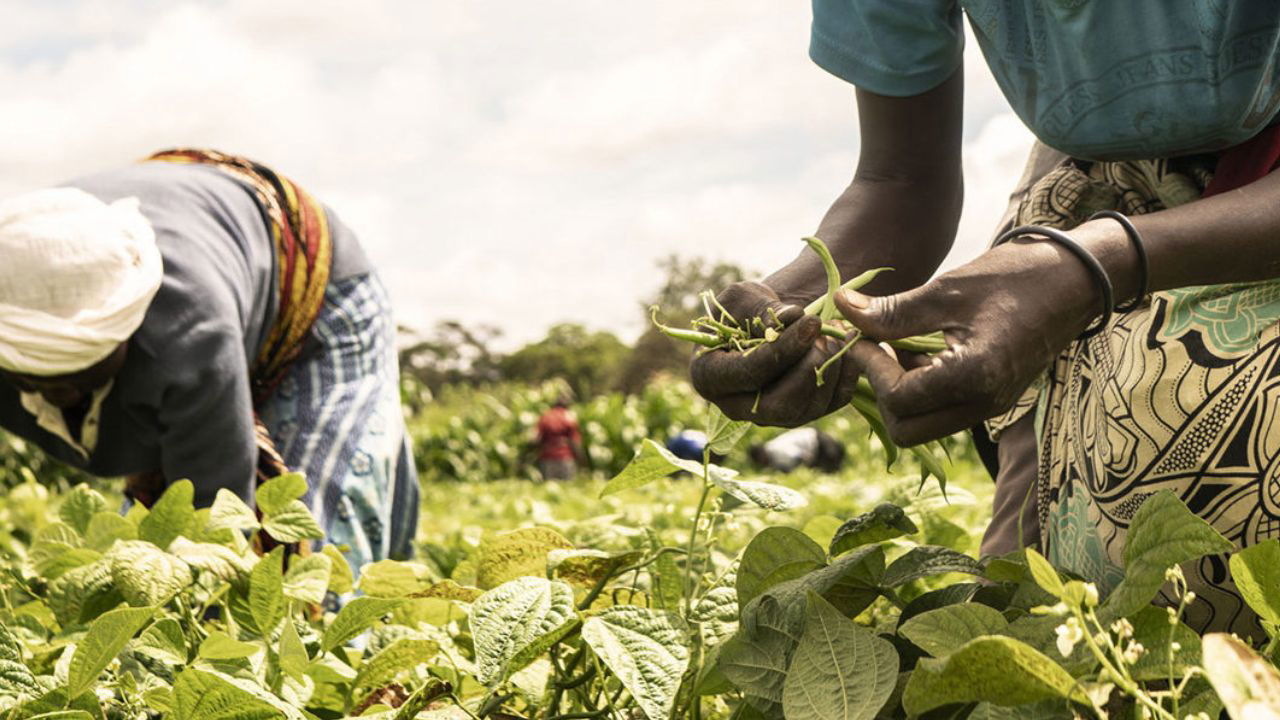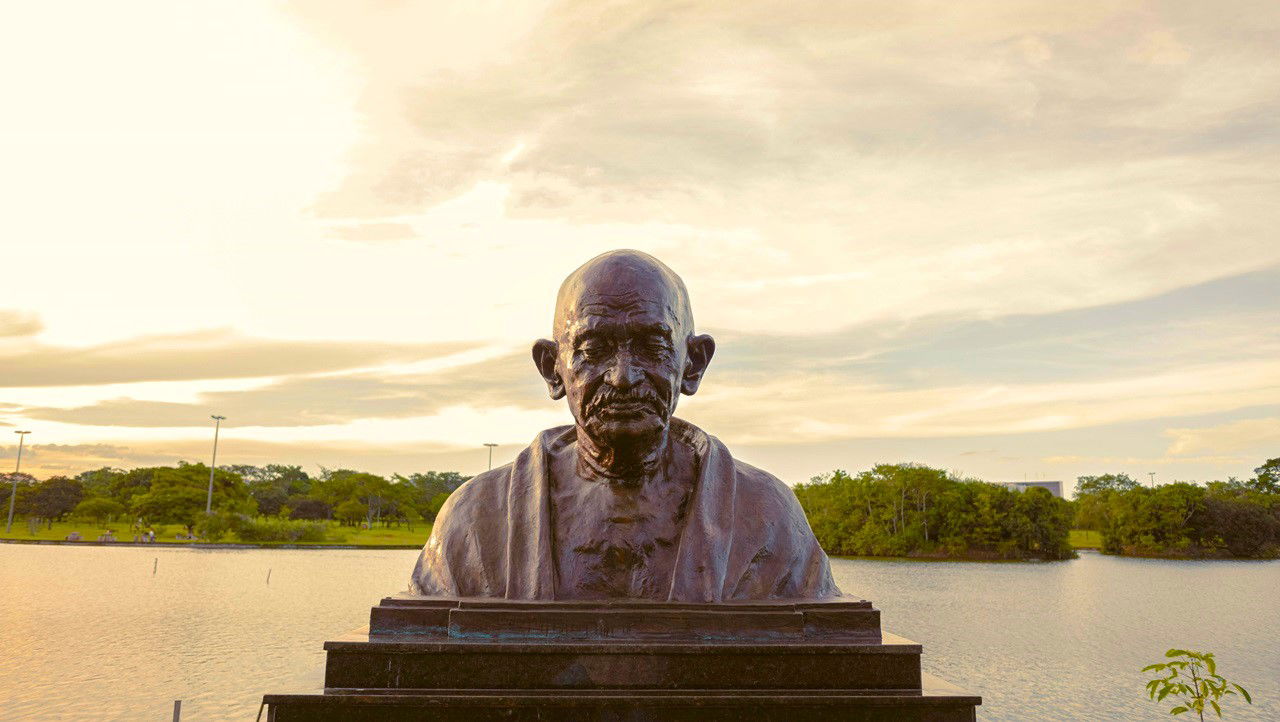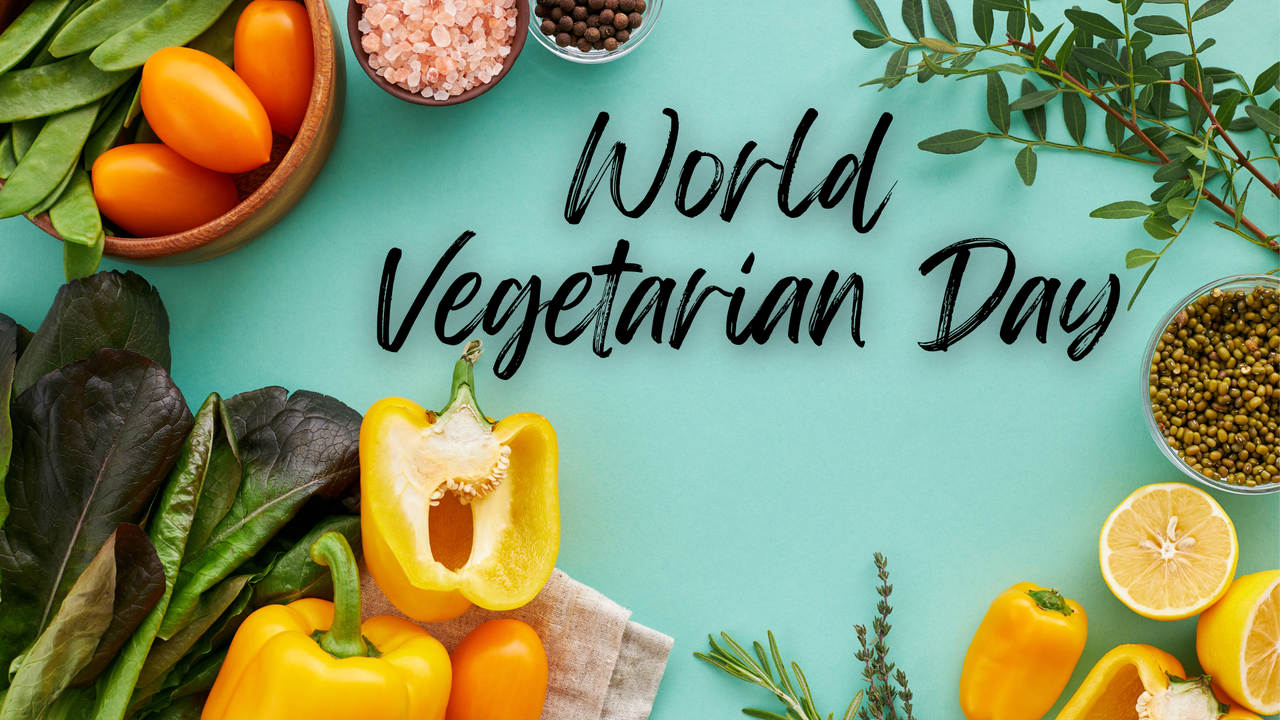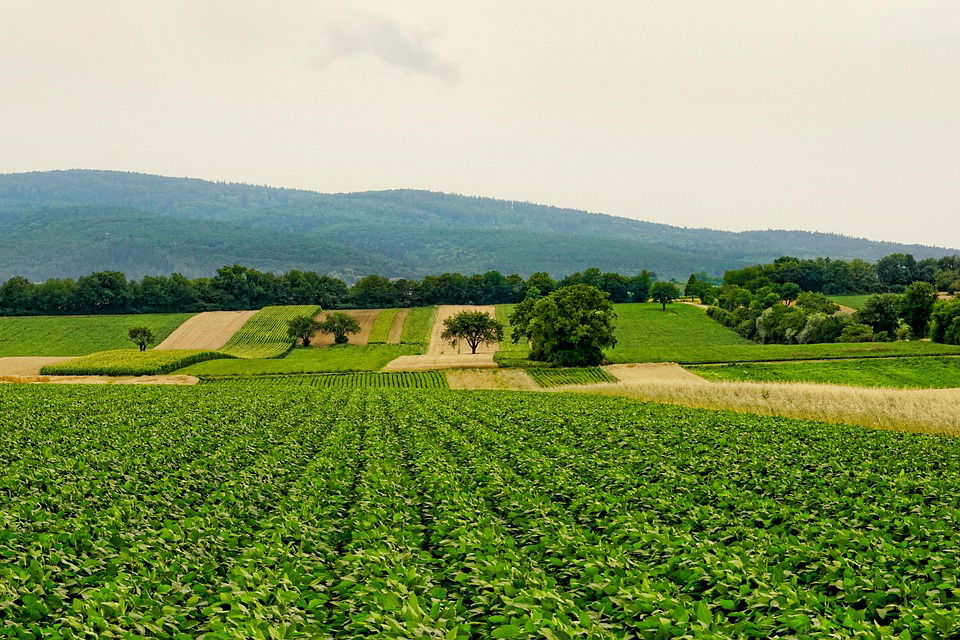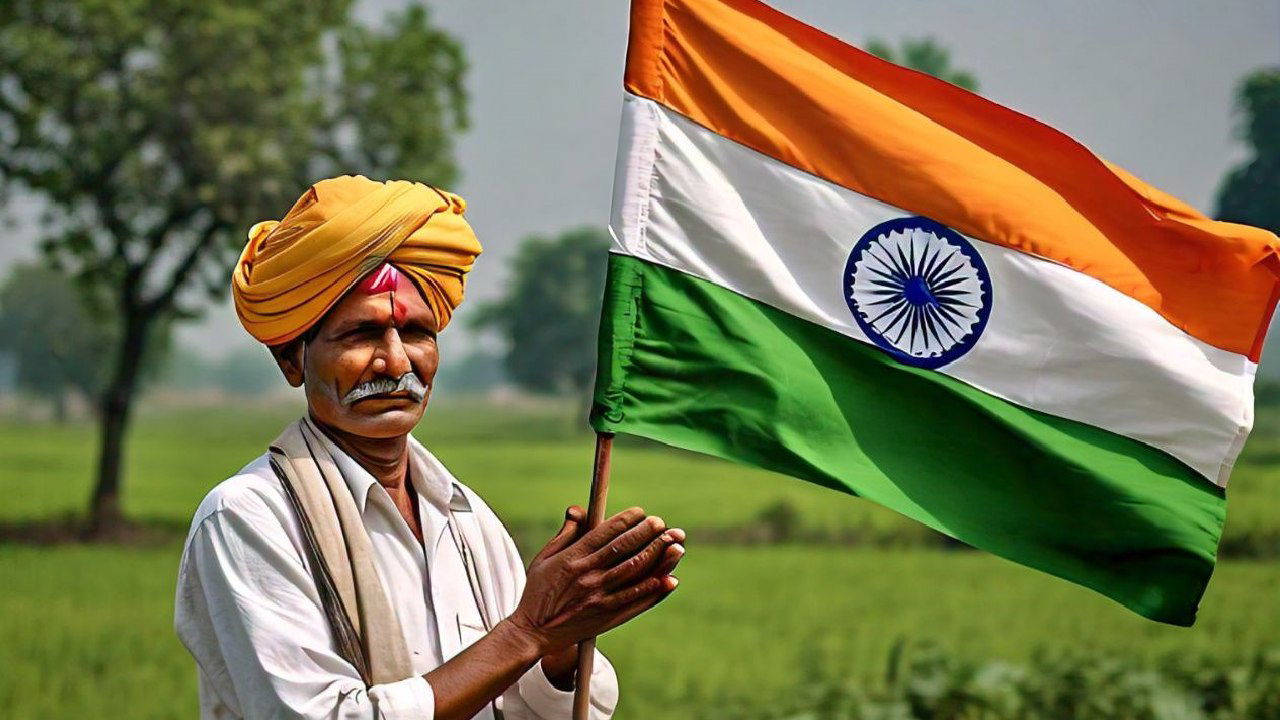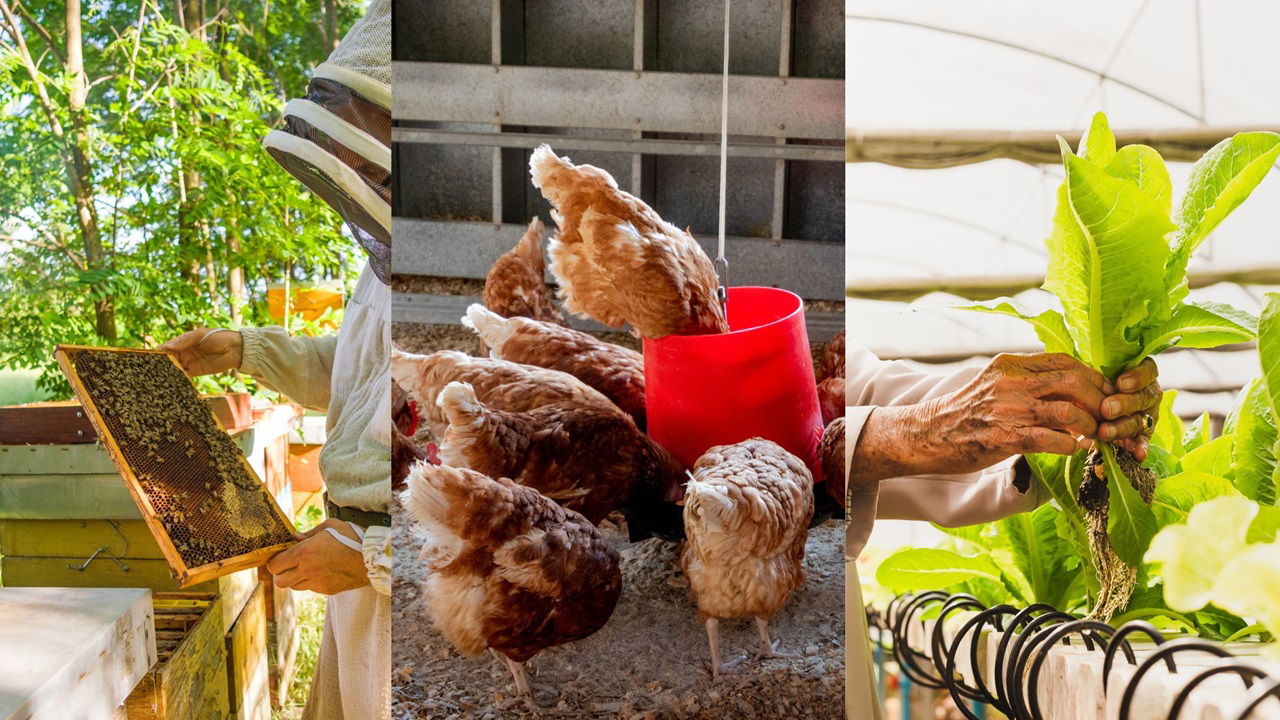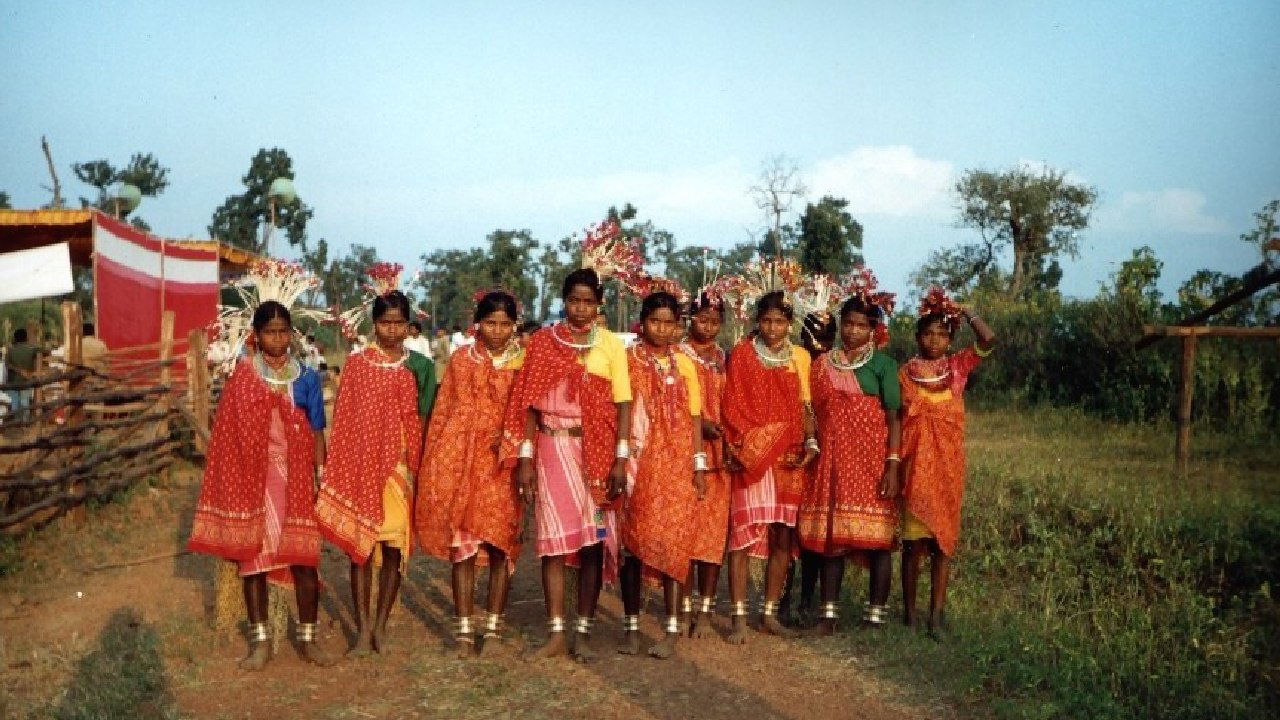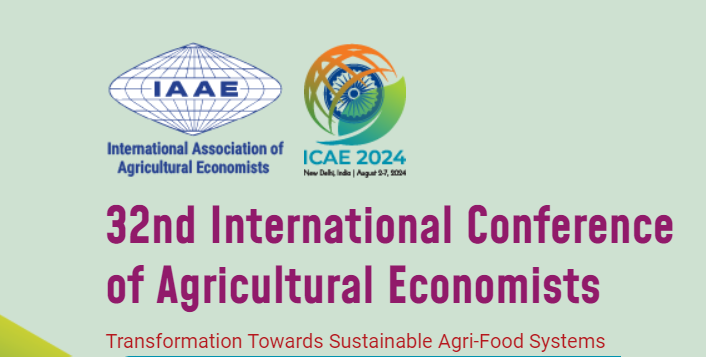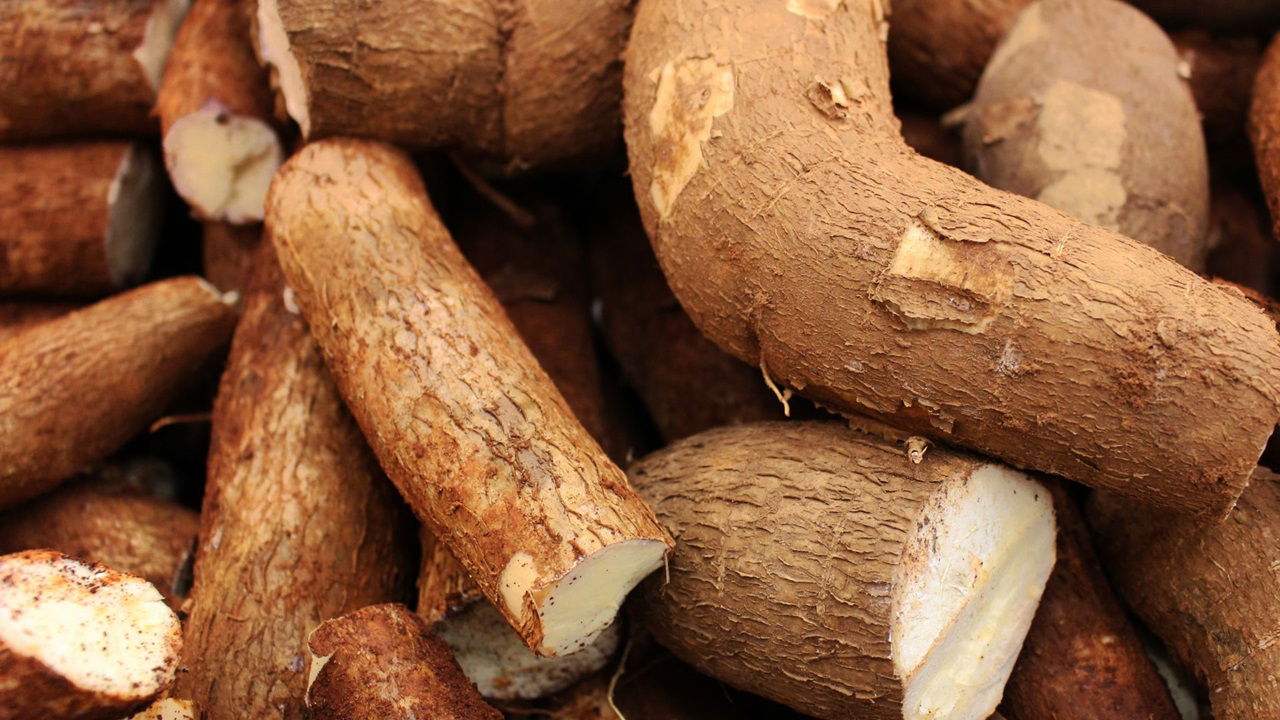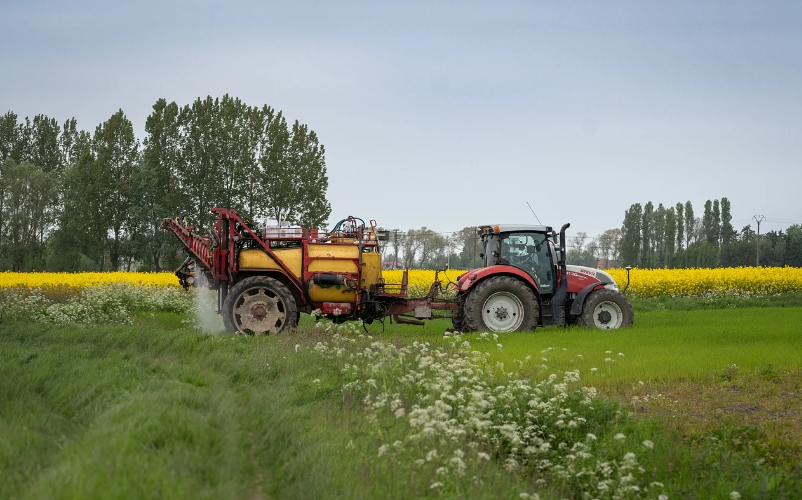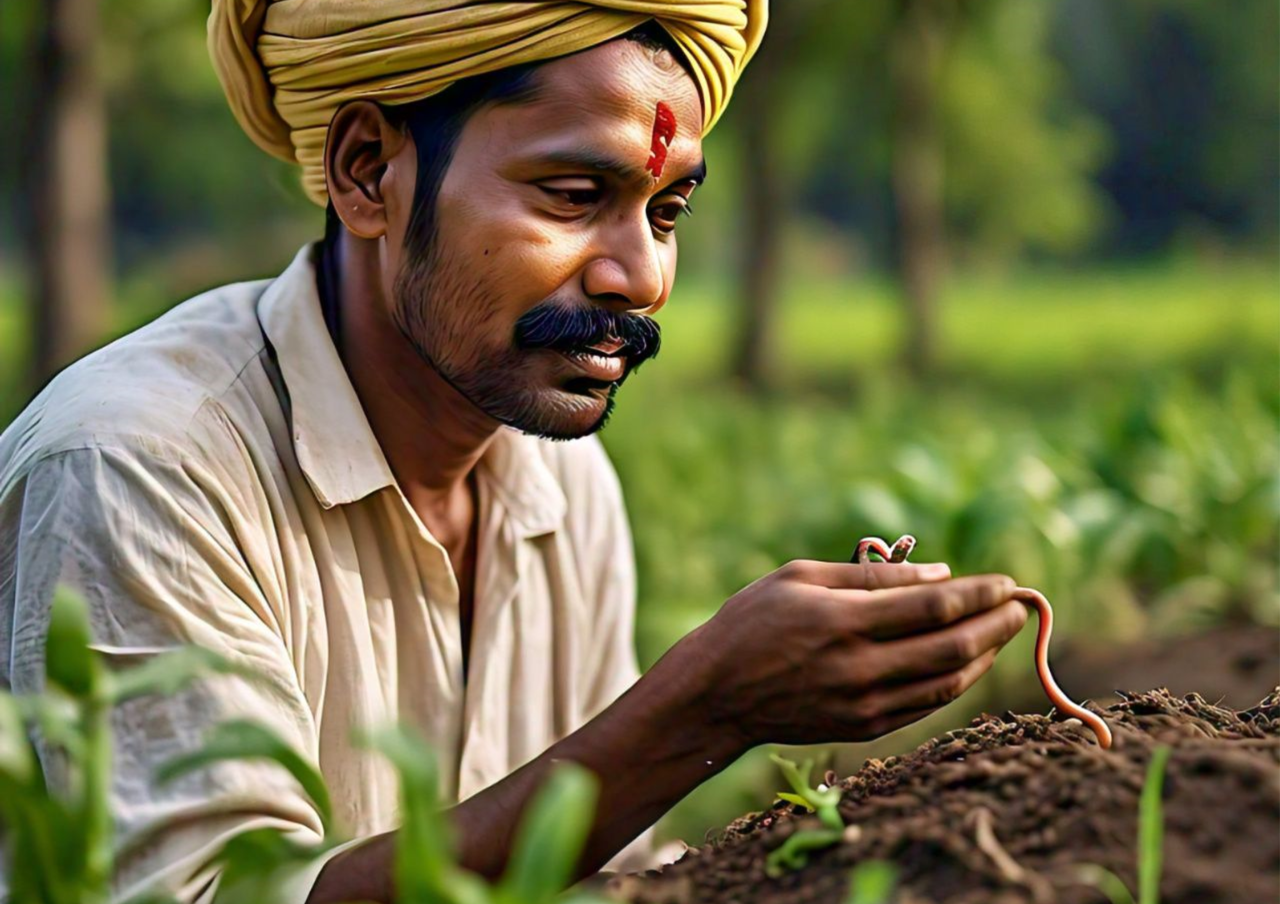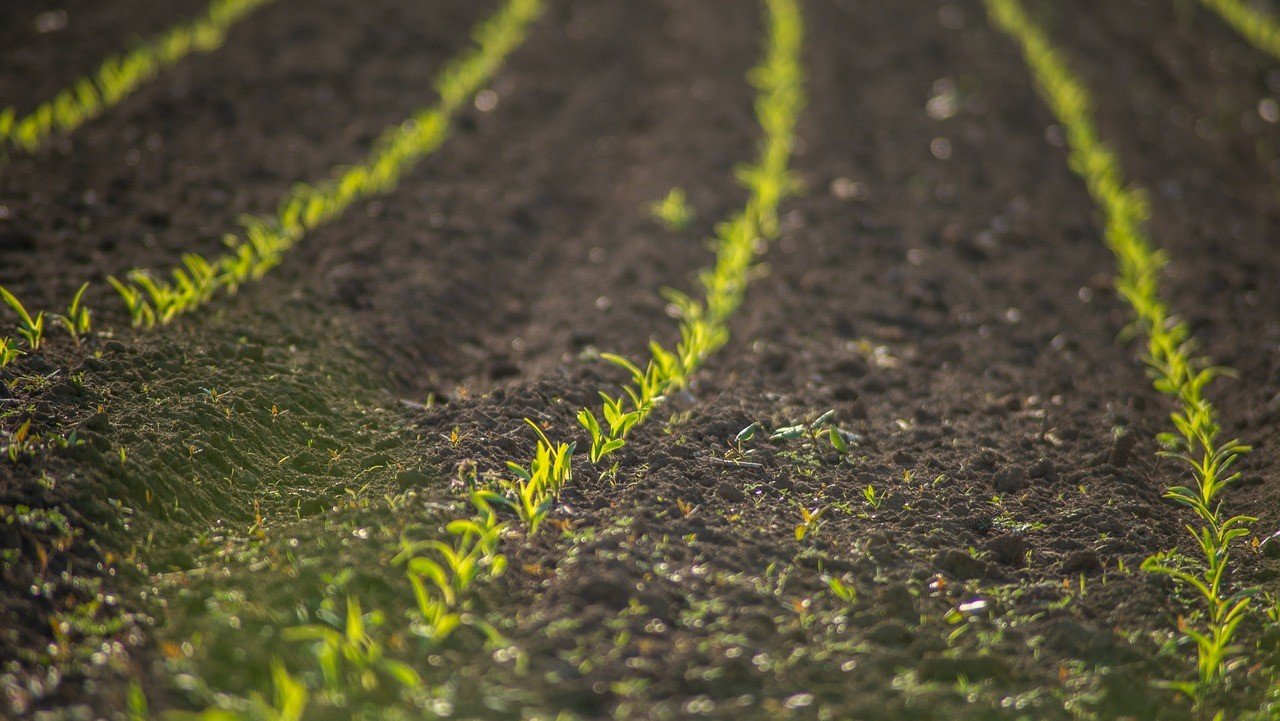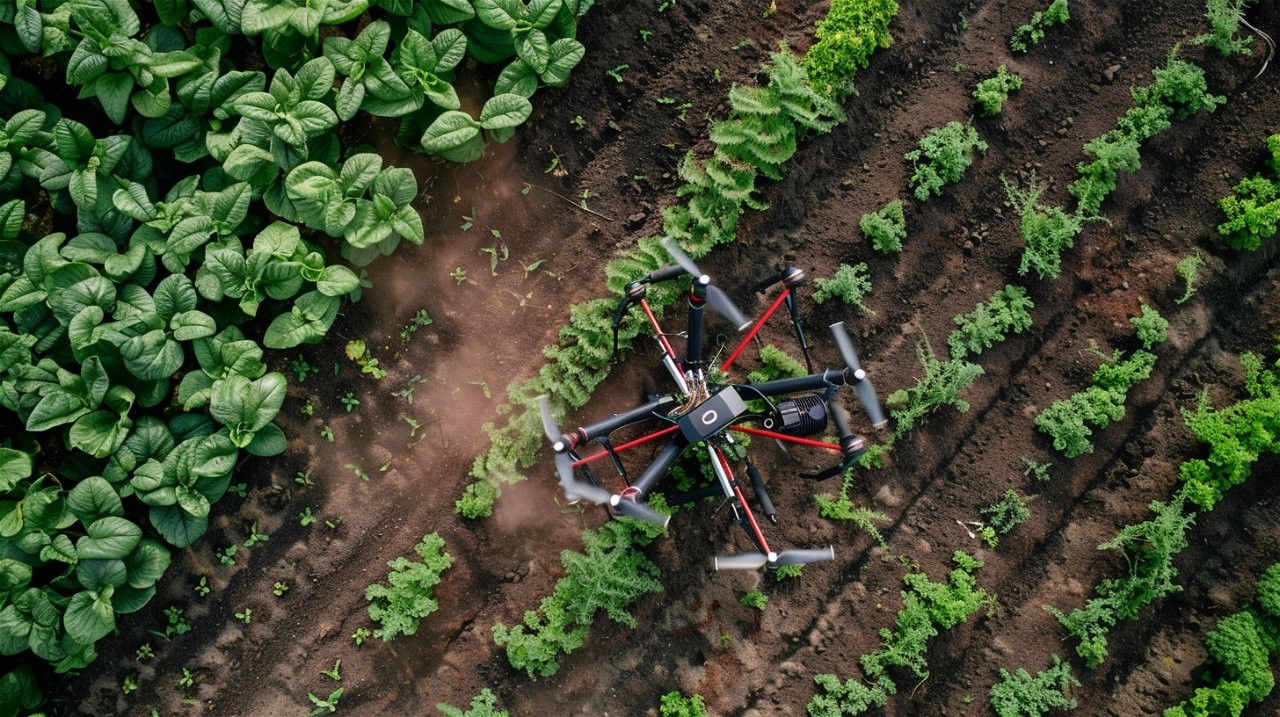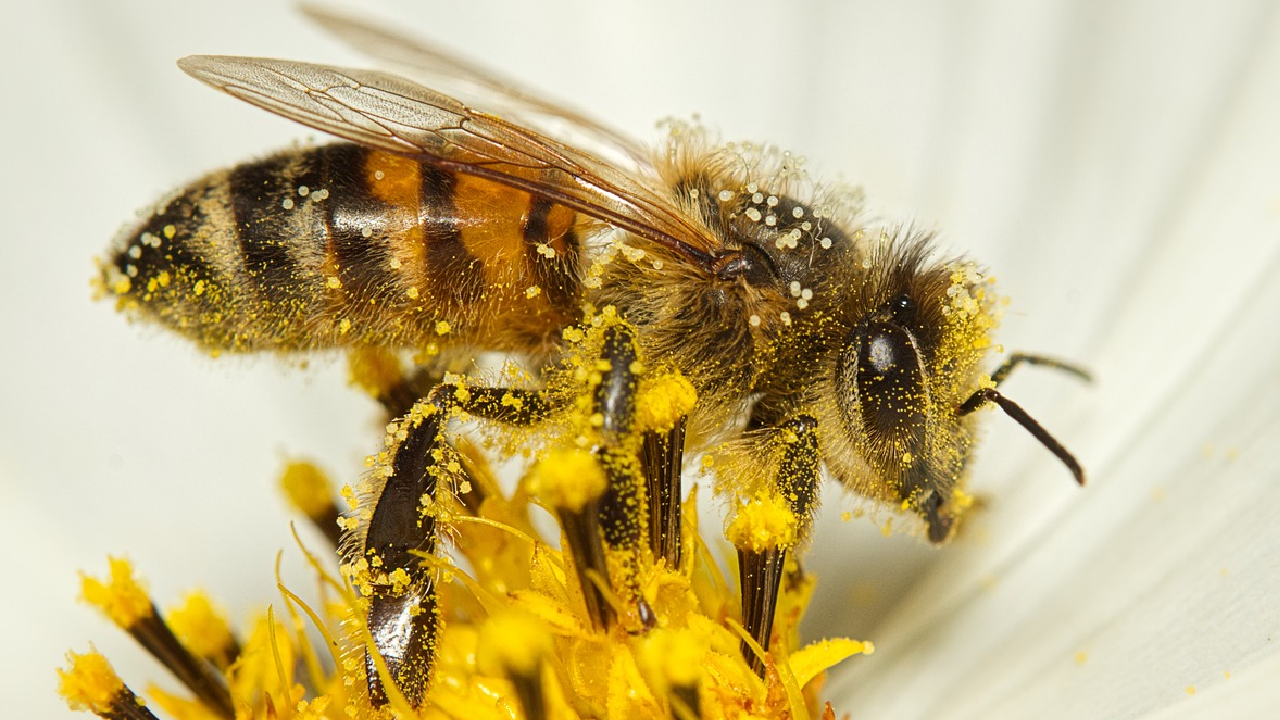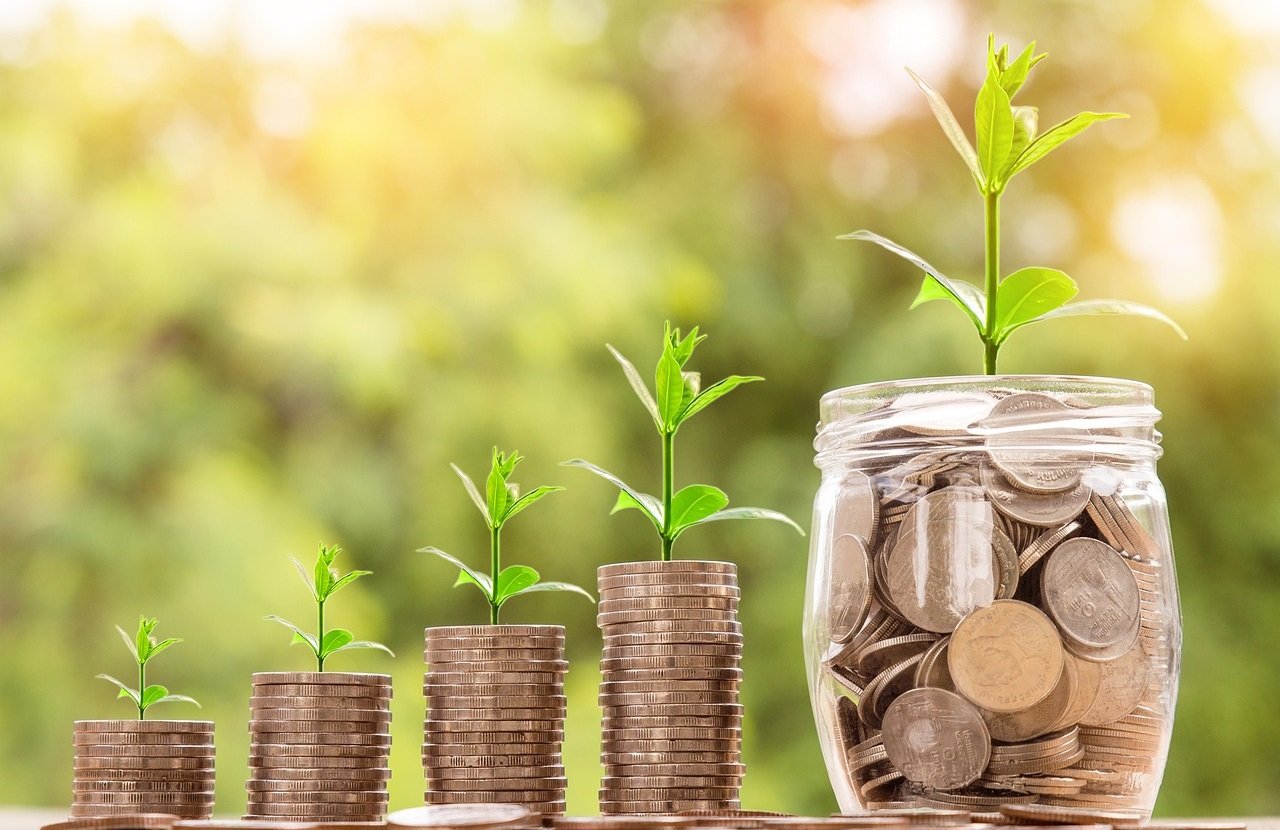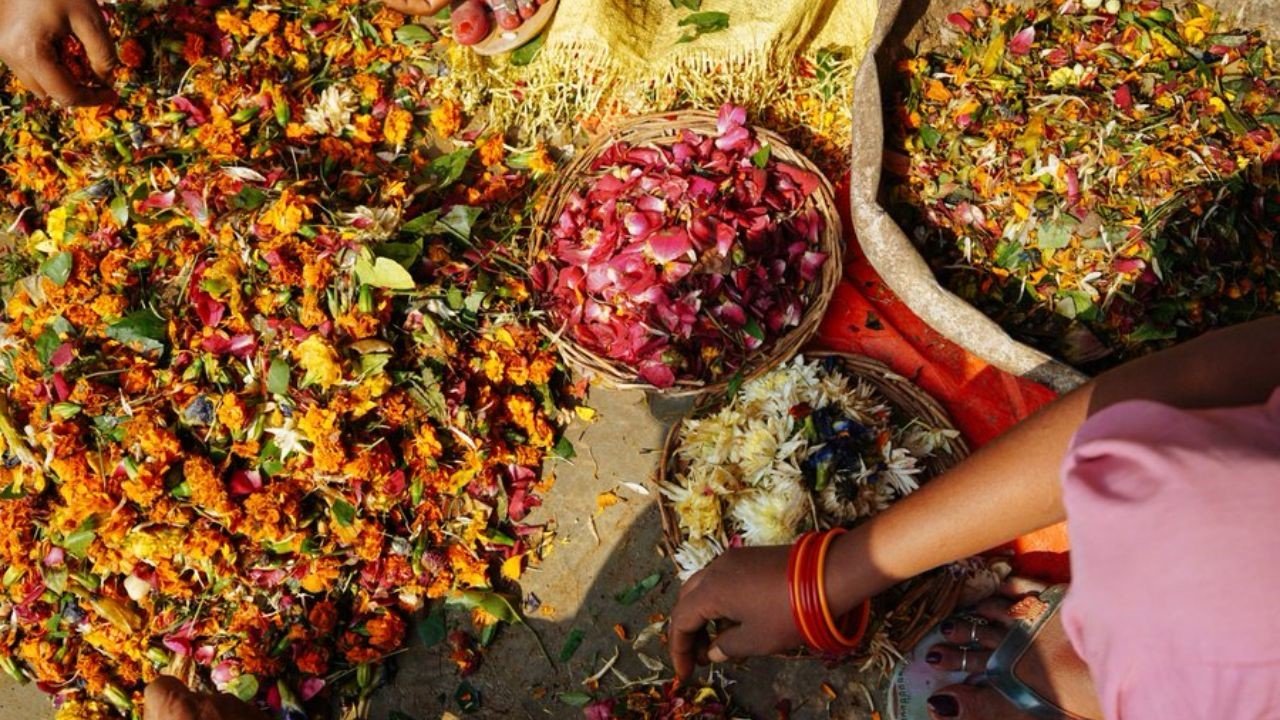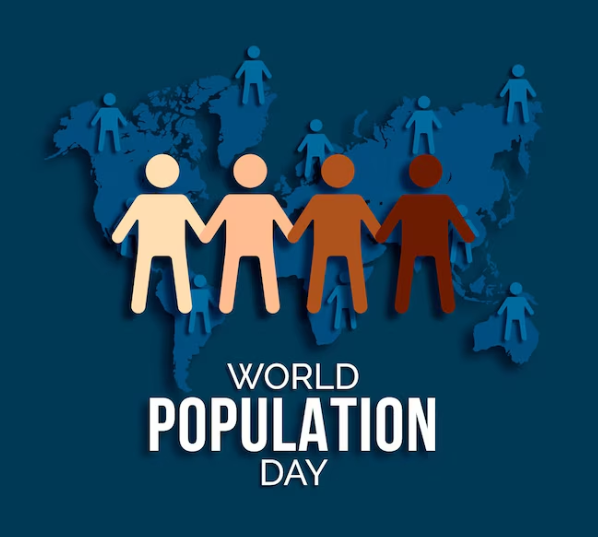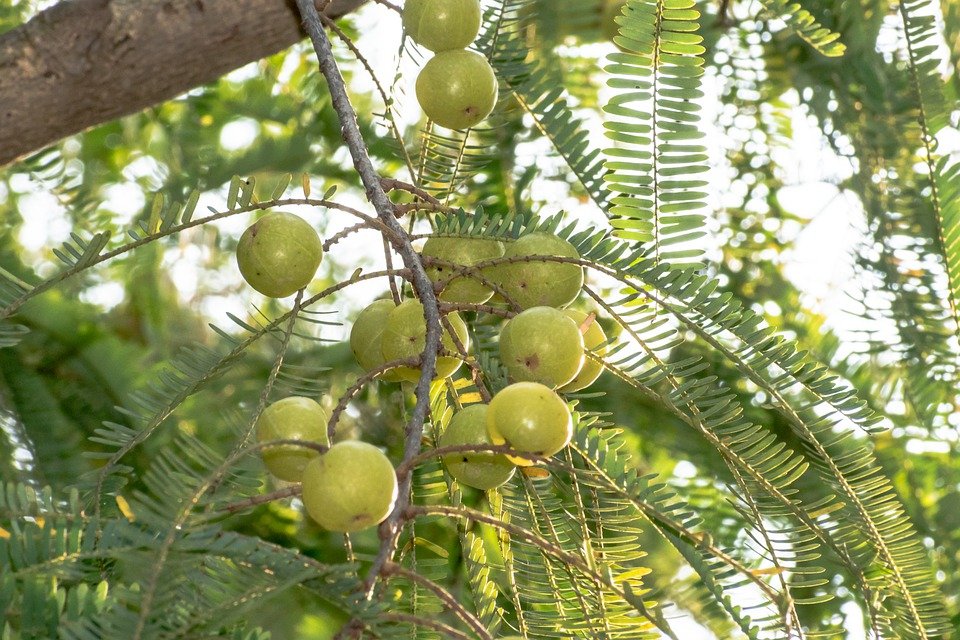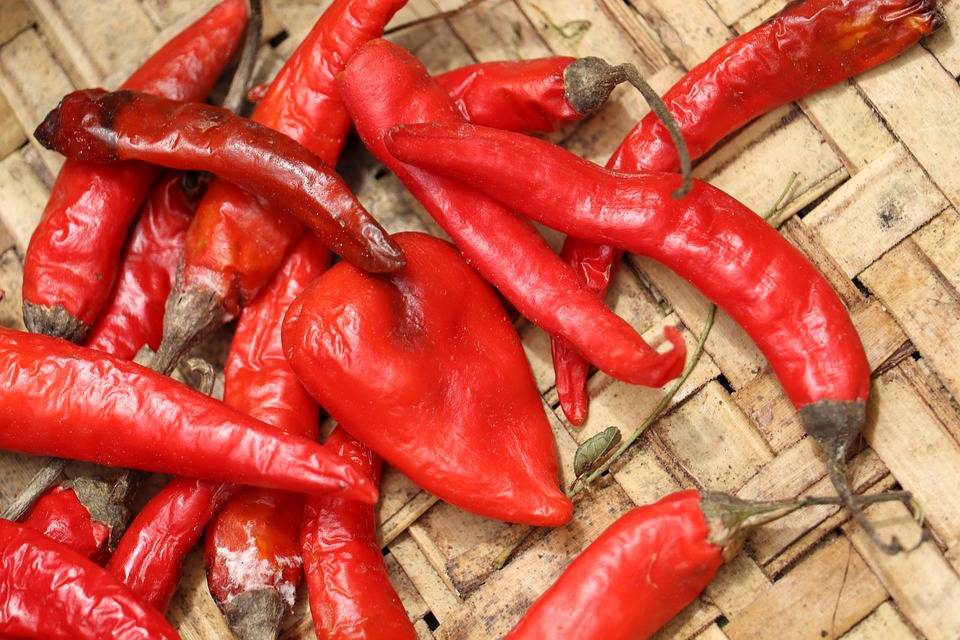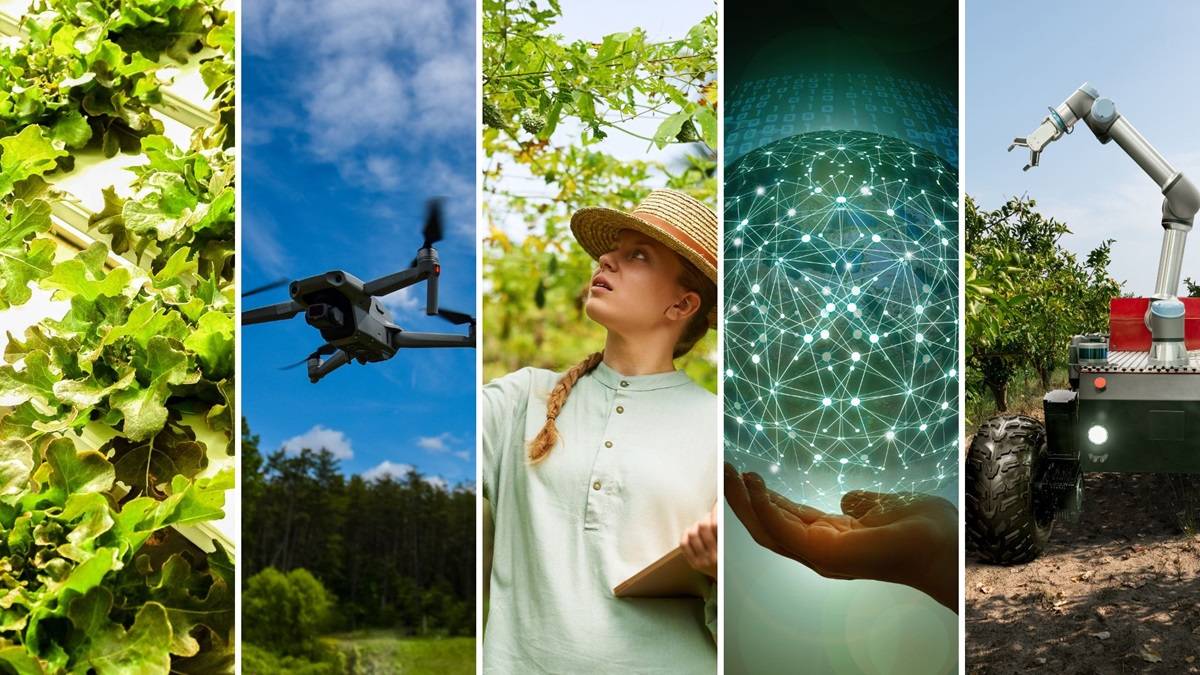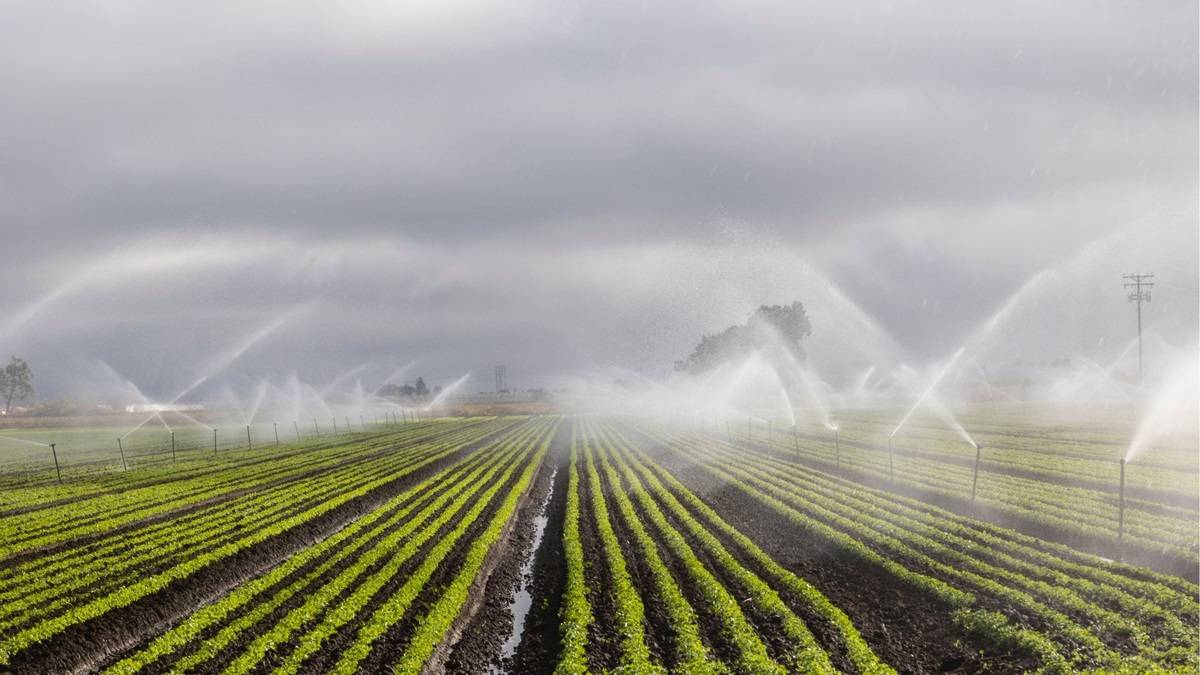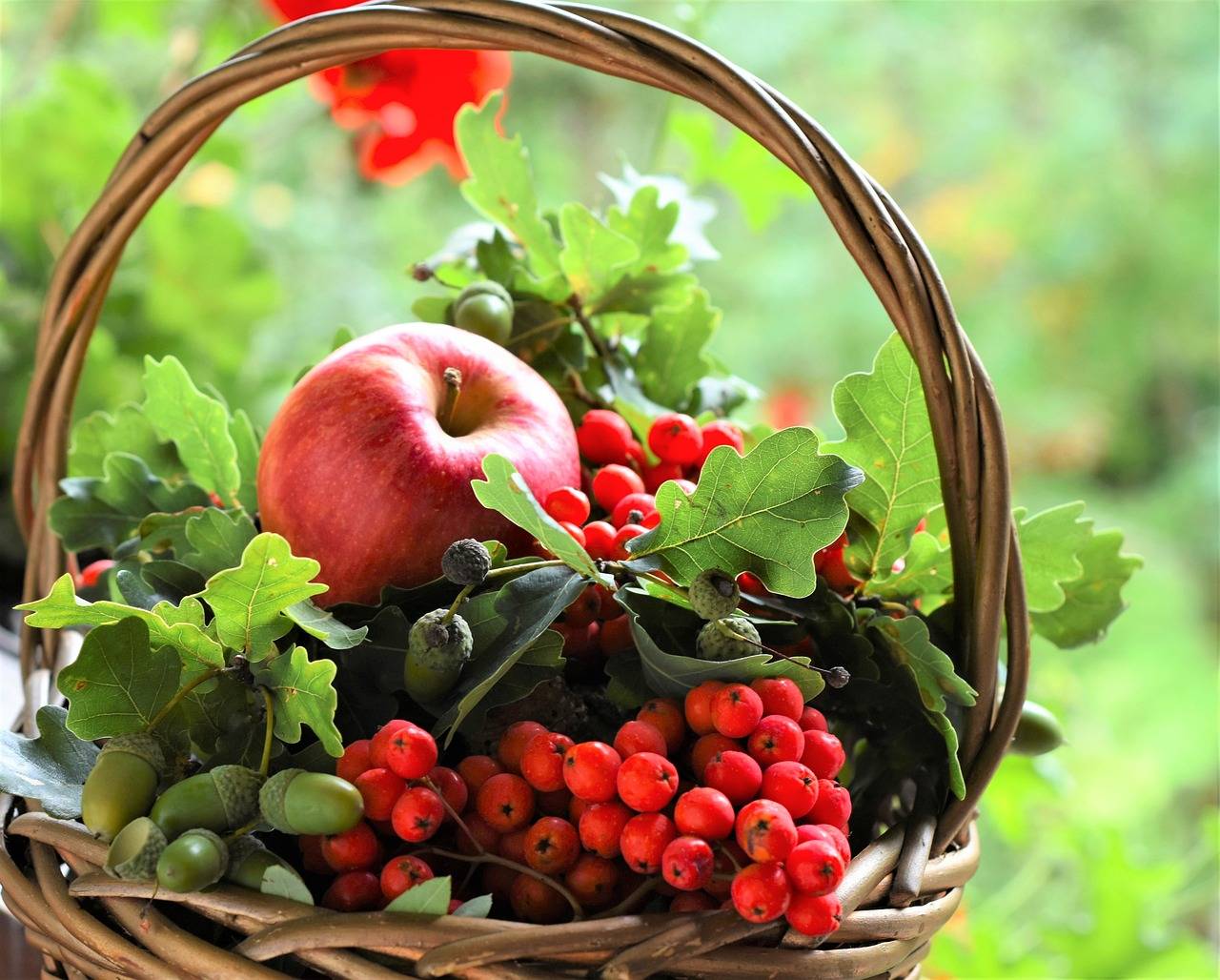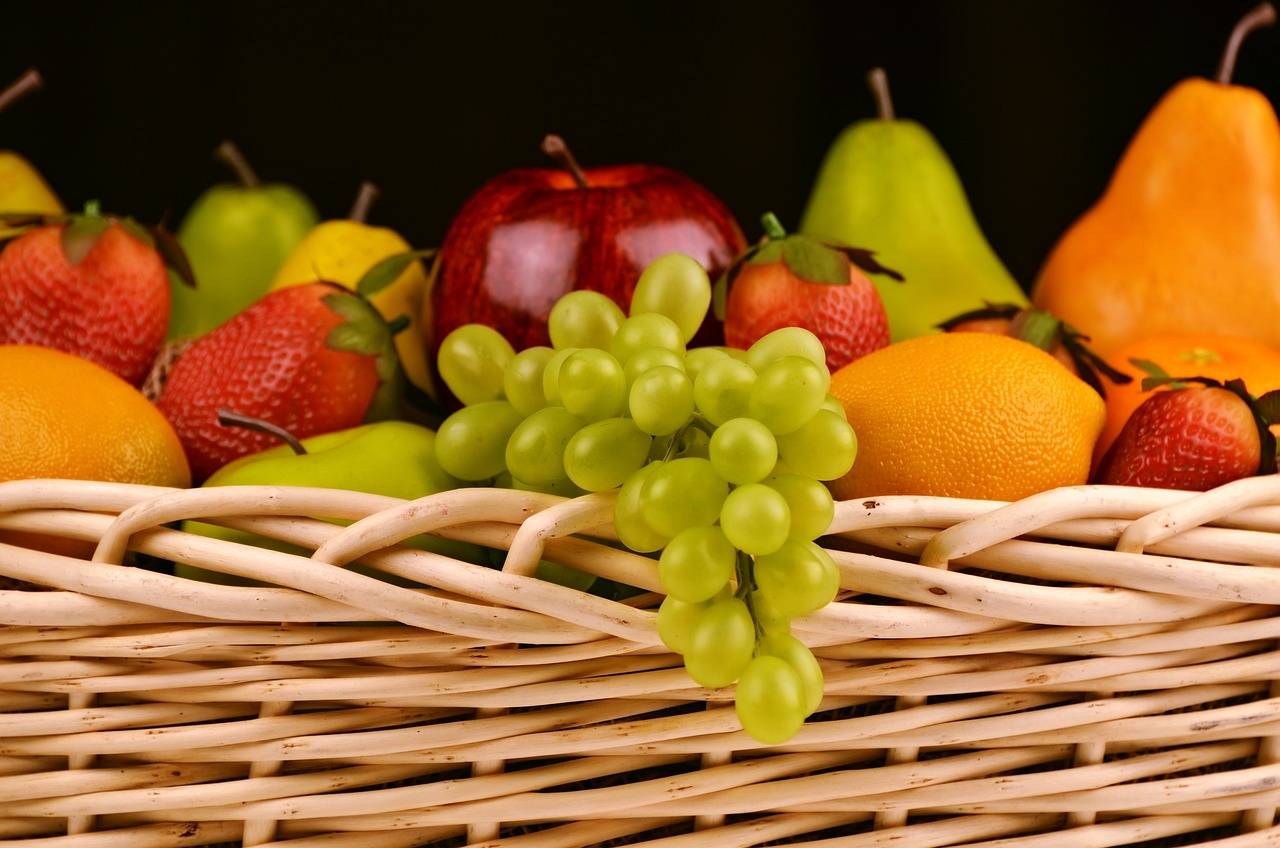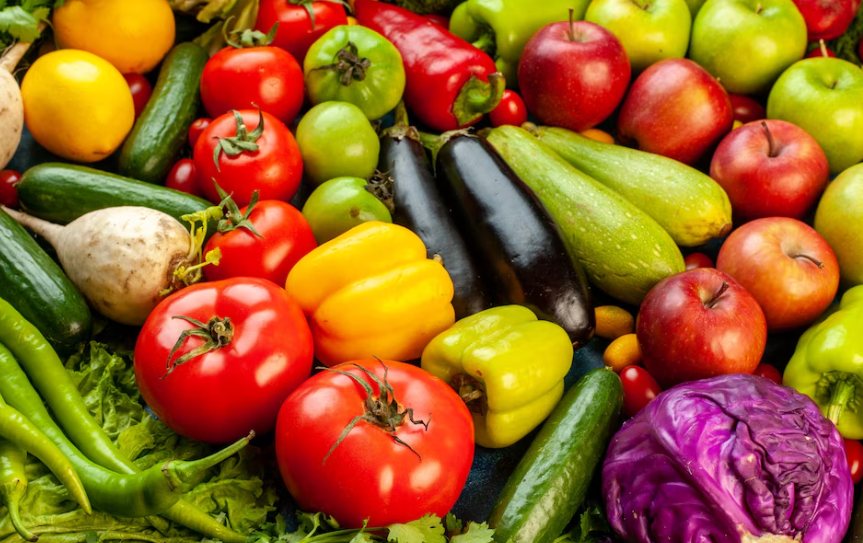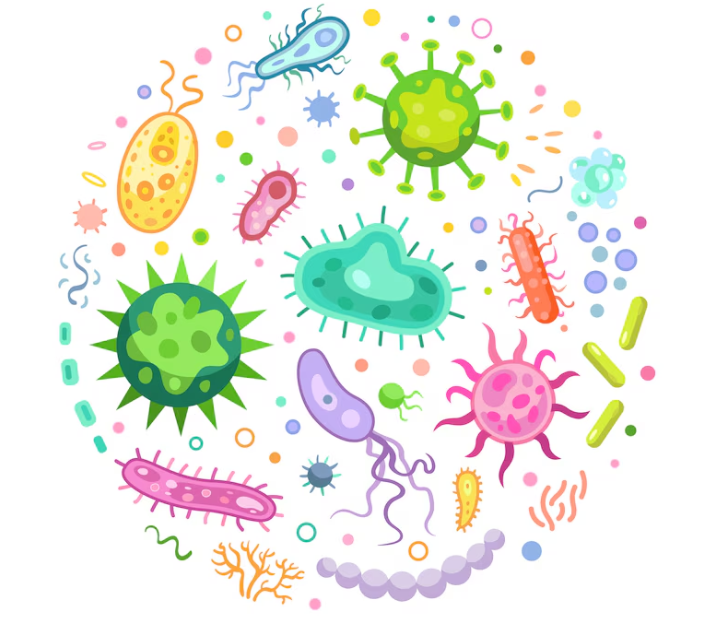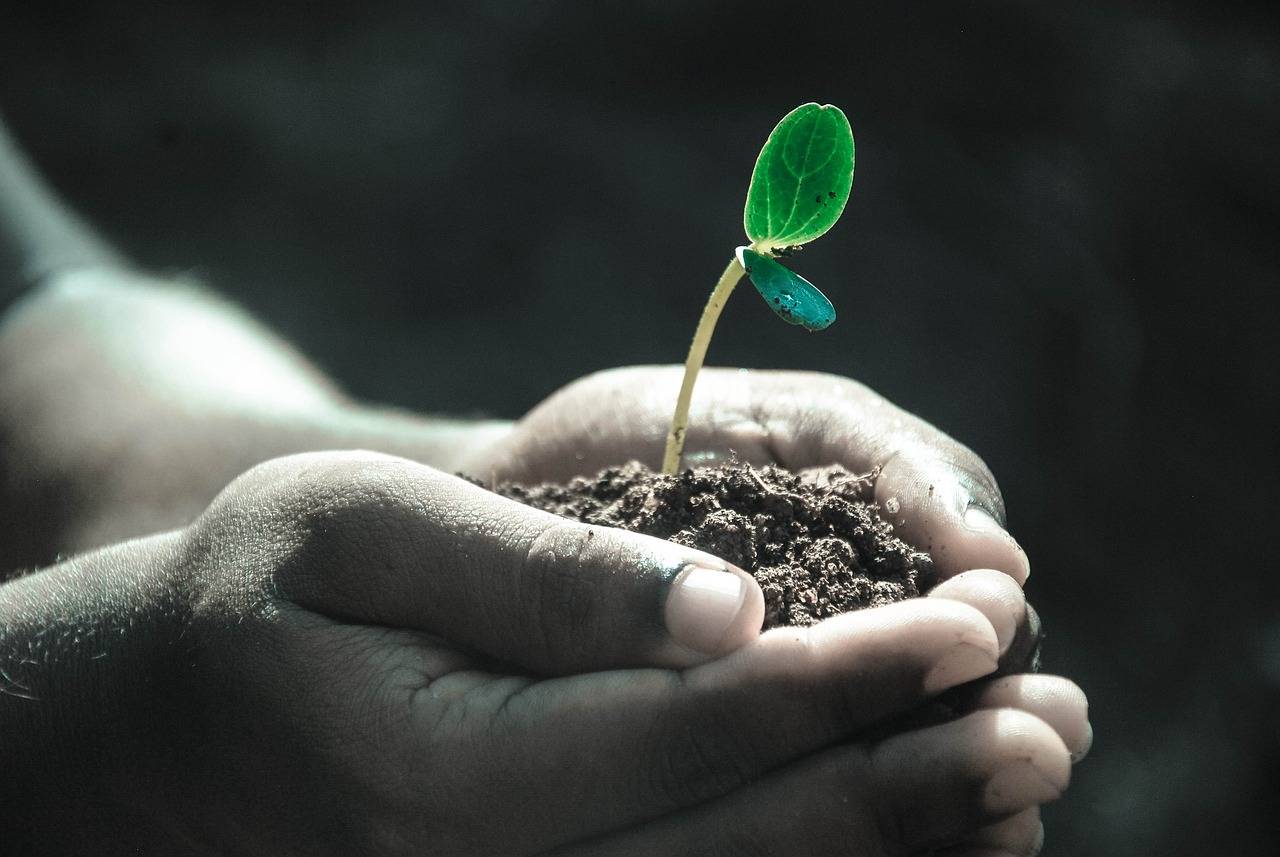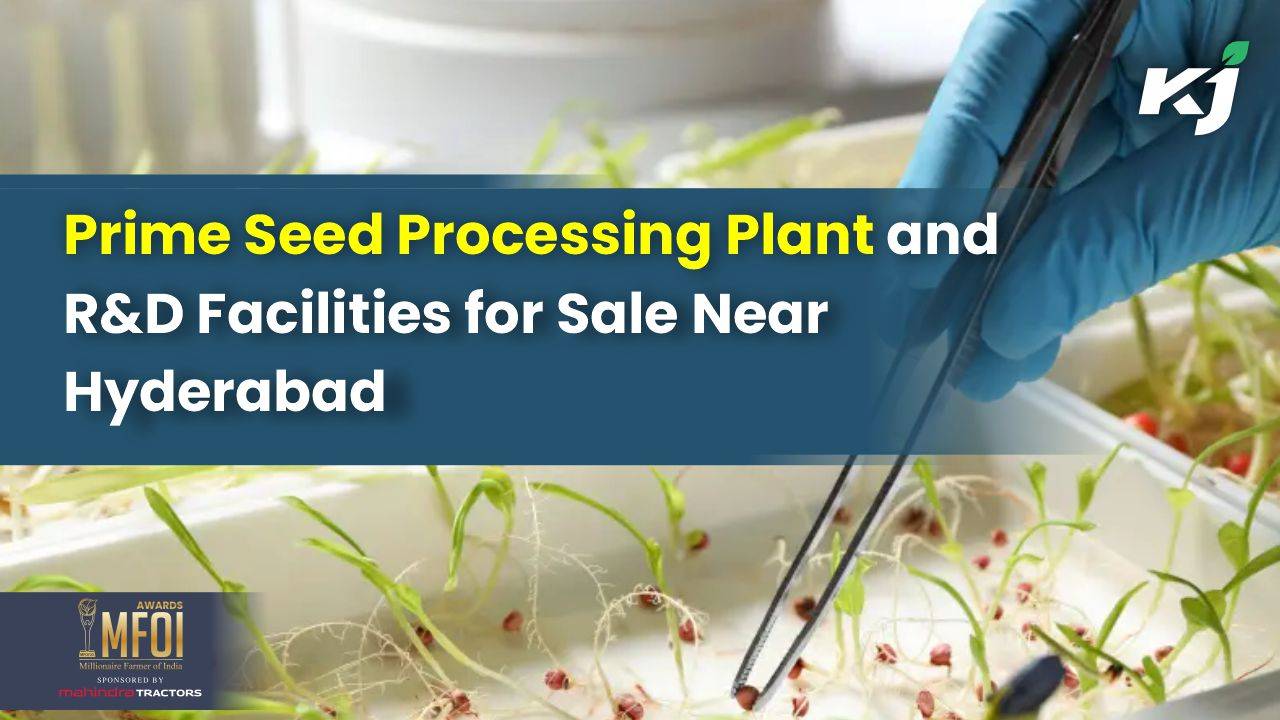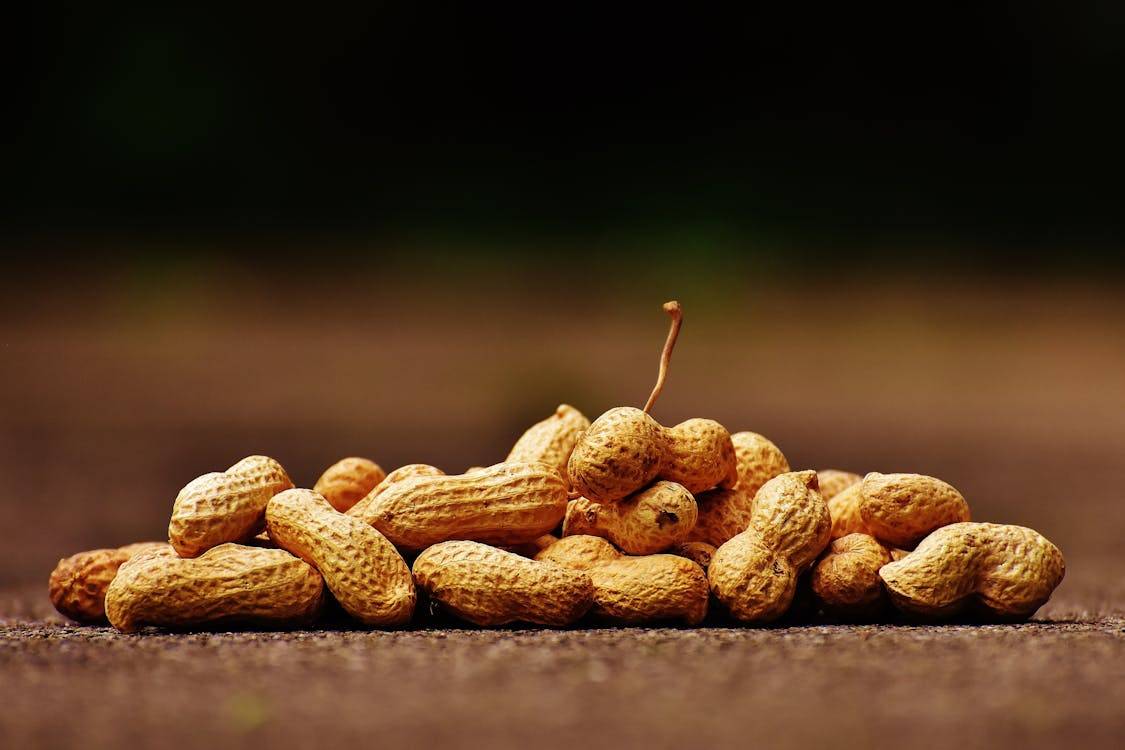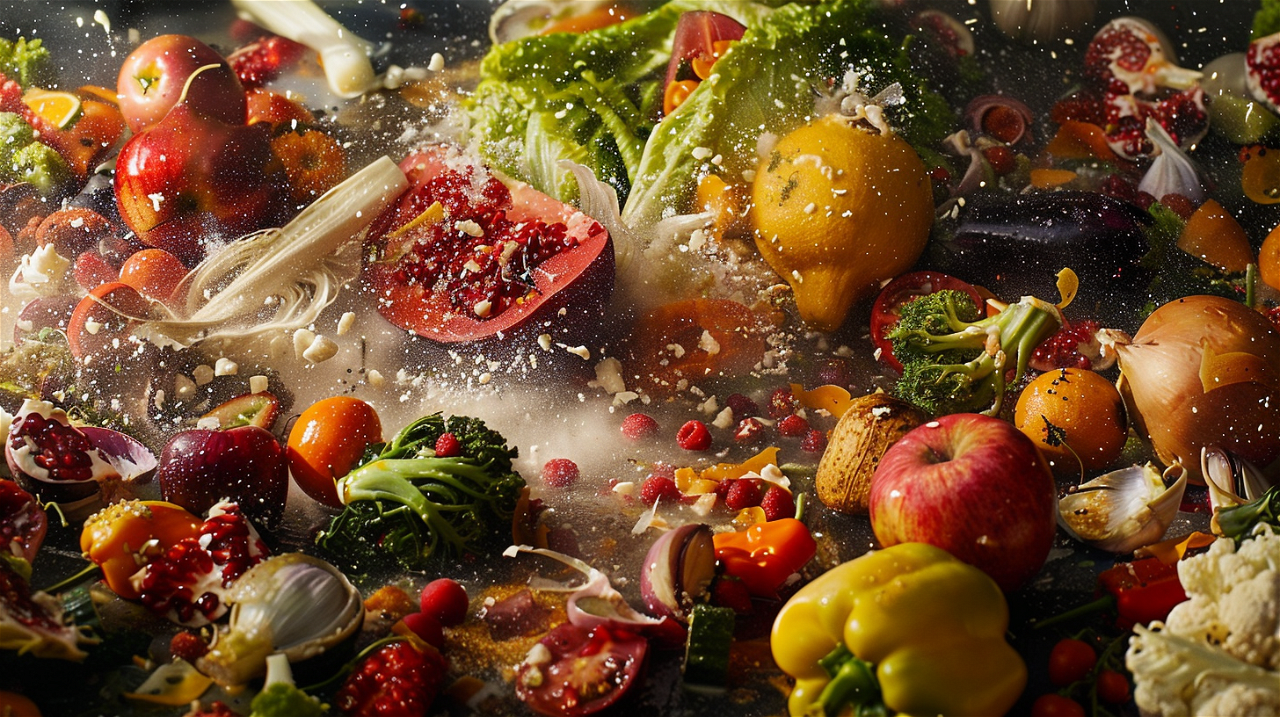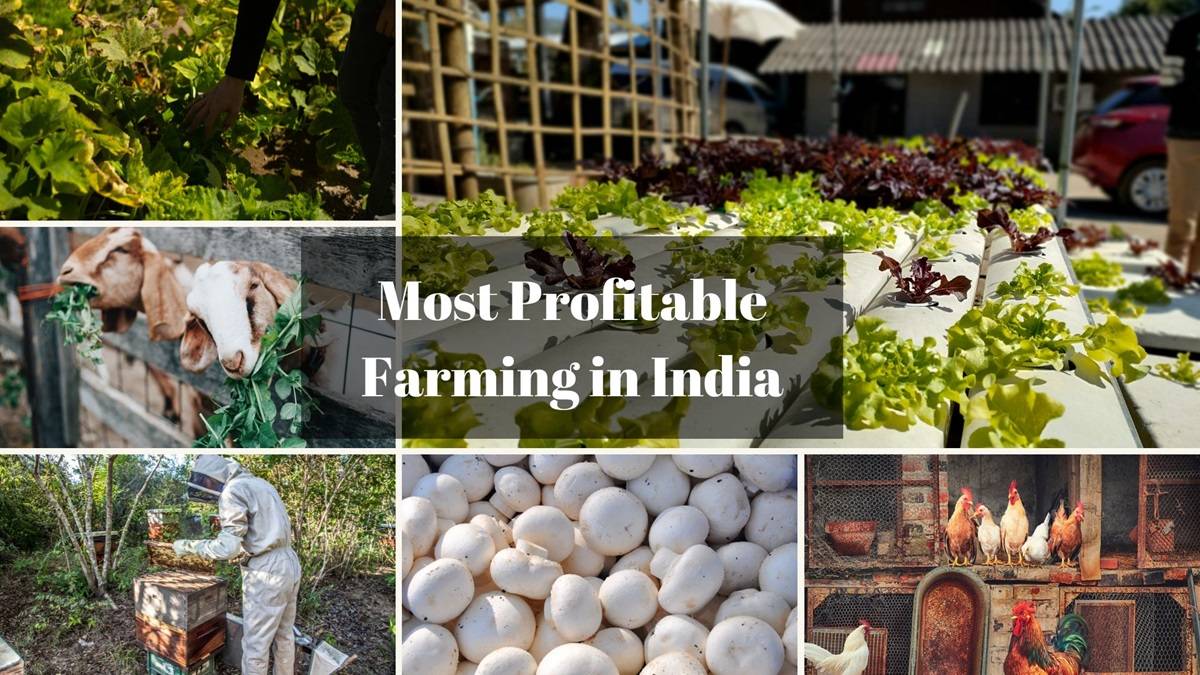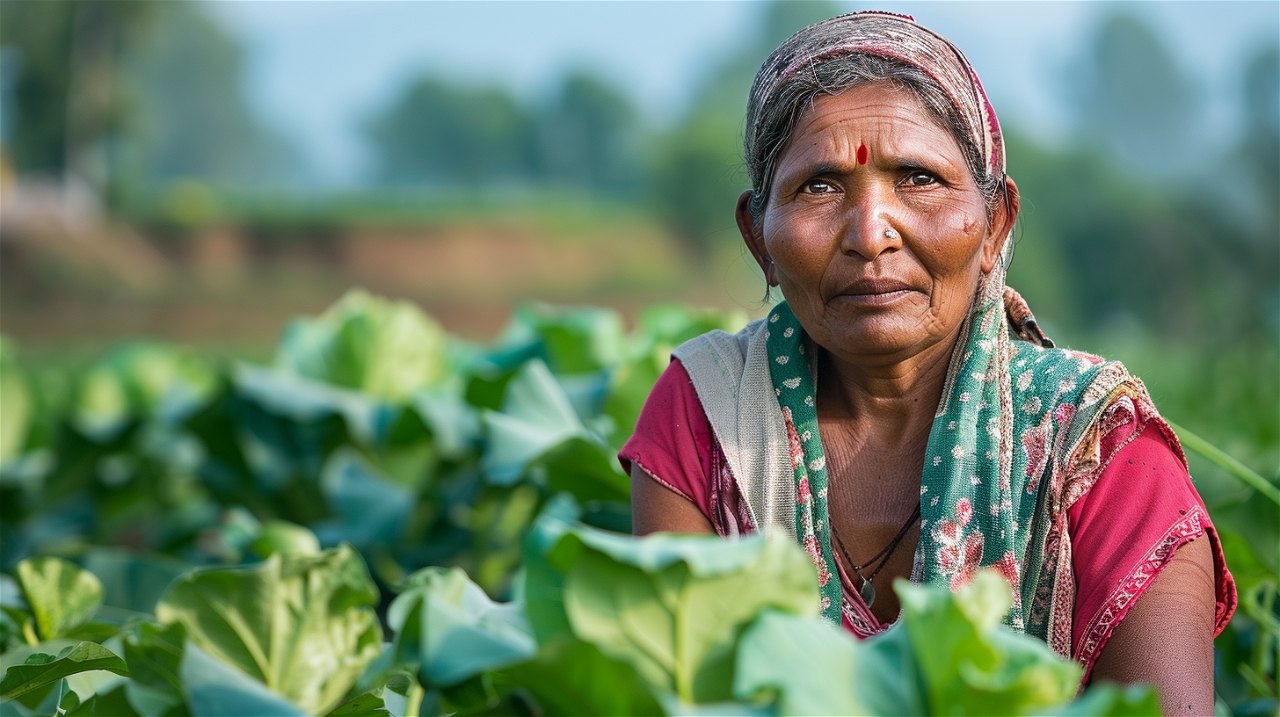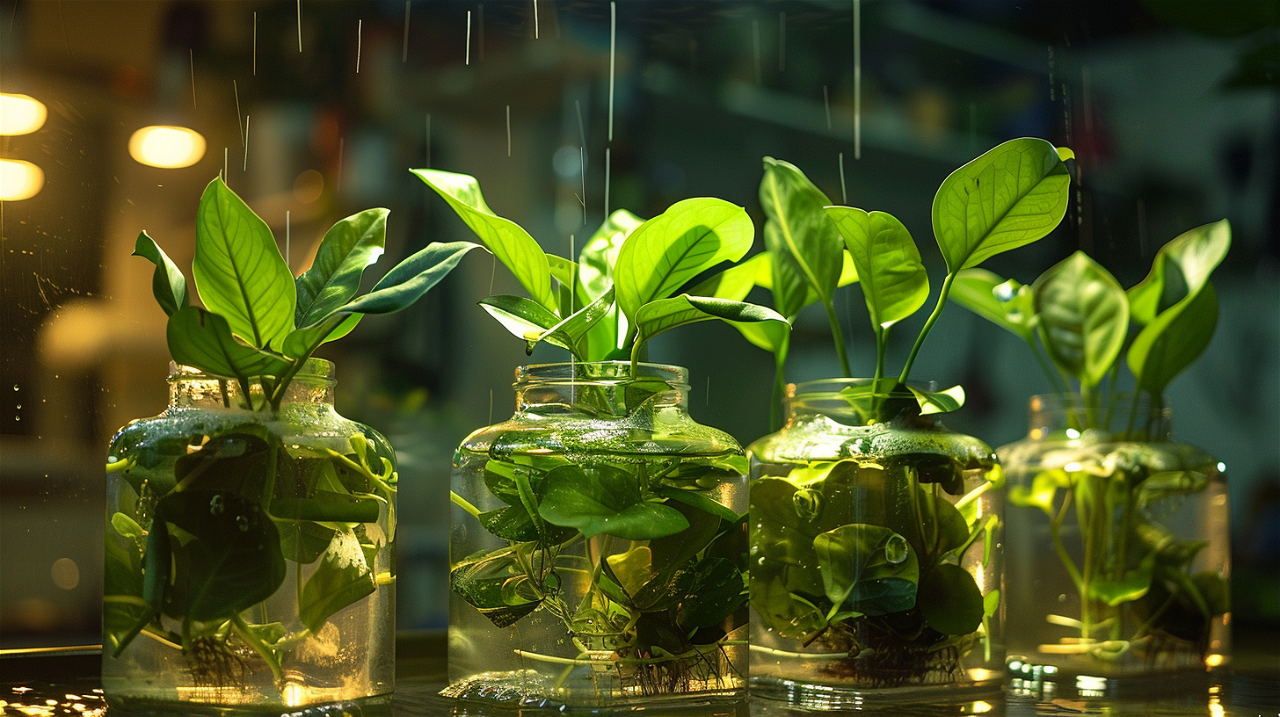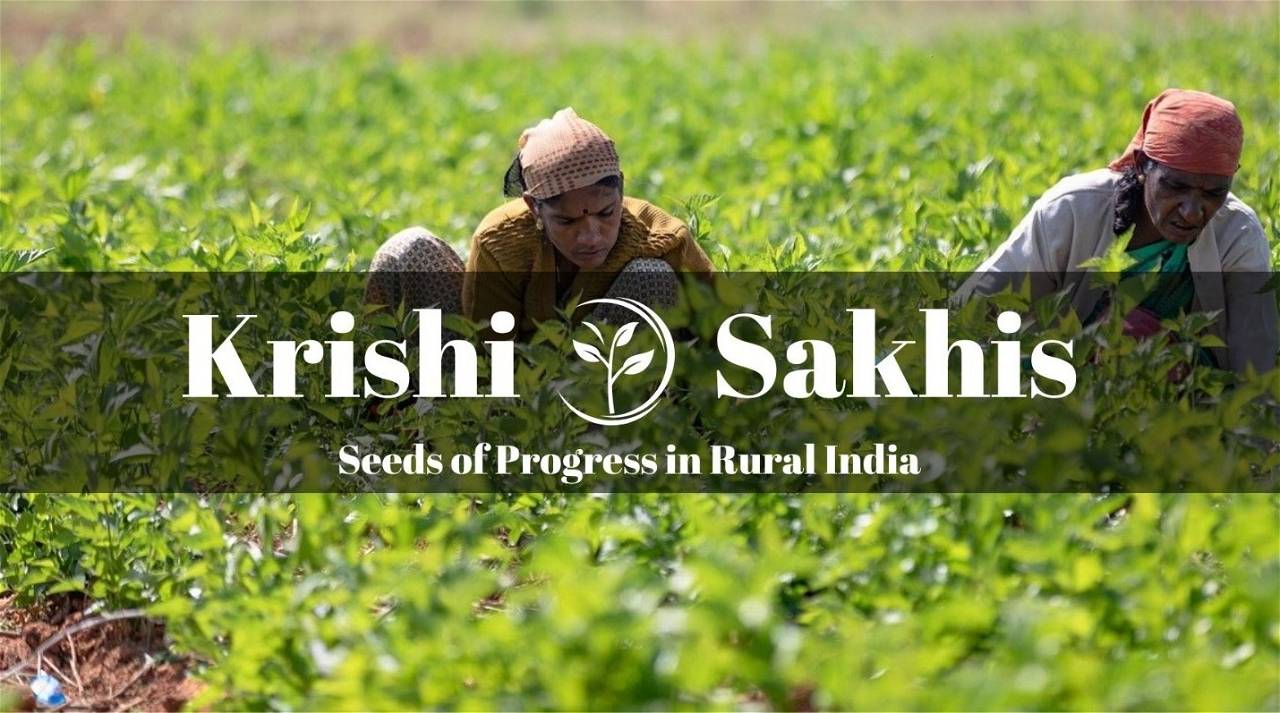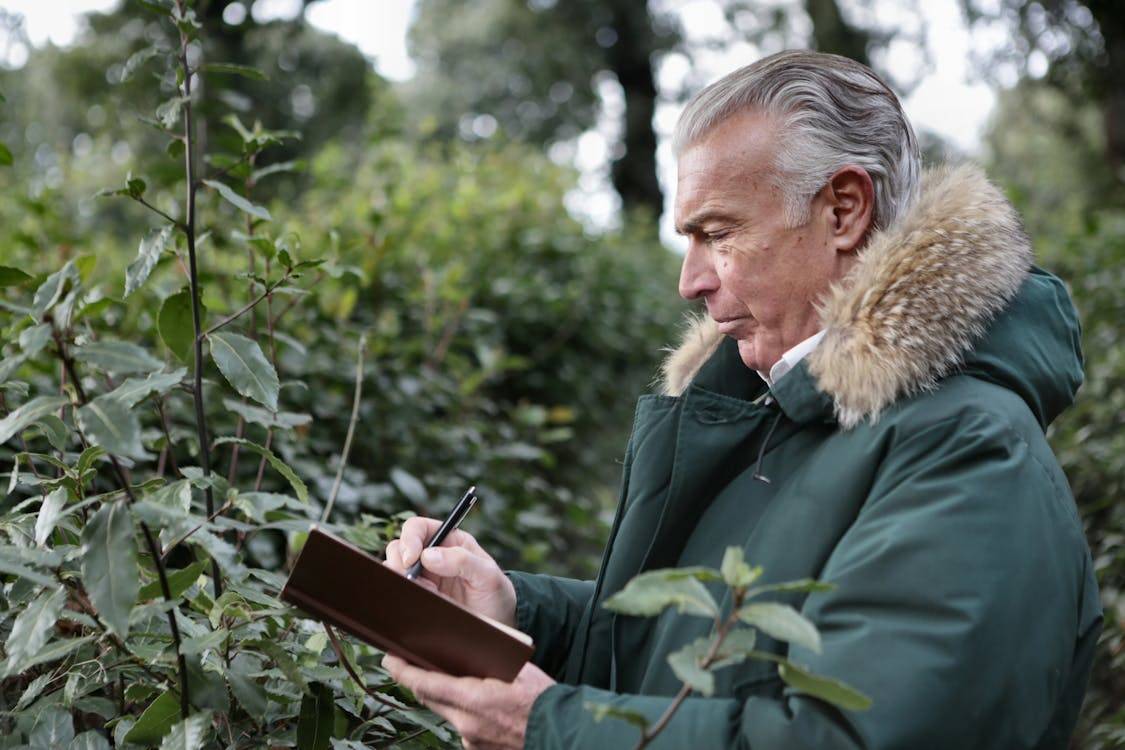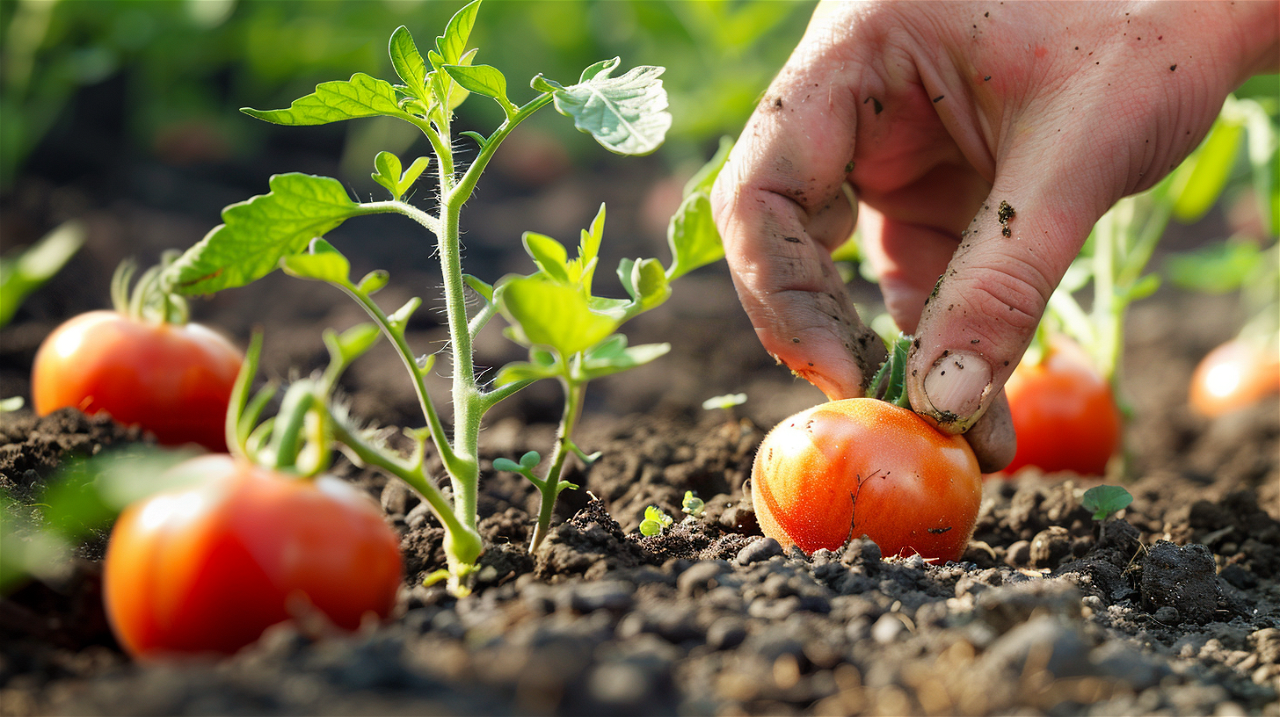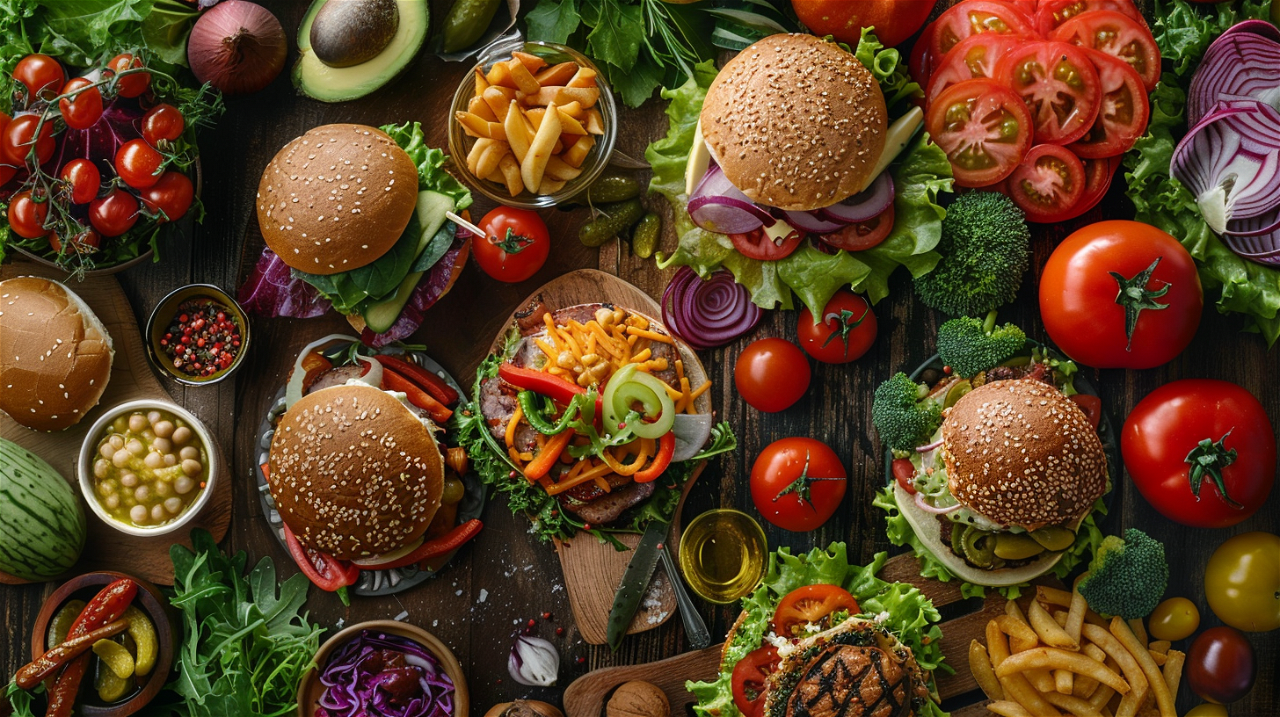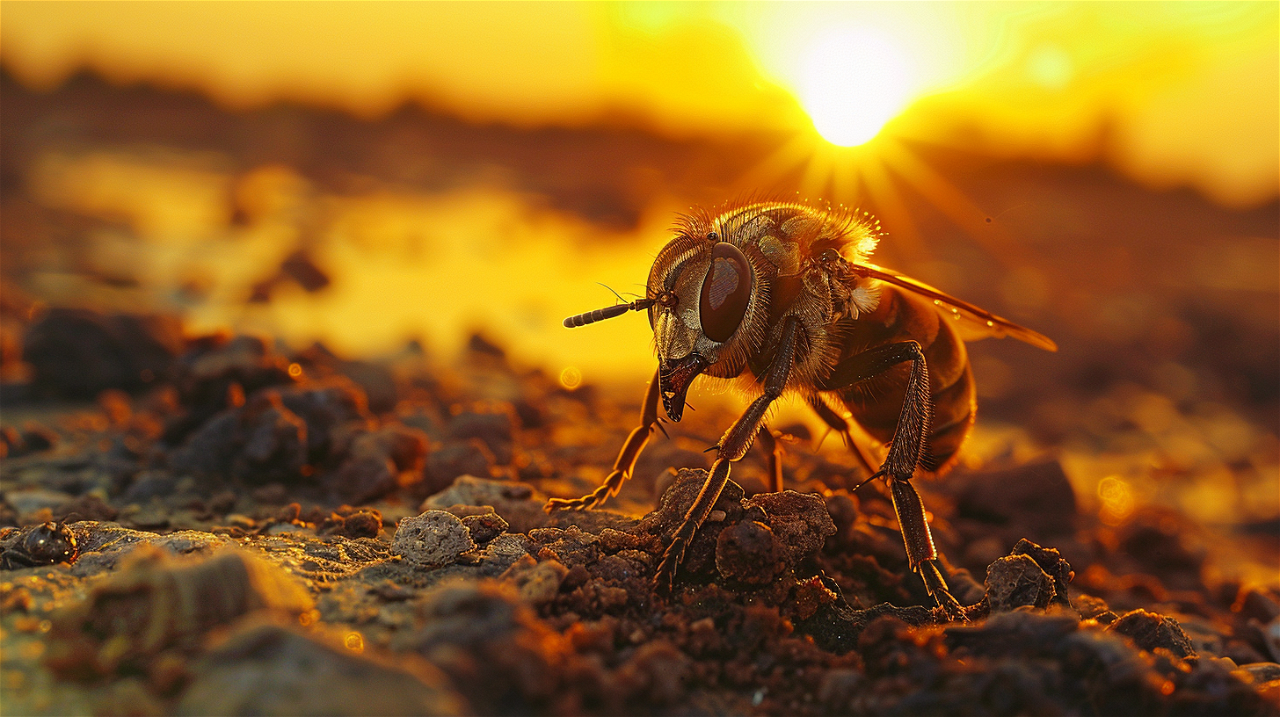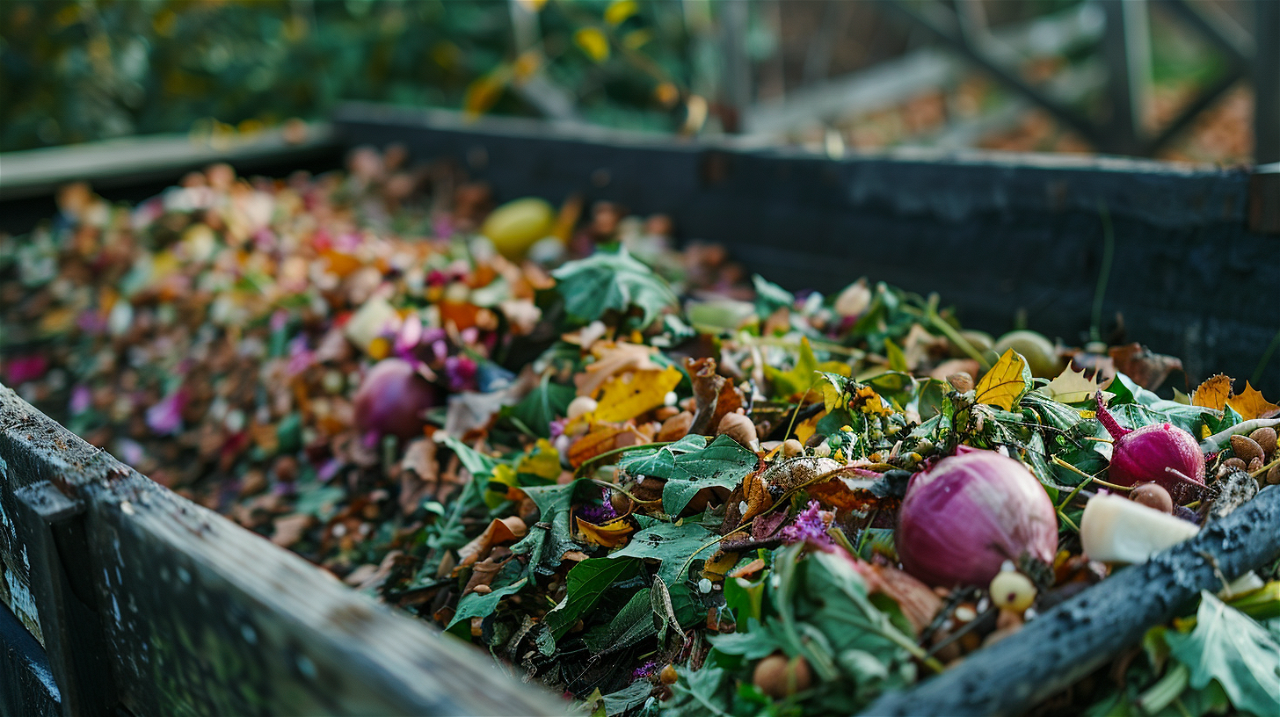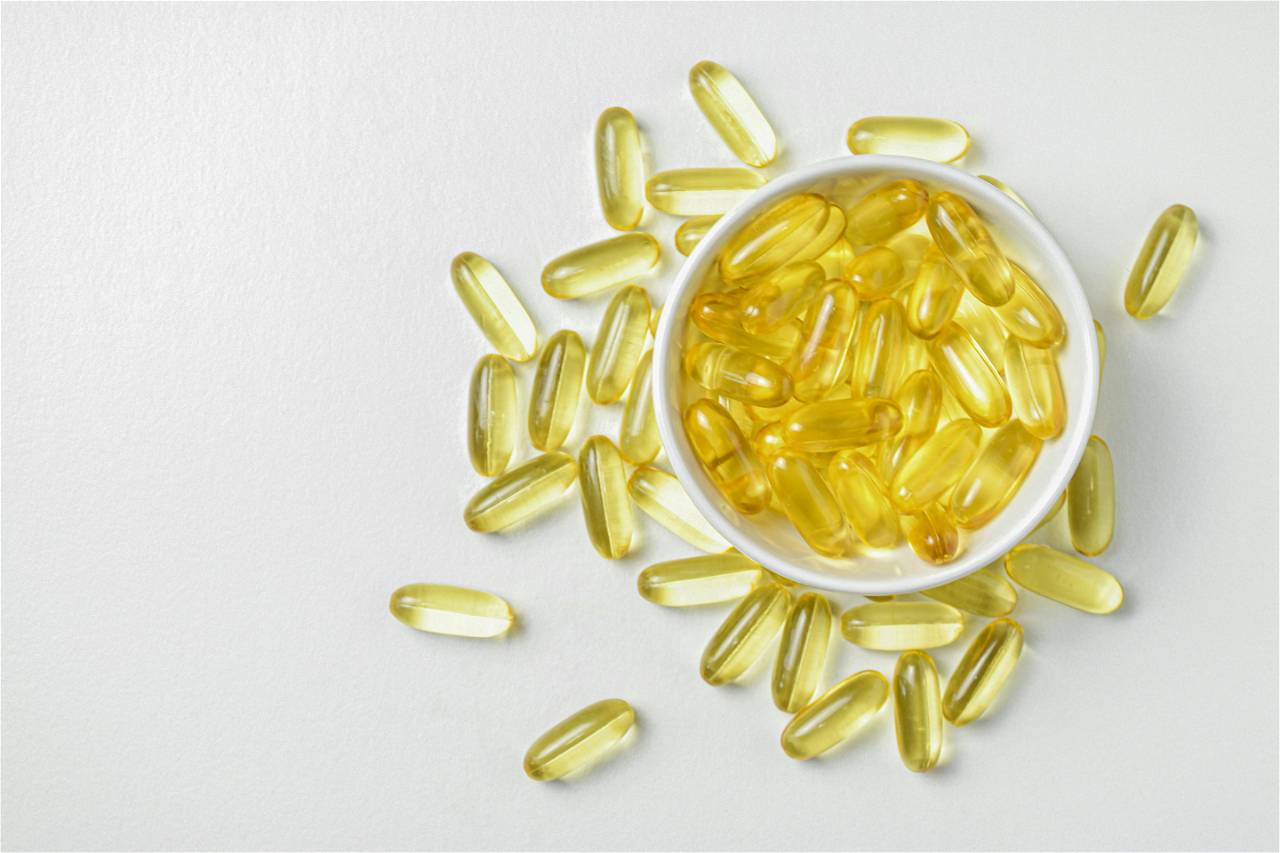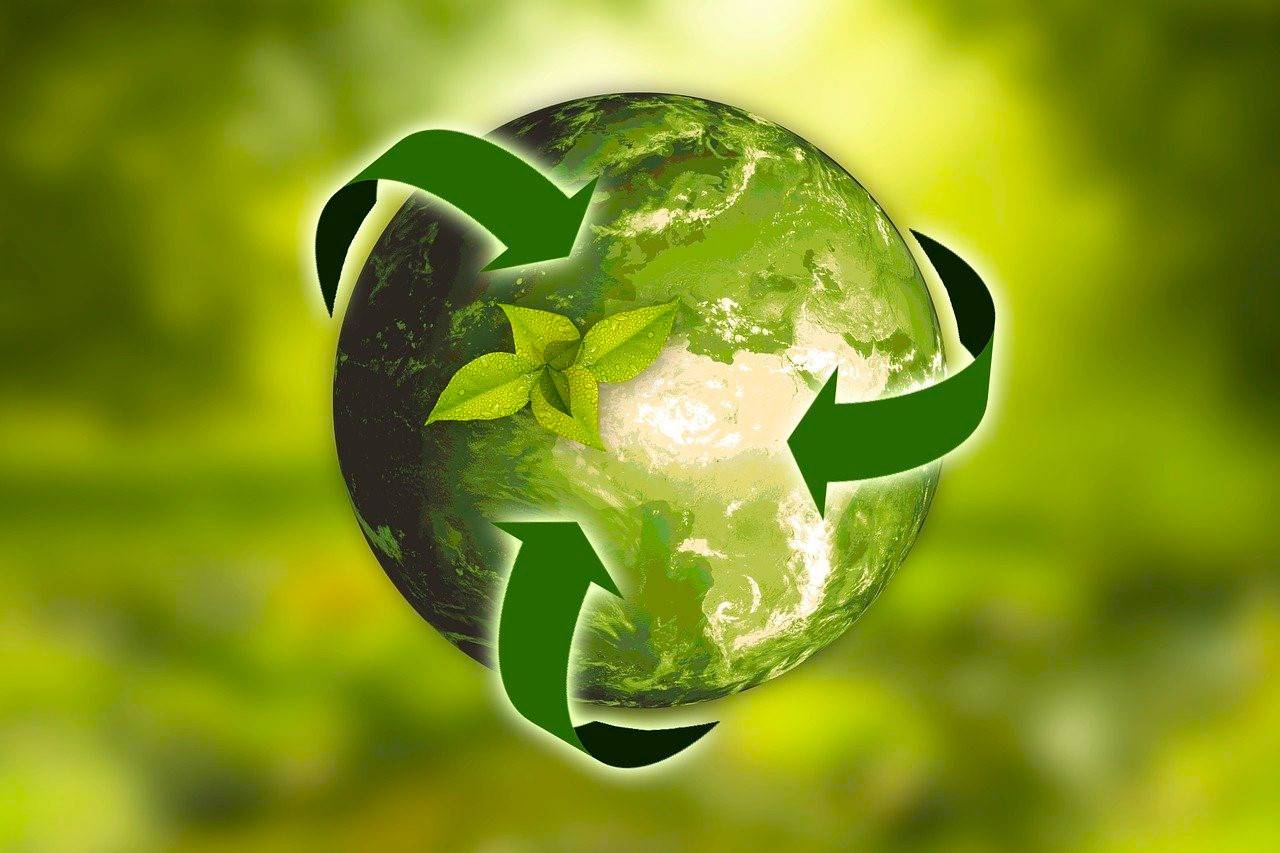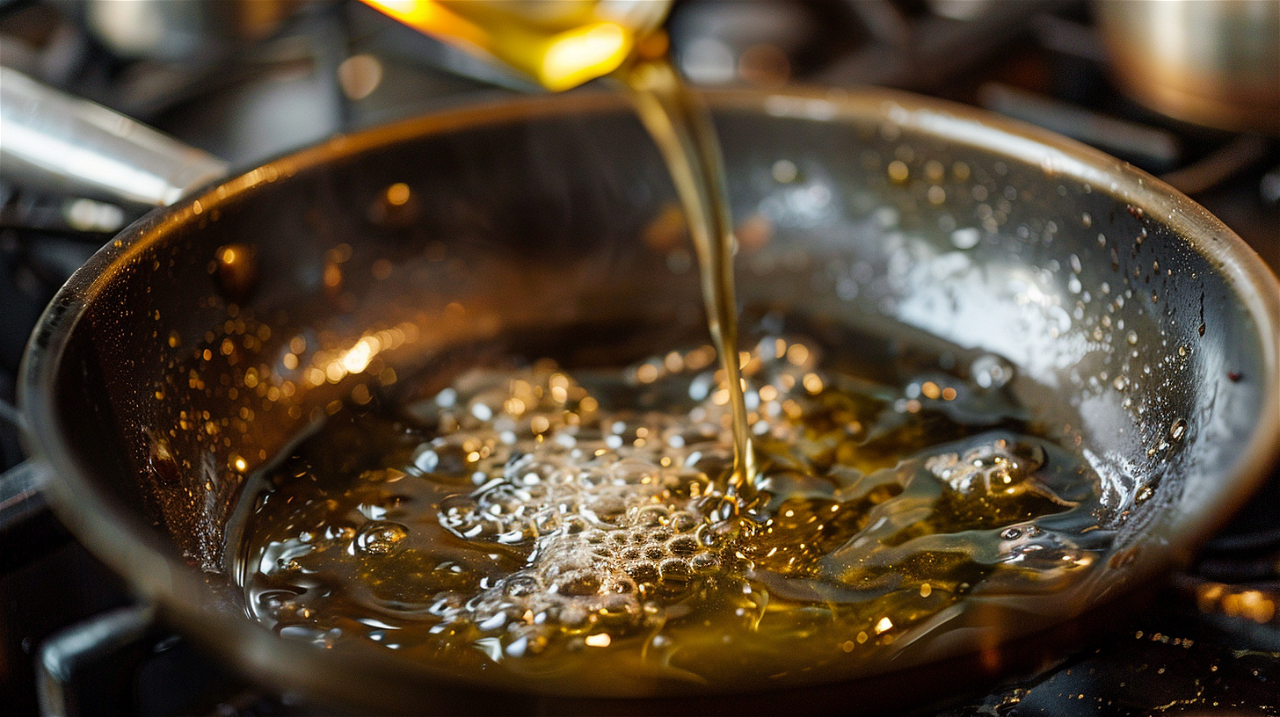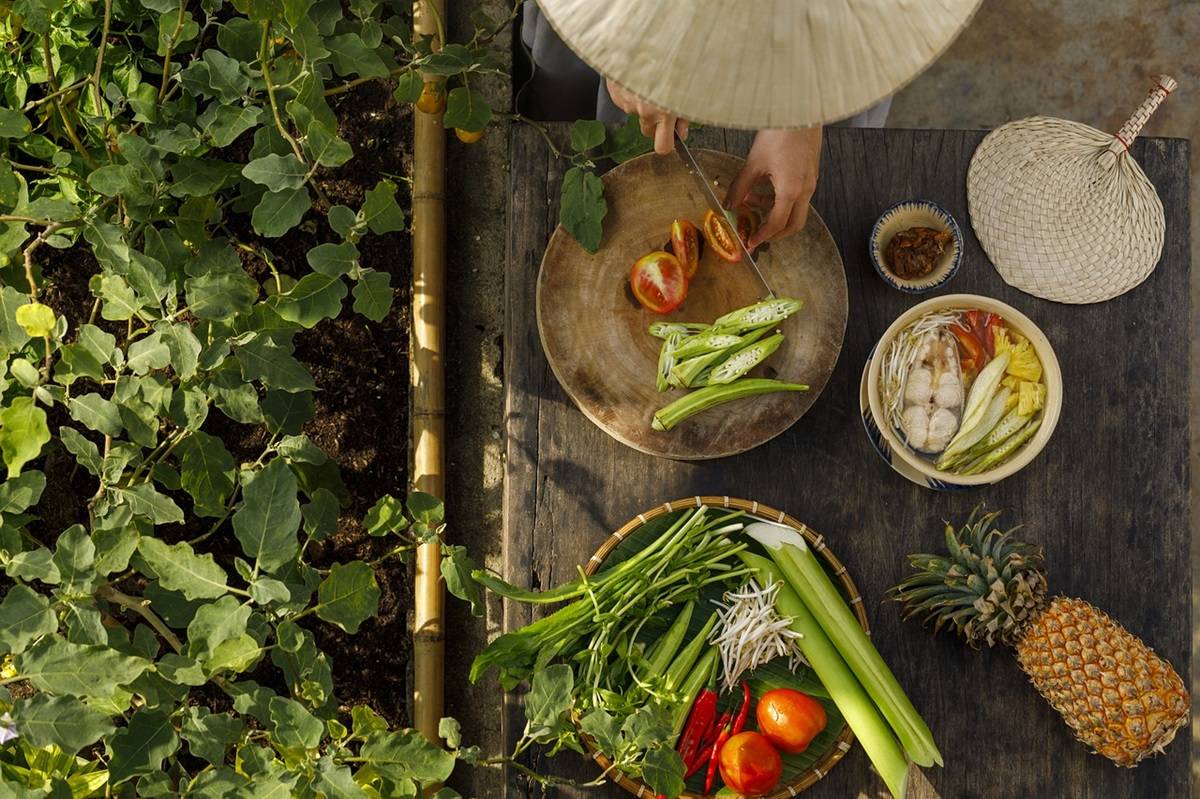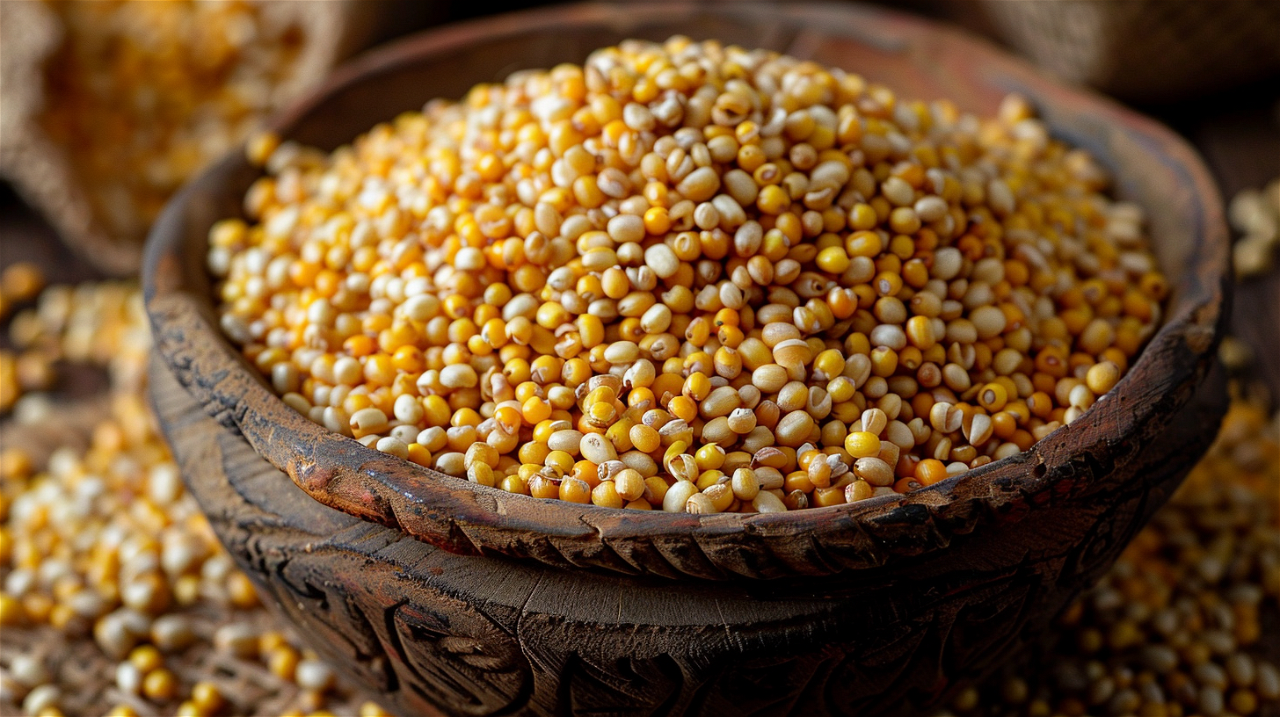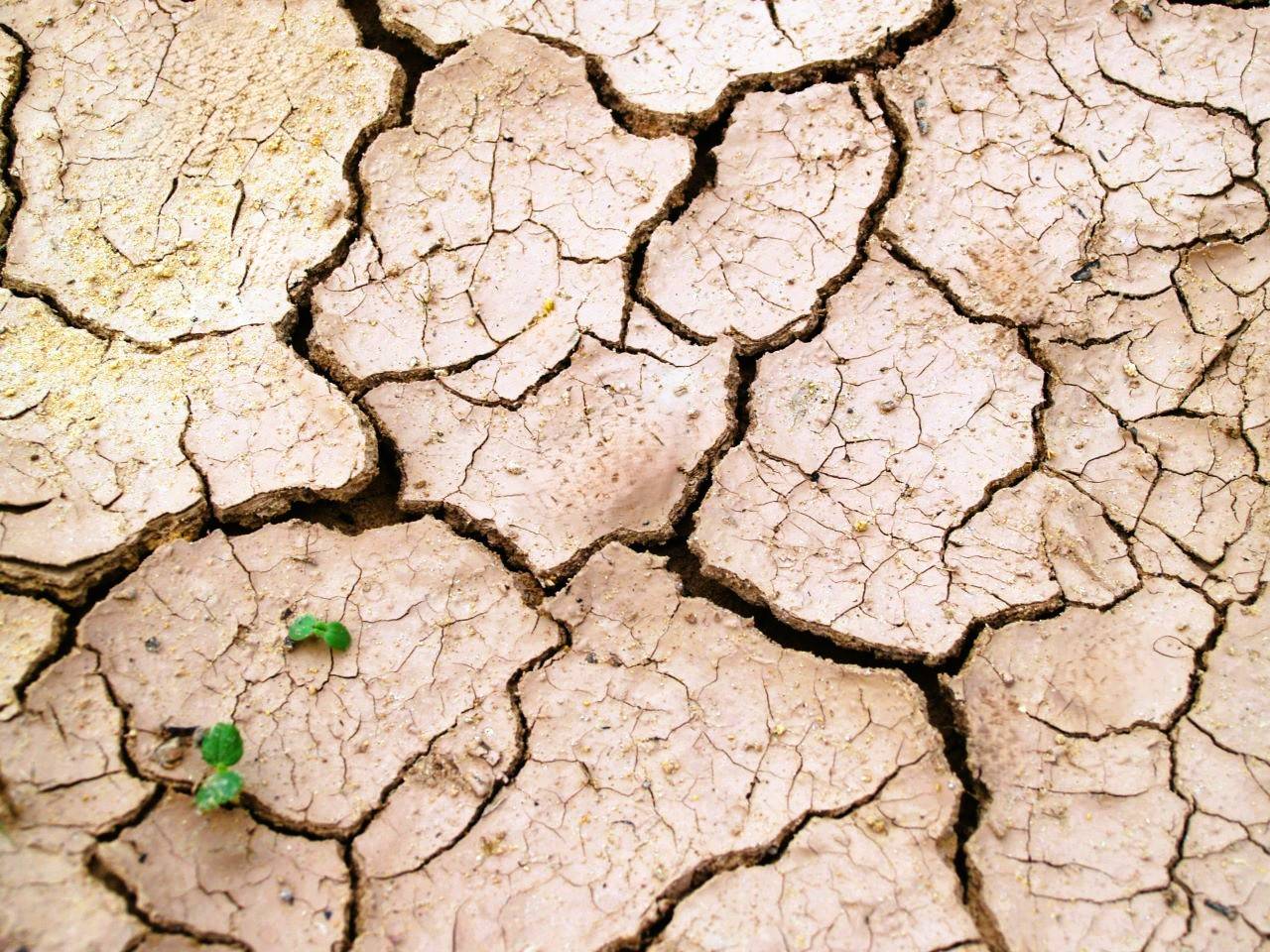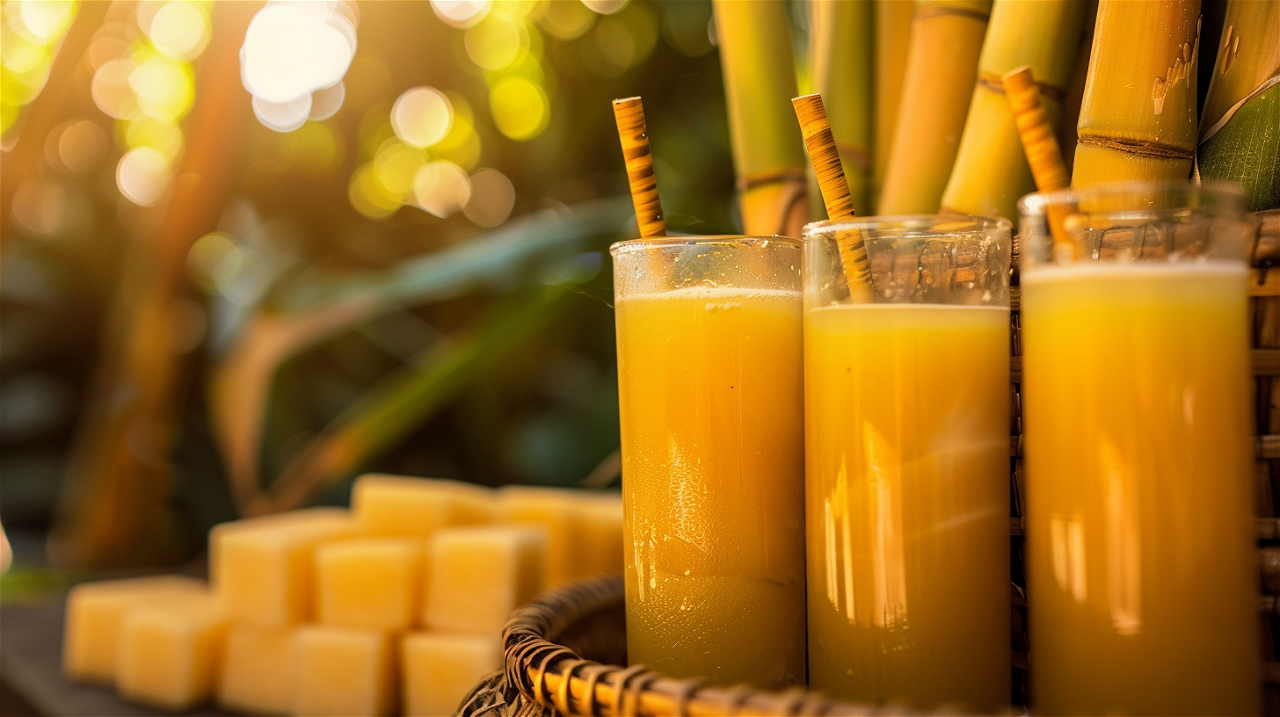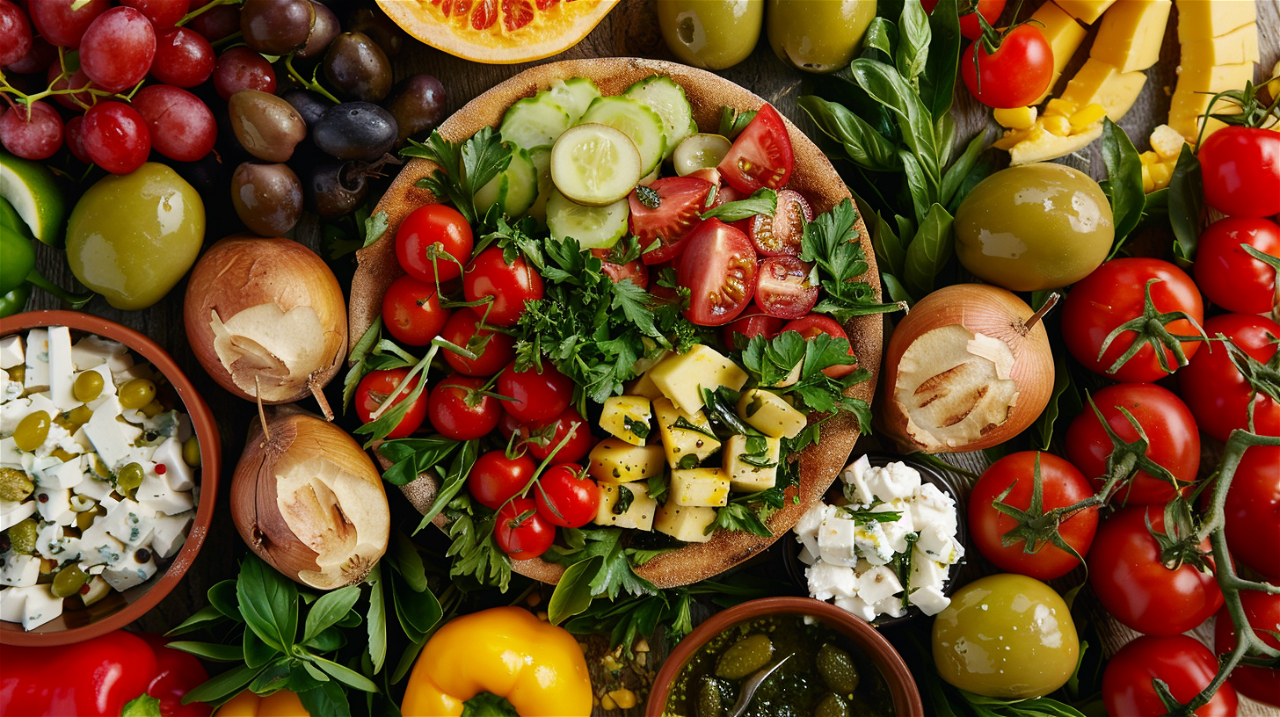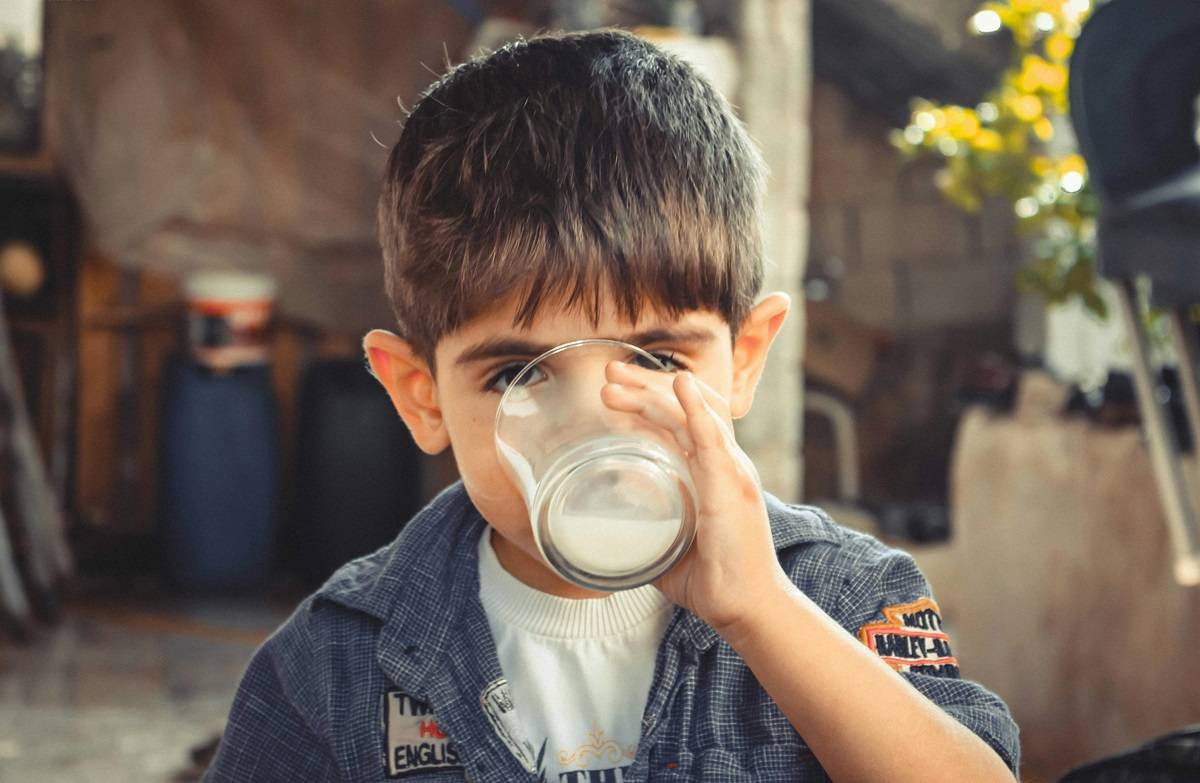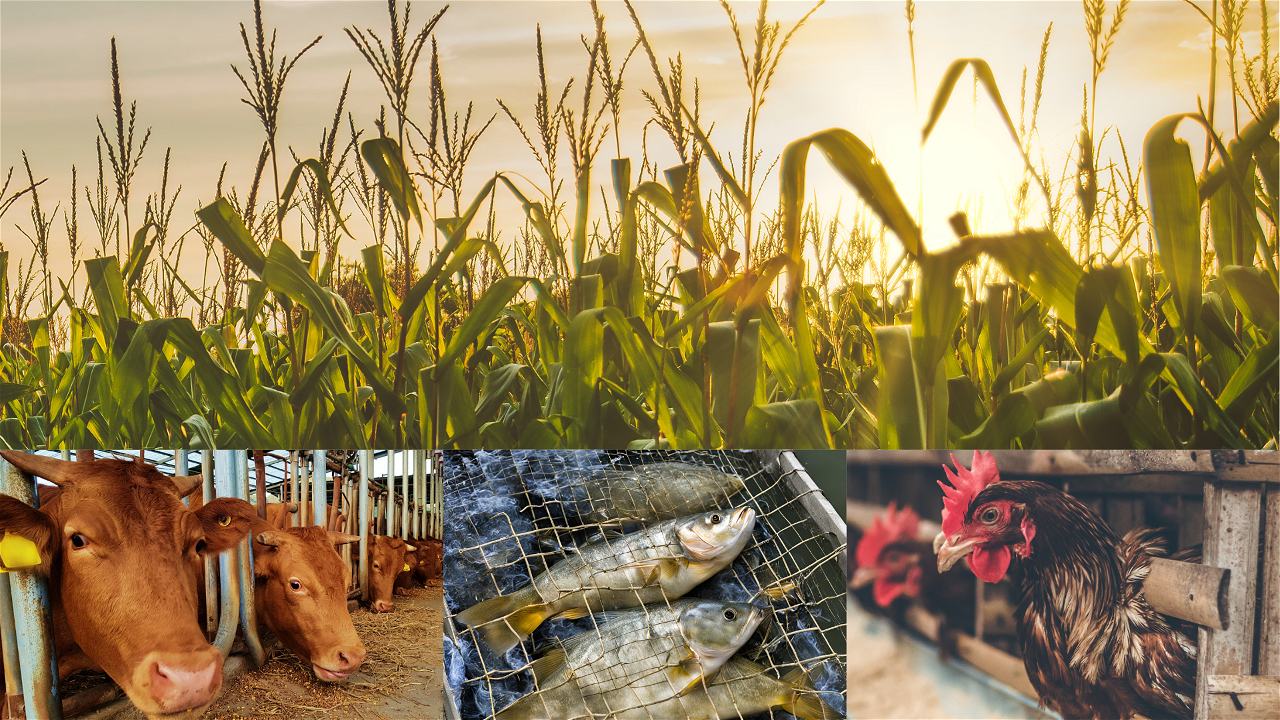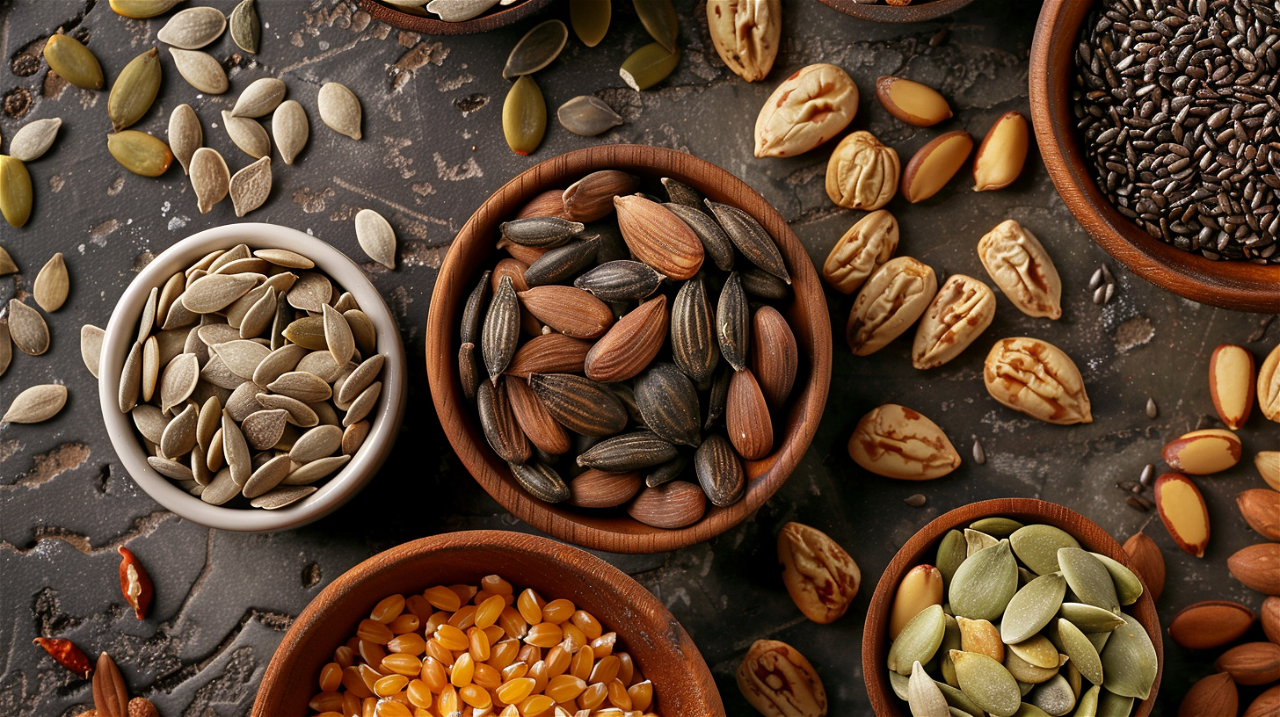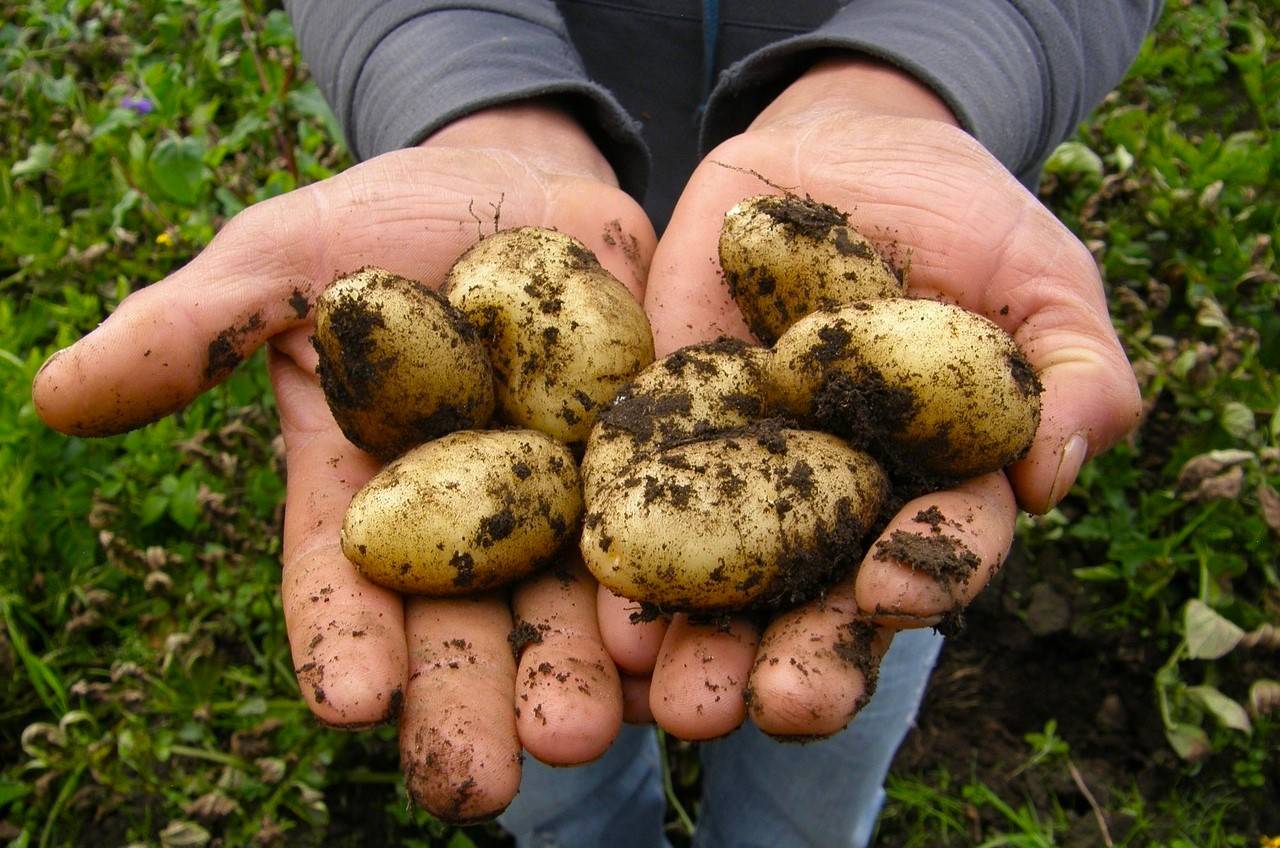
Feeding a Growing Population: A Herculean Task

Agriculture is directly proportional to population. The bigger the population, higher the requirement of food grains. The Food and Agriculture Organization (FAO) of the United Nations projects that the world's population will grow to nine billion people by 2050, and that food production will need to increase by 70 per cent between 2005-07 and 2050 to meet the growing demand. The FAO also notes that developing countries will need to nearly double their food production.
Noting that agricultural productivity will need to increase by 28 per cent over the next decade to meet the Zero Hunger target, the FAO recommends reducing food loss and waste, and limiting excess calorie and protein intake. The FAO also says that some of the world's highest rates of population growth are expected in areas that are highly dependent on agriculture and have high rates of food insecurity. In fact, agriculture in the 21st century faces multiple challenges: it has to produce more food and fibre to feed a growing population with a smaller rural labour force.
Indian Perspective
With a population of 1.3 billion, India is the world's second most vibrant country. It's the seventh largest country in the world with an area of 3.288 million sq kms. Its coastline is over 7,500 km long. India is a country where over 22 major languages and 415 dialects are spoken. With the loftiest mountain range in the world, the Himalayas to its North, the Thar desert to its West, the Gangetic delta to its East and the Deccan Plateau in the South, the country is home to vast agro-ecological diversity.
India is one the world's largest producers of milk, pulses and jute, and ranks as the second largest grower of rice, wheat, sugarcane, groundnut, vegetables, fruit and cotton. It's also one of the leading producers of spices, fish, poultry, livestock and plantation crops. Worth $2.1 trillion, India is the world's third largest economy after the US and China.
India's climate varies from humid and dry tropical in the south to temperate alpine in the northern zone and has a great diversity of ecosystems. Four out of the 34 global biodiversity hotspots and 15 WWF global 200 ecoregions fall fully or partially in India.
With only a miniscule 2.4 per cent of the world's land area, India harbors around eight per cent of all recorded species, including over 45,000 plant and 91,000 animal species. Agriculture accounted for 23 per cent of GDP, and employed 59 per cent of the country's total workforce in 2016.
The story of ‘Atma Nirbhar Bharat’ in food began almost five decades ago. In 1950-51, India was suffering from bouts of food shortage triggered by occasional droughts and famines, forcing it to import food grains. A rapidly growing population was mounting pressure on agriculture, with food production and productivity unable to keep pace. Even at this difficult point, the agriculture sector was contributing 50 per cent of the GDP, showing how dependent our economy was on agriculture.
The credit goes to the Green Revolution that began in the 1960s enabling the nation to make great strides in domestic food production and significantly contributing to progress in agriculture and allied sectors. The thrust areas of the movement were: (a) farm mechanization by substituting the use of cattle with modern tractors and other machinery to increase productivity, (b) use of hybrid varieties of seeds for better yield, and (c) using the new dams constructed post-independence for better irrigation. The result was that it transformed India from a food-deficit nation to a food-surplus country.
India has become self-reliant in the production of food grains in the last several decades. It is indeed a mammoth achievement for our agriculture sector as well as the overall economy. India is today the world’s largest sugar-producing country and holds the second rank in rice production only after China. Besides, India is the second largest producer of wheat with a share of around 14.14 per cent of the world’s total production in 2020. India is also on its way to become self-reliant in pulse production.
Thus, agriculture continues to be the prime pulse of the Indian economy and is at the core of the country’s socio-economic development. It accounts for around 19 per cent of the GDP and about two-thirds of the population is dependent on the sector. In fact, the growth of other sectors and the overall economy hinges on the performance of agriculture to a considerable extent through its backward and forward linkages. It is not only a source of livelihood and food security for a large population of India, but also has a special significance for low-income, poor and vulnerable sections.
It is pertinent to mention that farmers in India grew record food grains during the deadliest pandemic of the century while the whole world was struggling under the impact of COVID-19. To assist farmers during the lockdown, more than 2,067 agriculture markets were made functional. ‘Kisan Rath’ application was launched in April 2020 to facilitate farmers and traders in transporting Agriculture/Horticulture produce. Besides, to build the confidence of the farmers, the Government of India has been declaring from time to time the Minimum Support Price (MSP) for Kharif and Rabi crops before sowing seasons, thereby providing remunerative prices to farmers.
According to the third advance estimates of production for the year 2023-24 released by the Union Ministry of Agriculture in June this year, India’s food grain production is 328.8 million tonnes for the 2023-24 (July-June) crop year, compared to its February estimates of 309mt. However, the revised estimate is 0.3 per cent less than the previous season’s 330mt approximately.
According to government estimates, wheat production could be 112.9 mt compared to last year’s 110.5 mt. Rice output has been pegged at 136.7 mt, a bit lower than the previous year’s 135.7 mt. Production of ‘Shree Anna’ (millets) is estimated at 174.08 LMT showing a marginal increase of 0.87 LMT from 2022-23 production. Production of Nutri/Coarse Cereals is estimated at 547.34 LMT, which is higher by 46.24 LMT from average Nutri/Coarse Cereals production, while the production of Soybean is estimated at 130.54 LMT and production of Rapeseed & Mustard is estimated at 131.61 LMT, which is higher by 5.18 LMT compared to last year’s production figure.
Meanwhile, area sown to paddy, the main kharif crop, has increased by 19.35 per cent to 59.99 lakh hectare so far in the ongoing 2024-25 kharif season, while there was a significant rise in coverage of 'arhar' and 'urad'. Releasing latest data, the agriculture ministry said the overall area sown to all kharif crops stood 14 per cent higher at 378.72 lakh hectare, against 331.90 lakh hectare during the same period last year.
Sowing of paddy starts with the onset of southwest monsoon in June while harvesting begins in September. In the year-ago period, area under paddy cultivation was 50.26 lakh hectare. Besides, the area sown to pulses also rose to 36.81 lakh hectare till July 8 during the ongoing season - up from 23.78 lakh hectare in the same period last year, the statistics disclosed by the ministry showed. These figures reflect that India is self-sufficient in food grains to feed its 1.3 billion mouths.
Related News

Teej Festival 2025: Celebrating Divine Love, Womanhood, and Sacred Traditions Across India and Nepal

































































































































